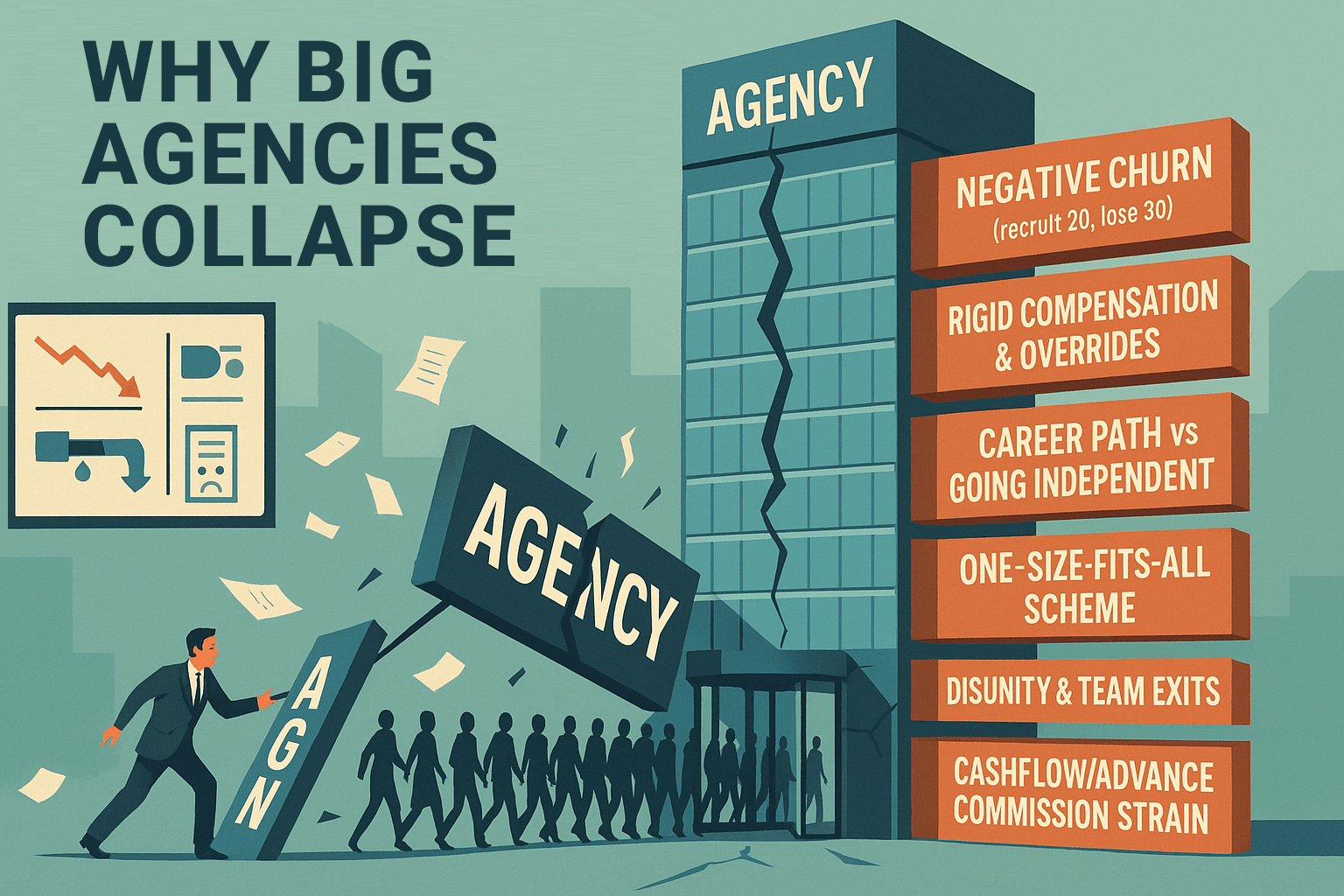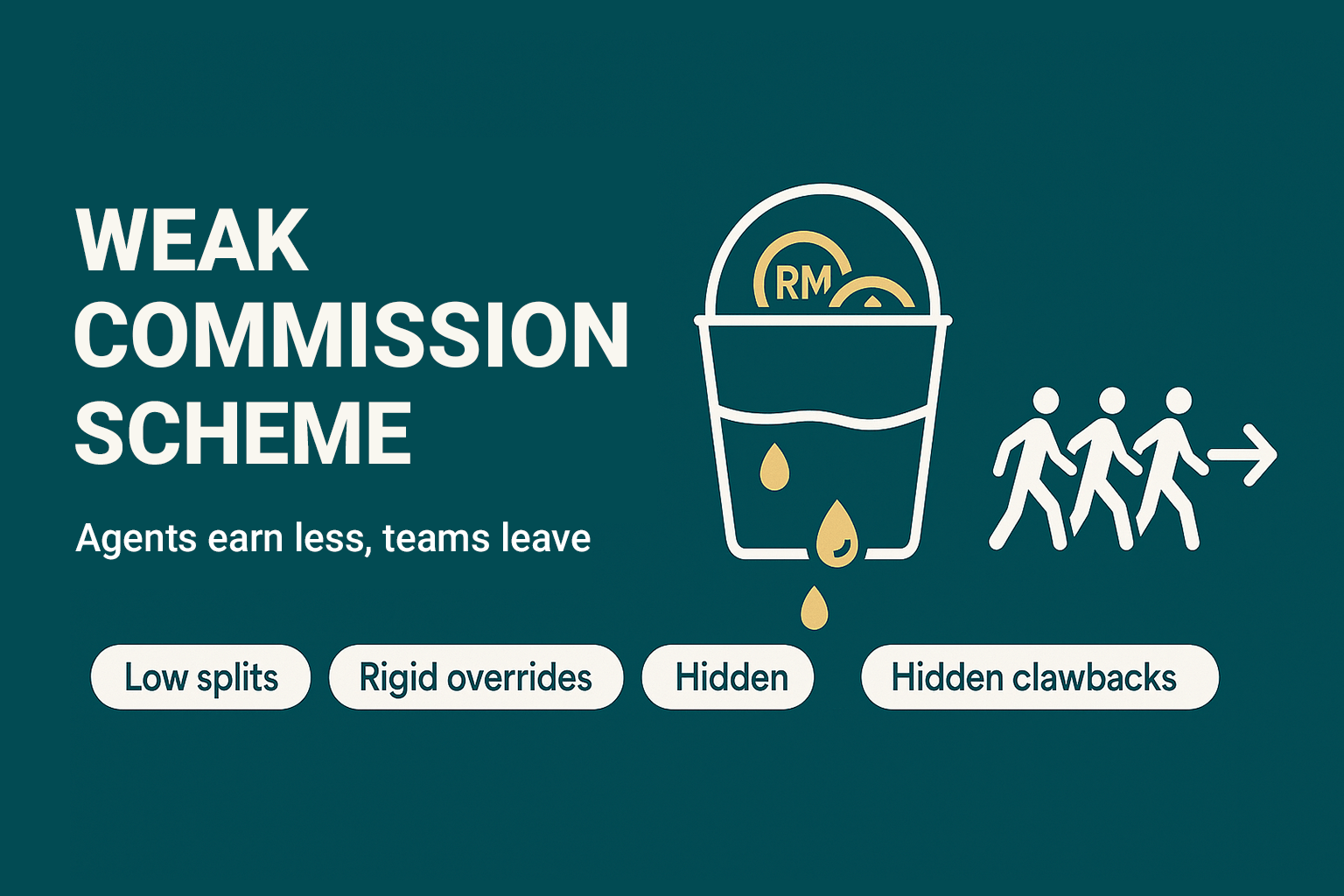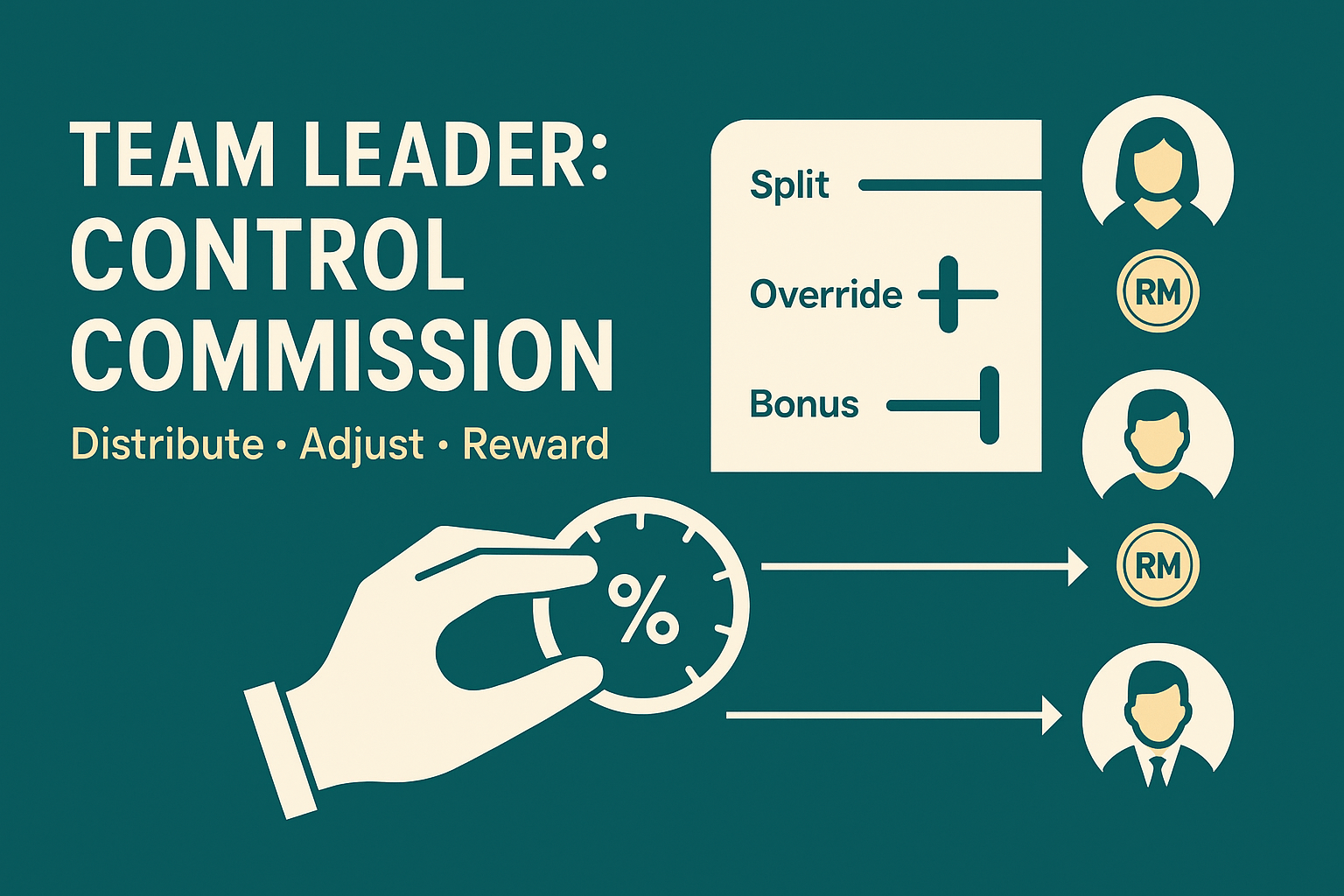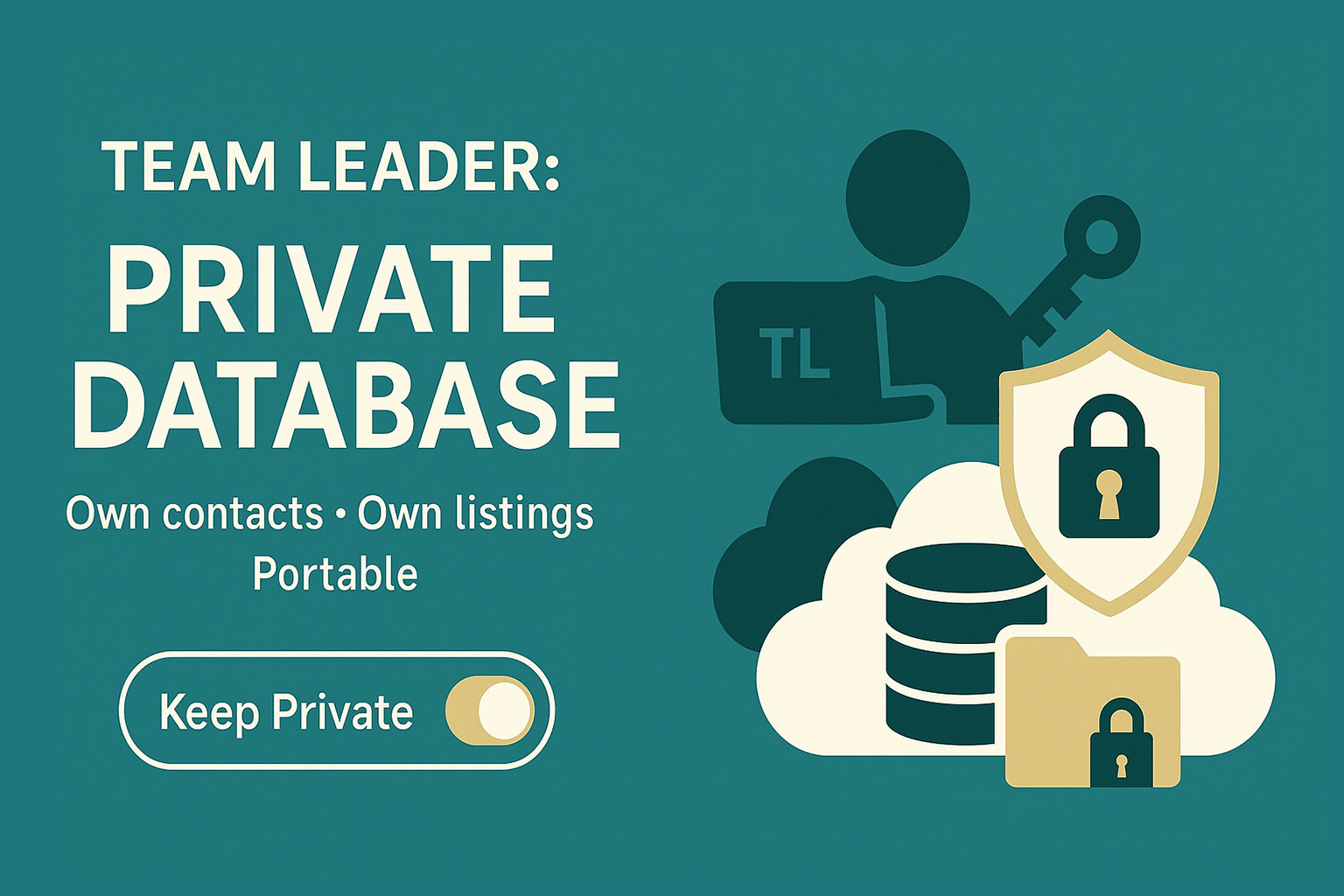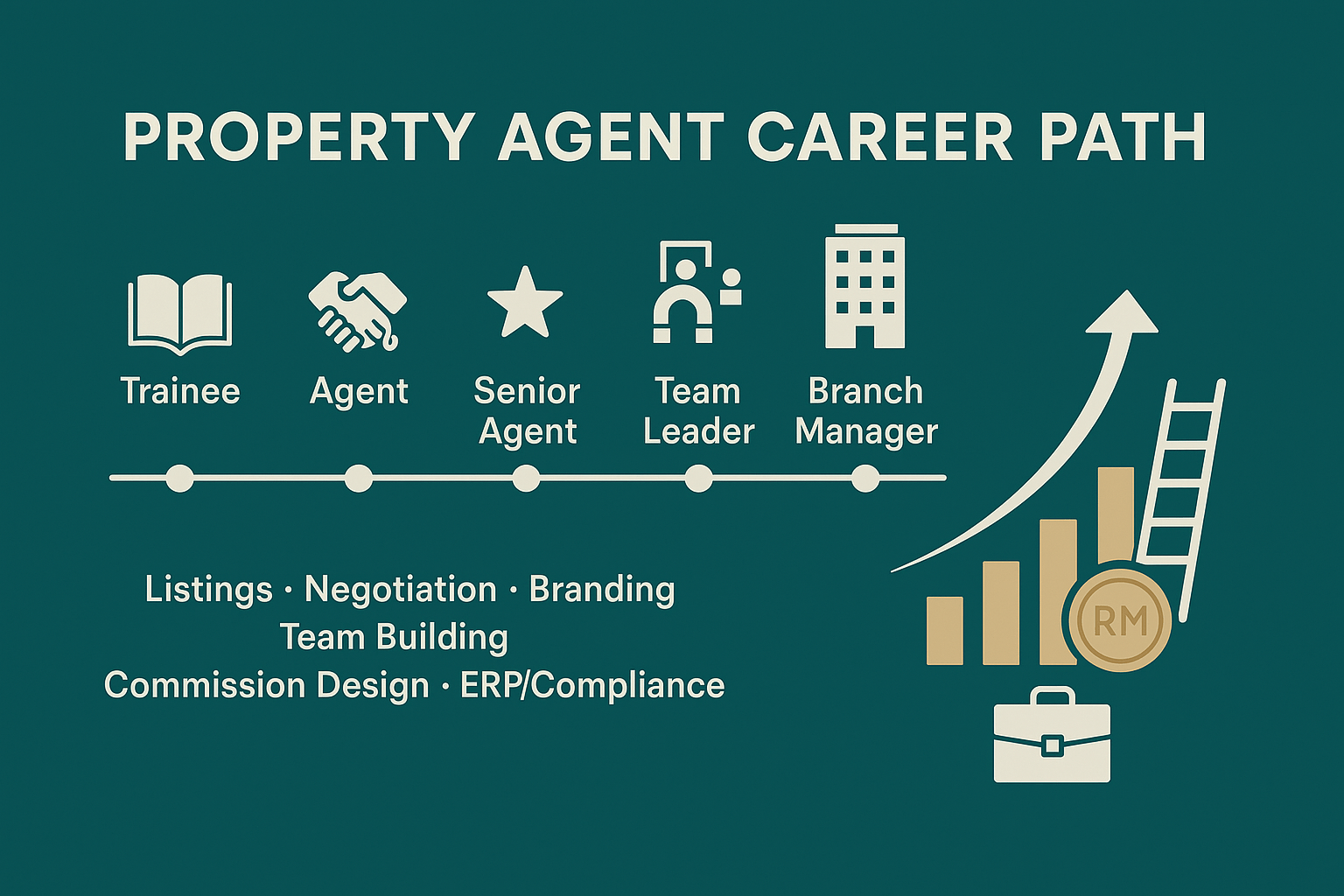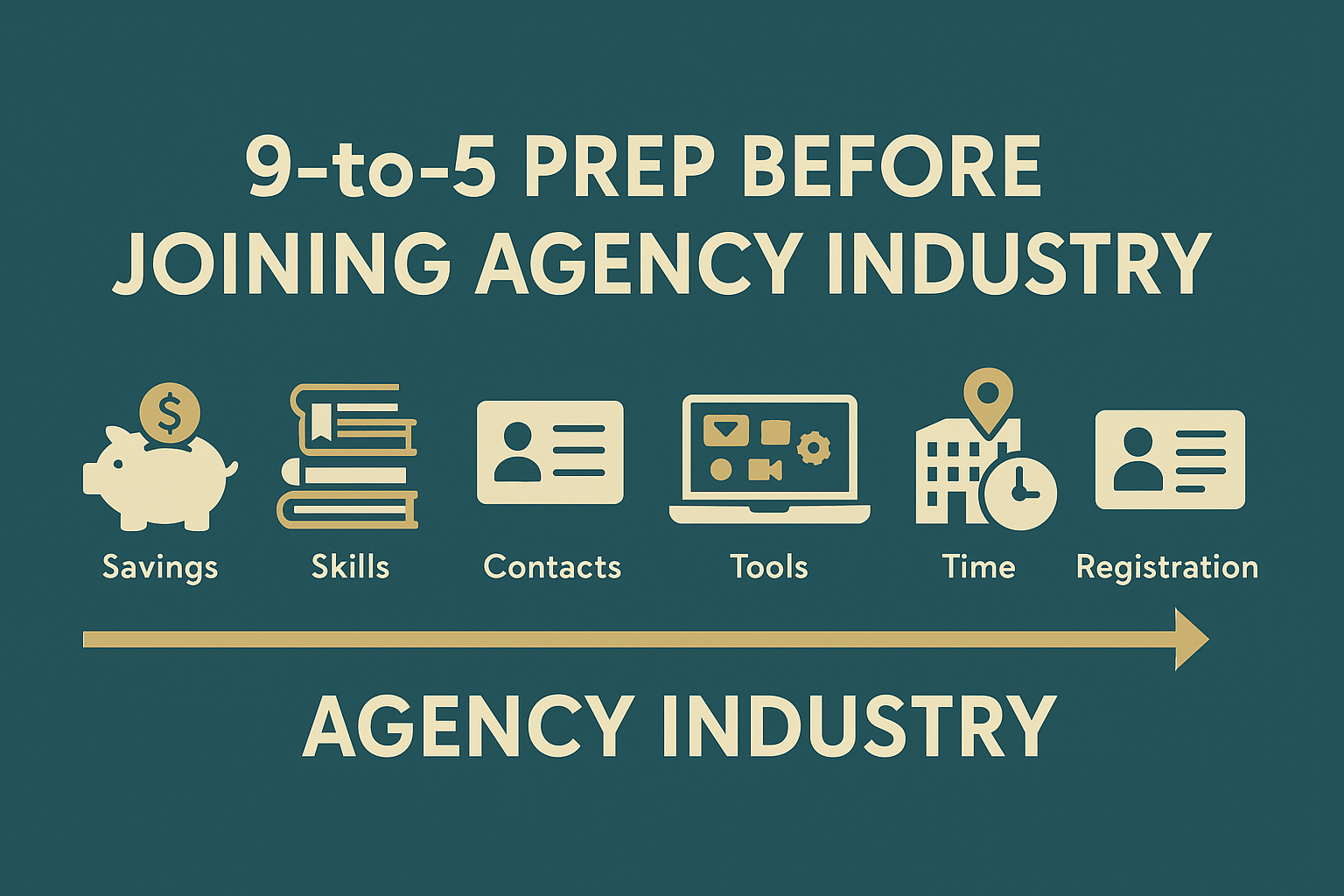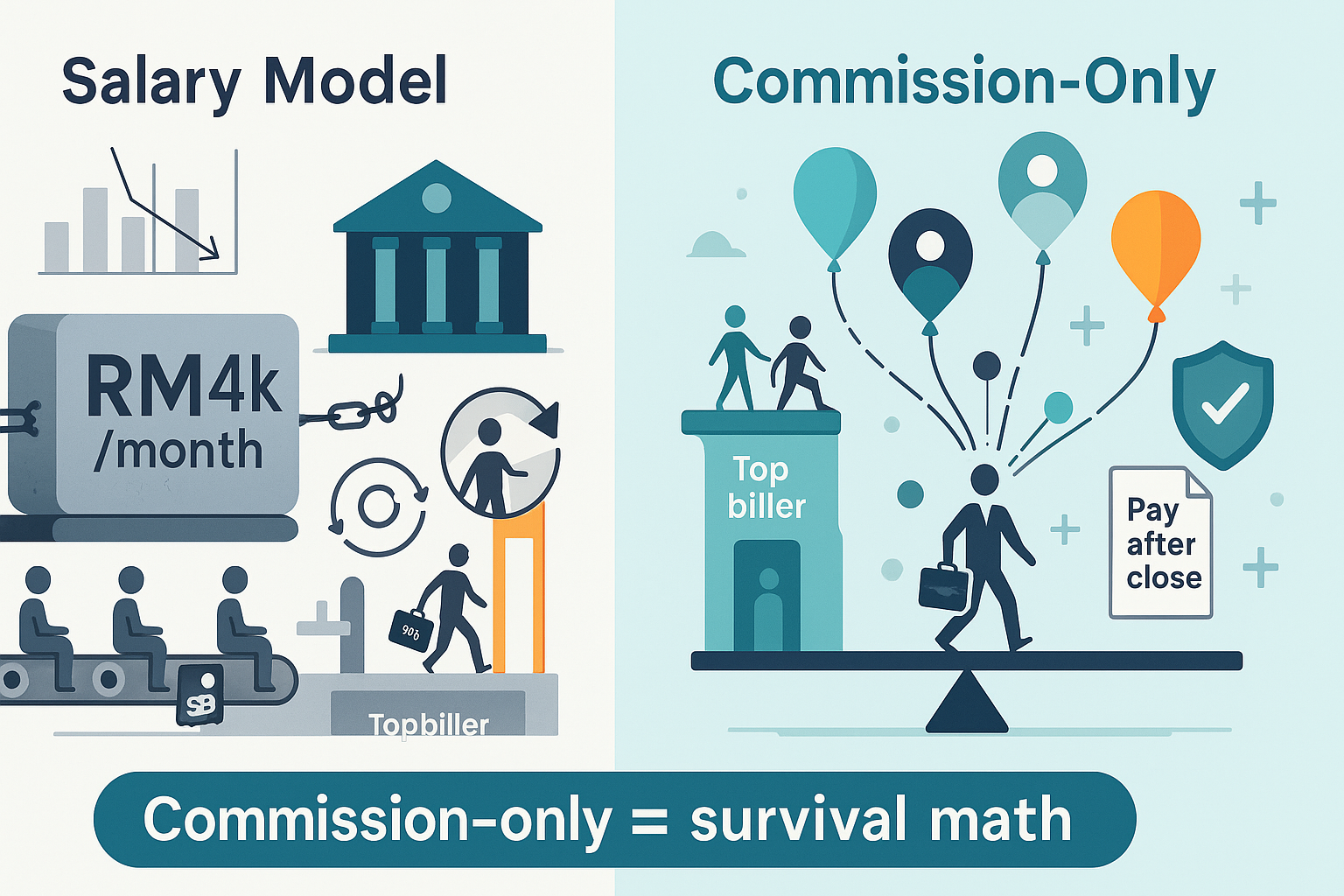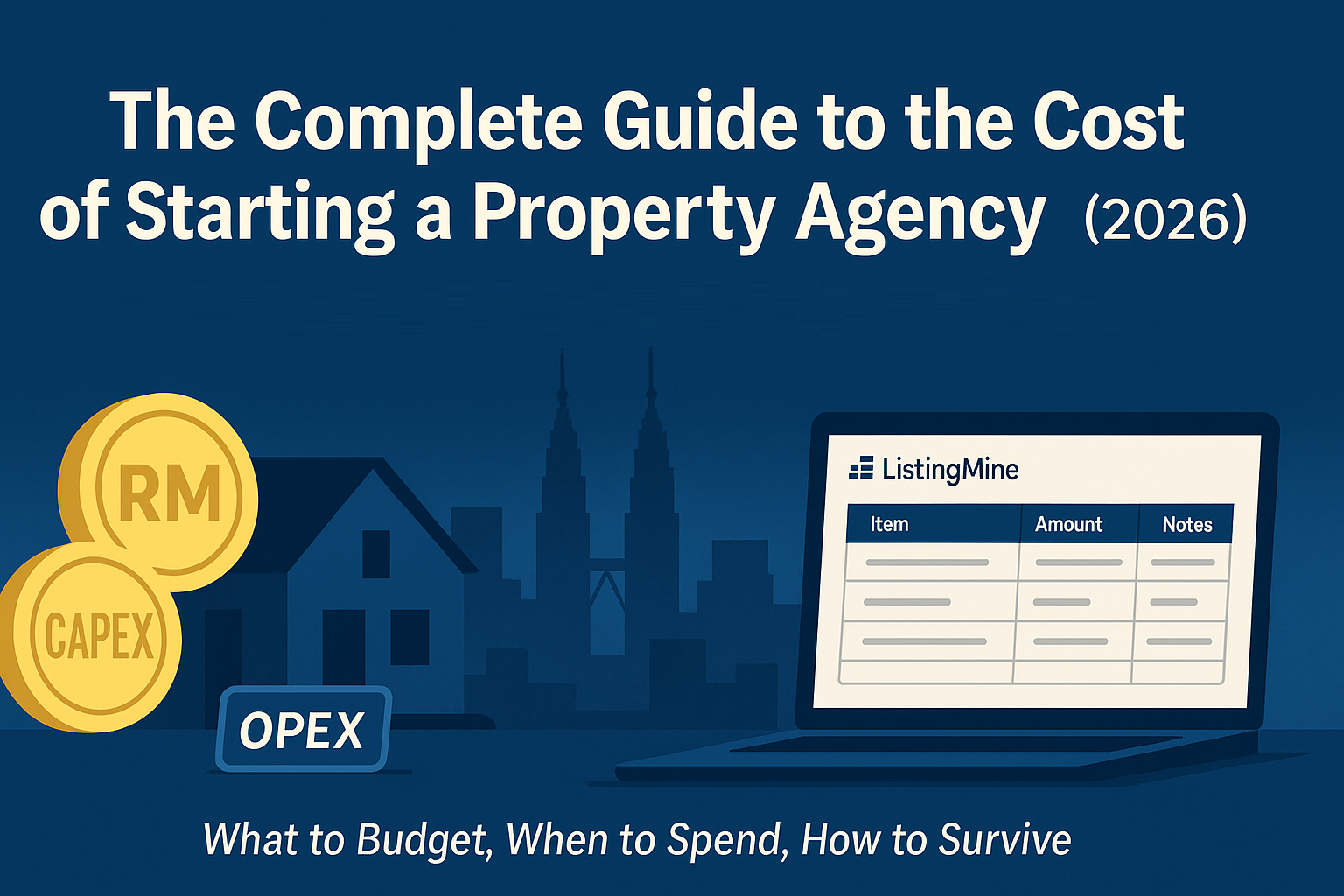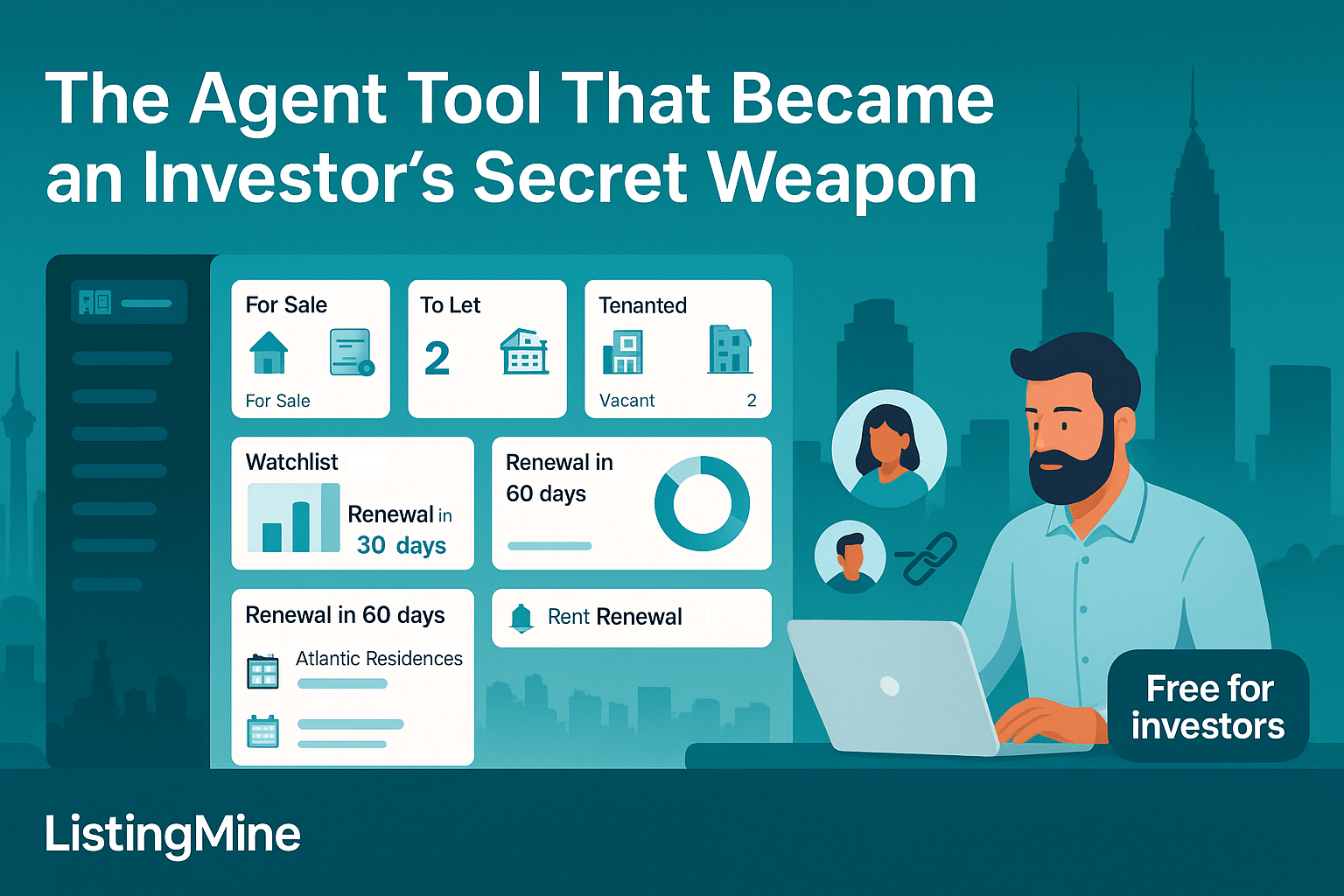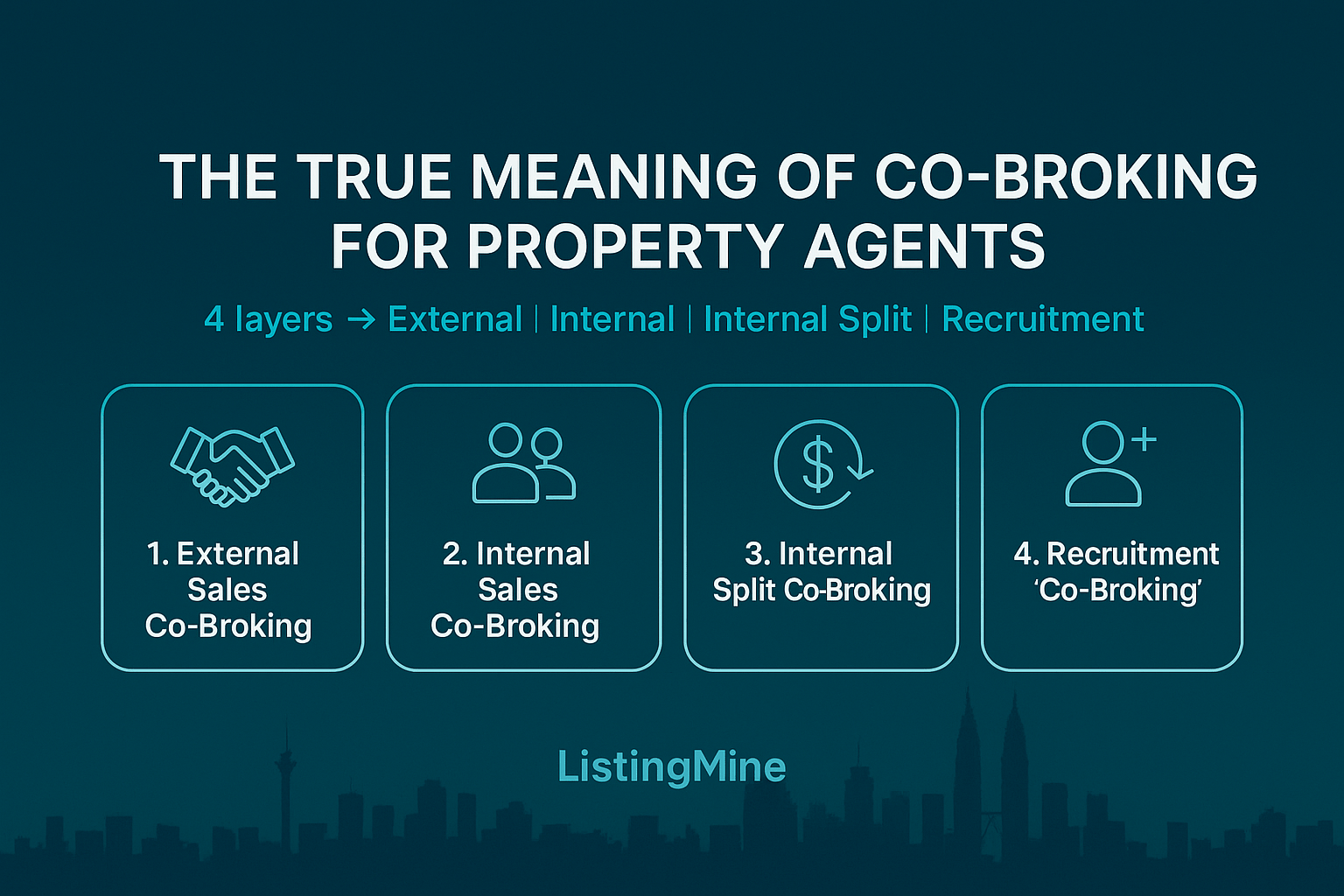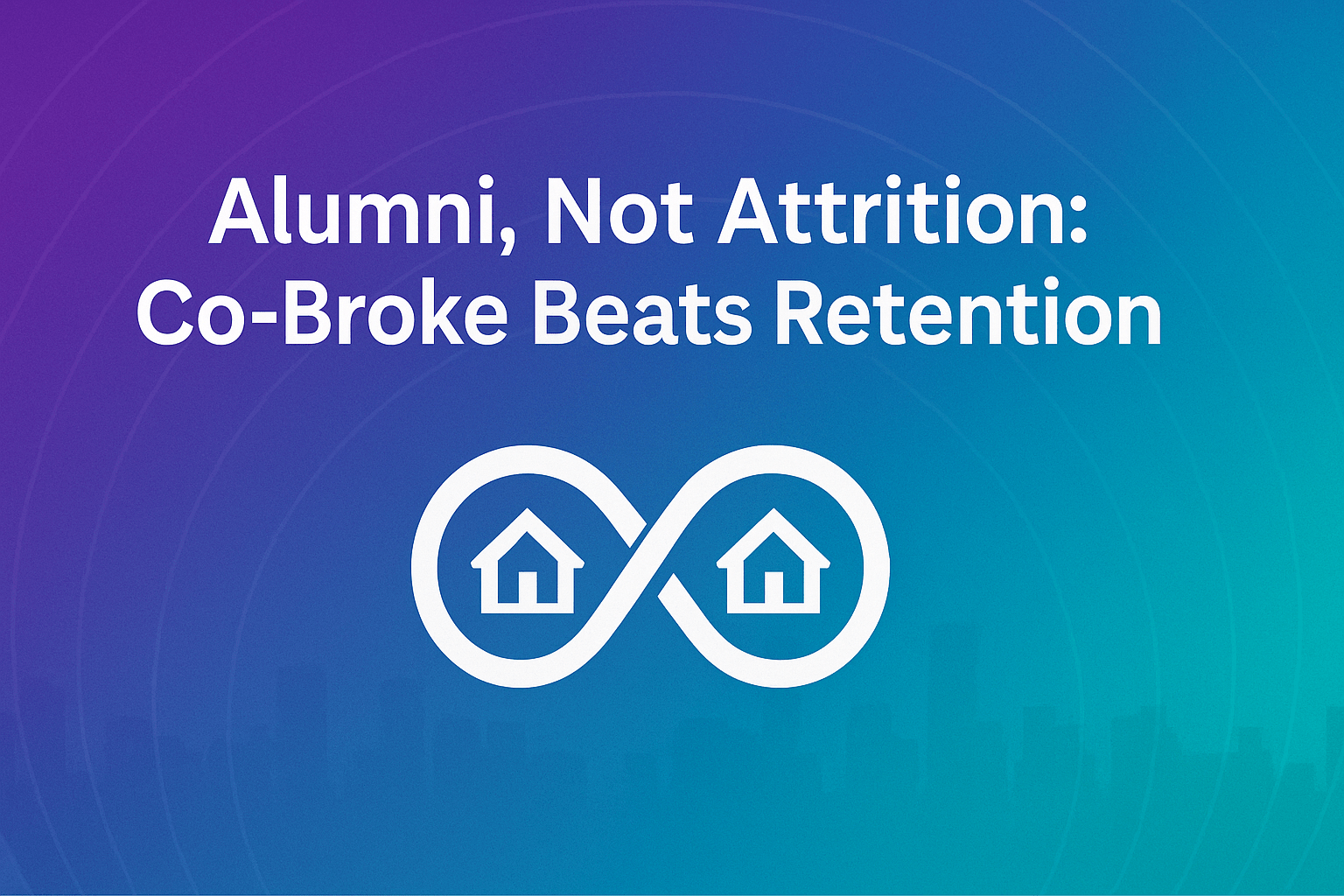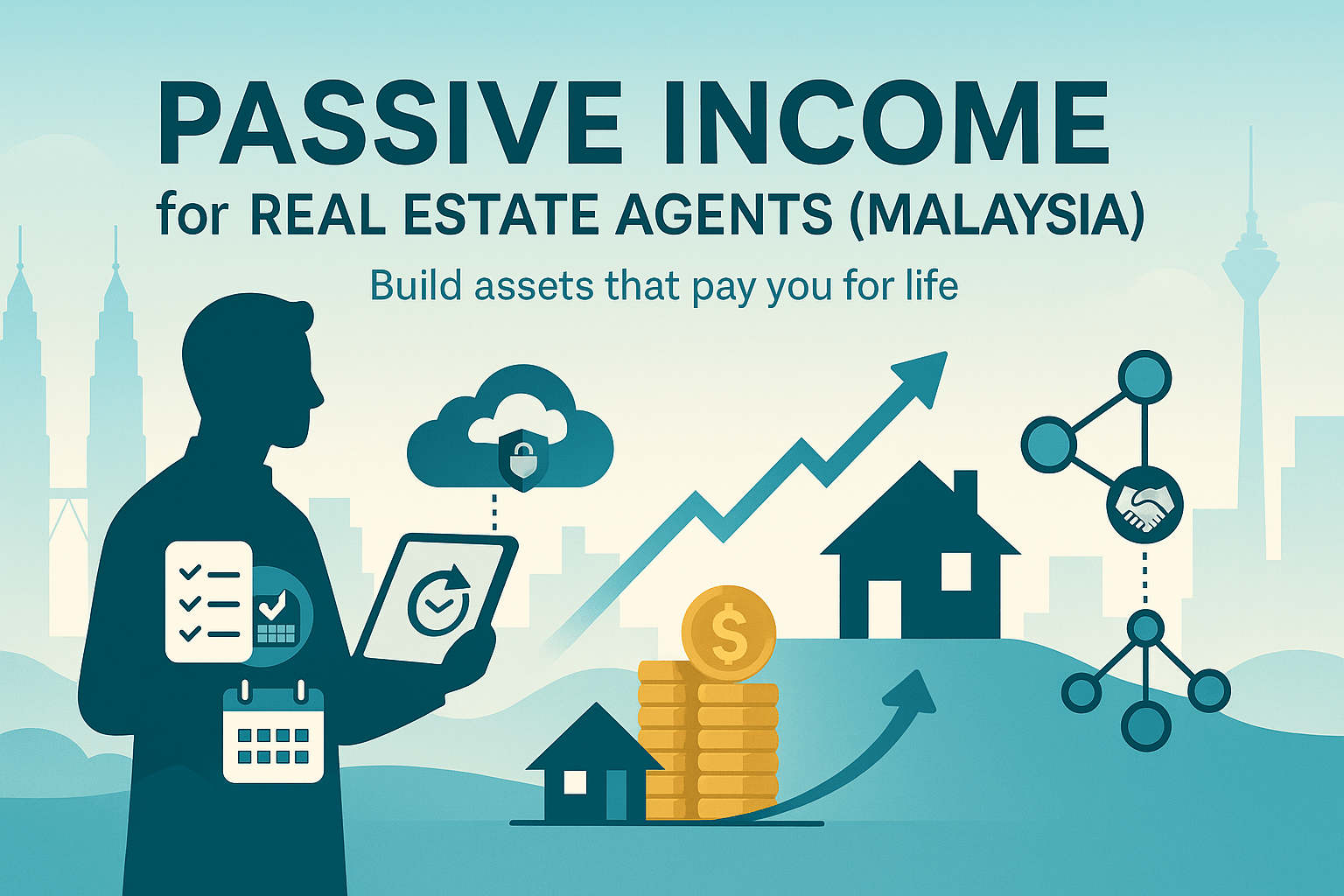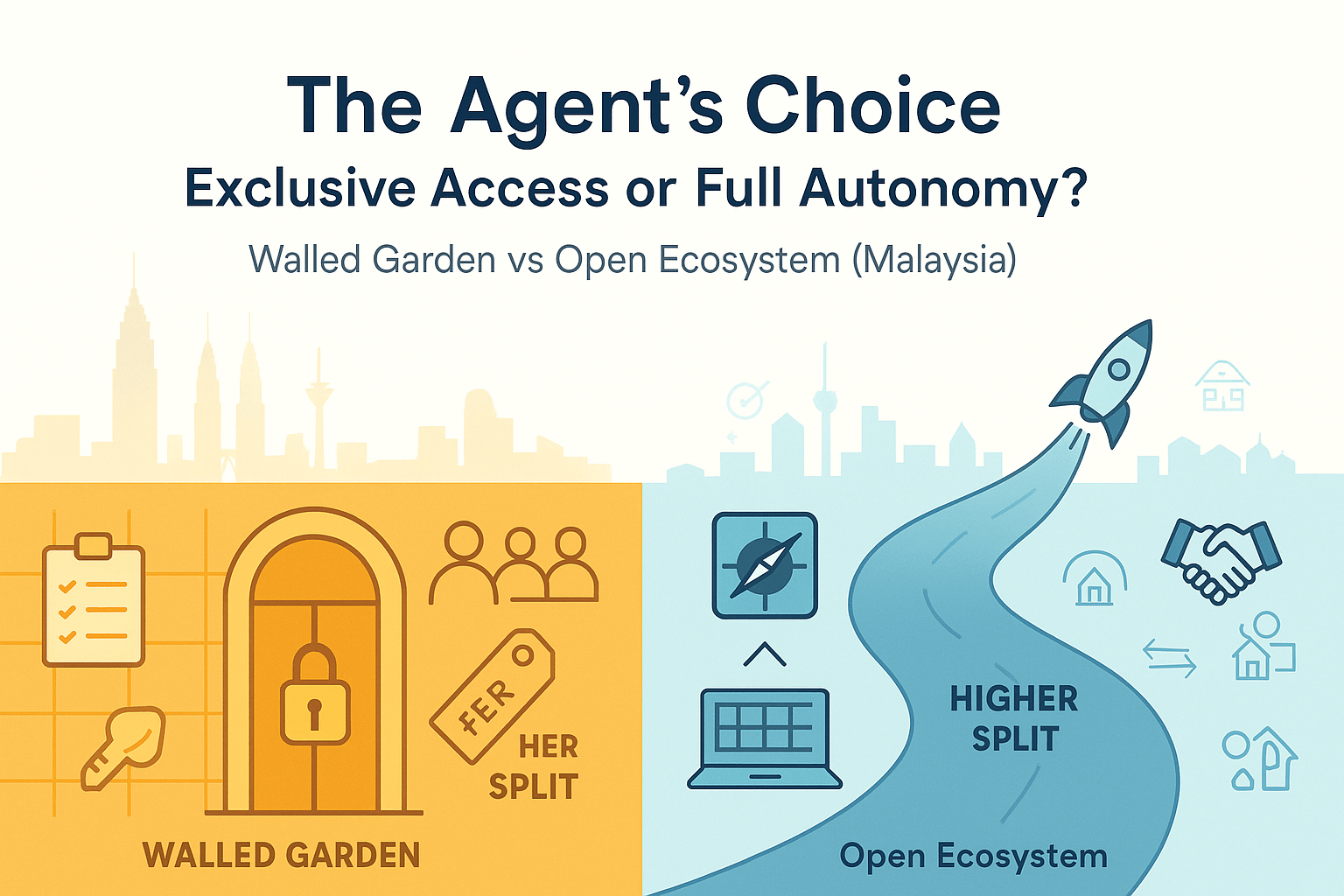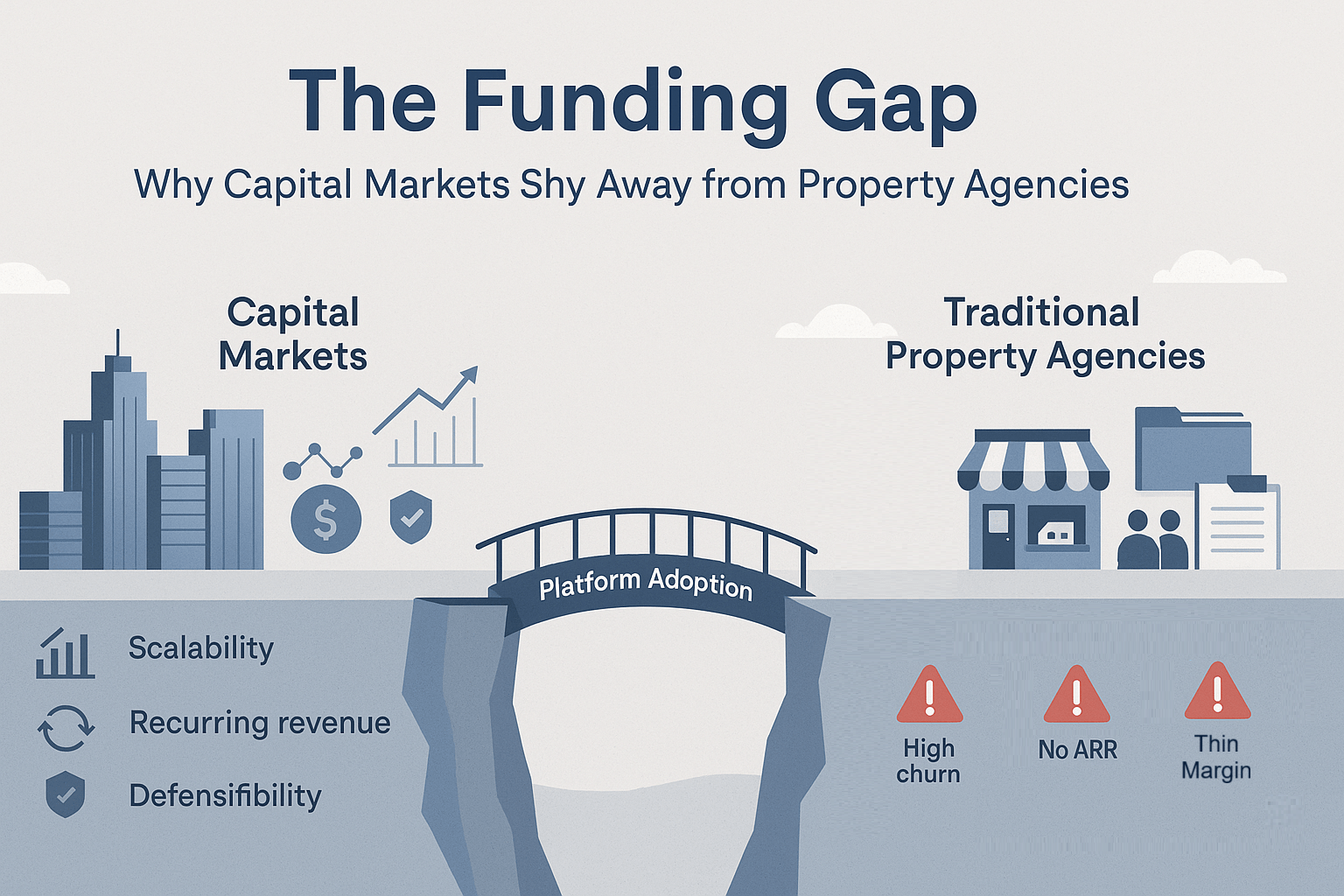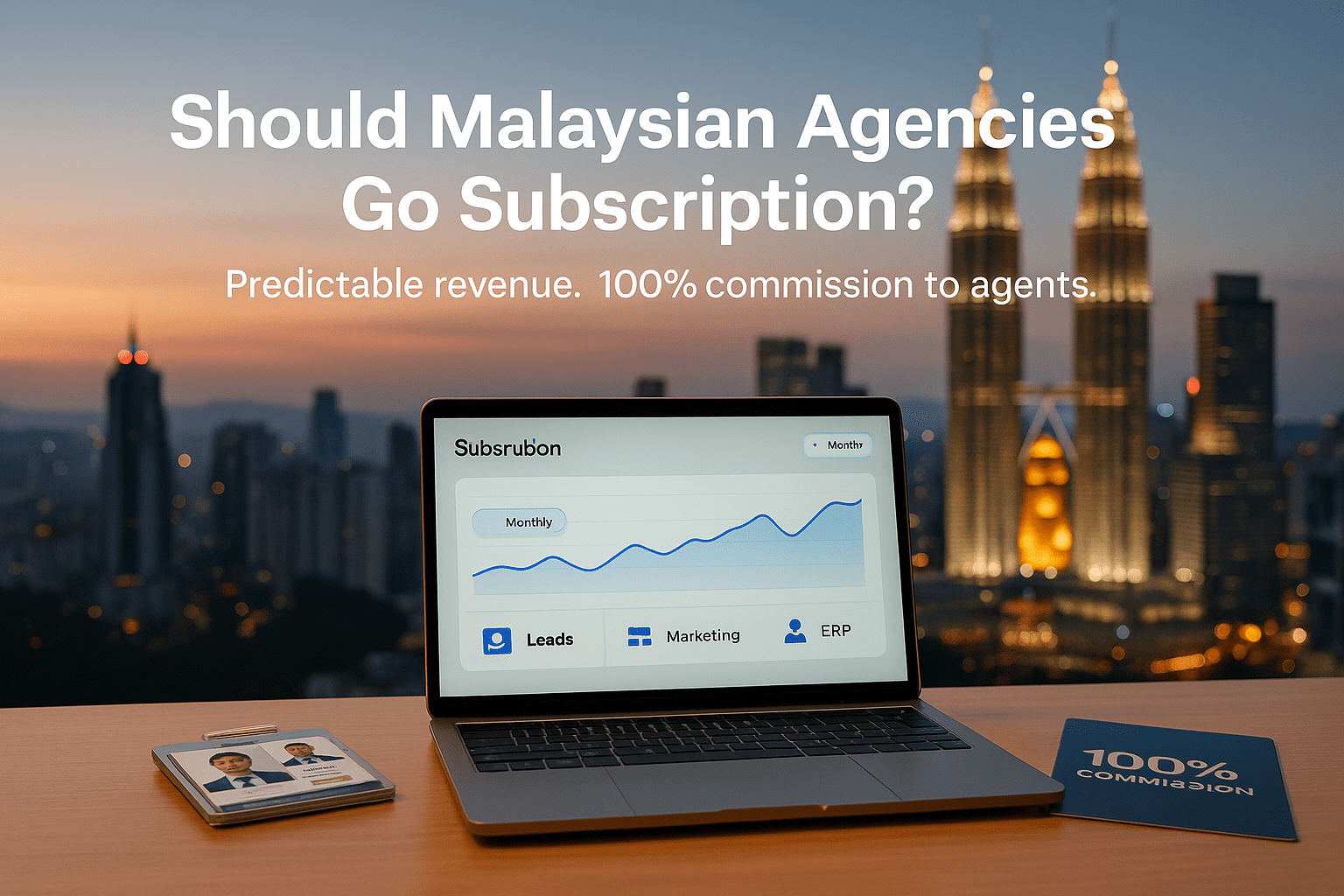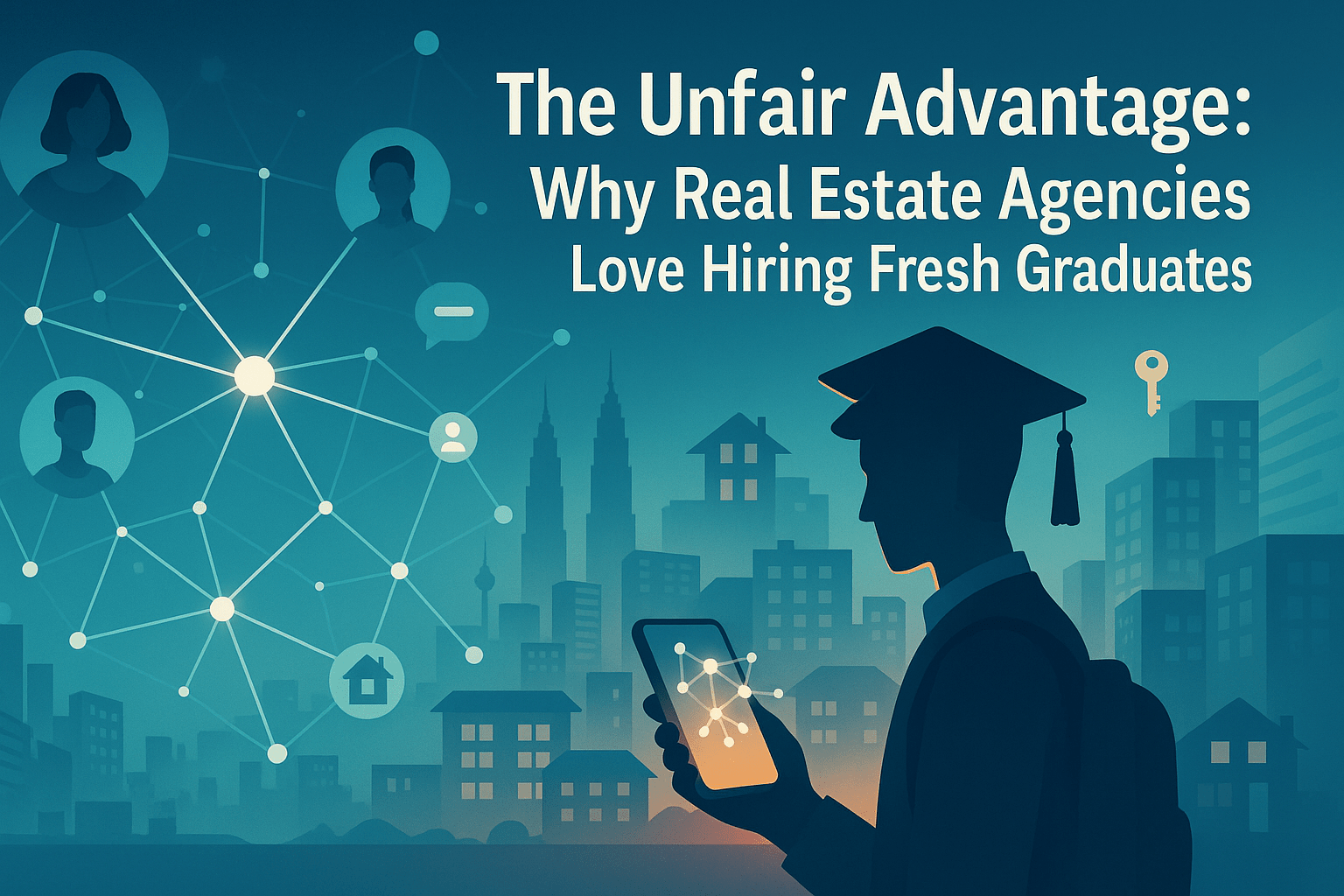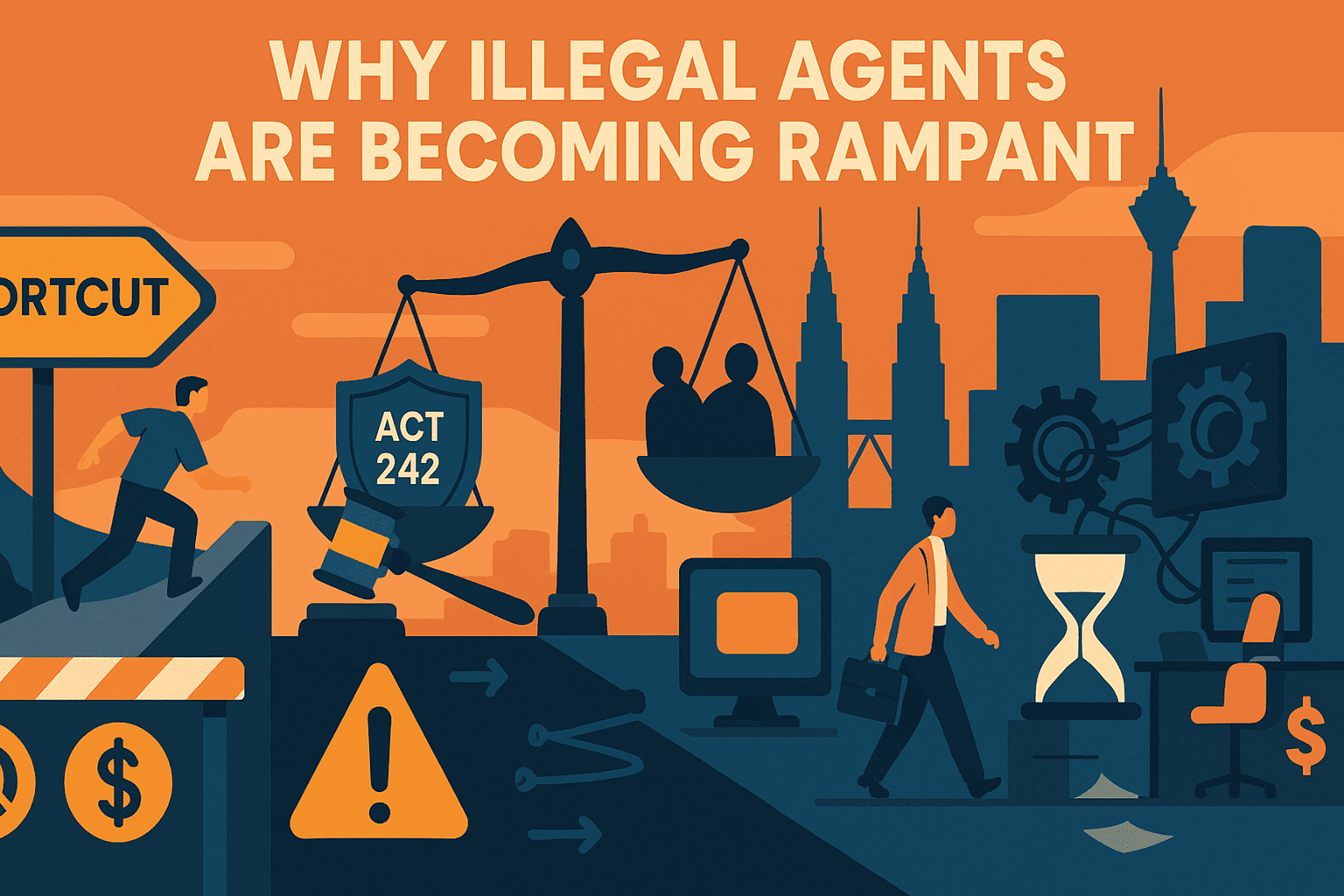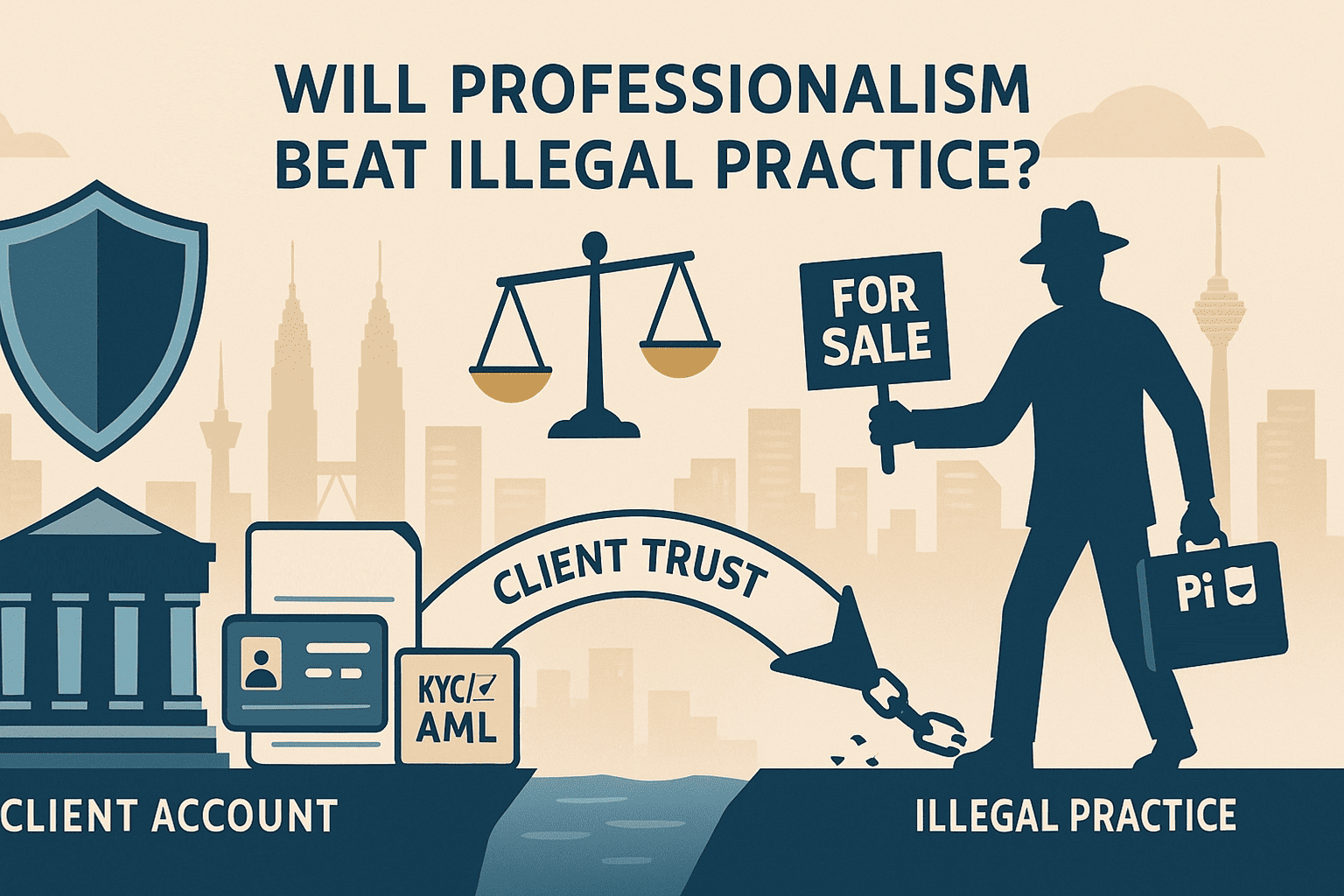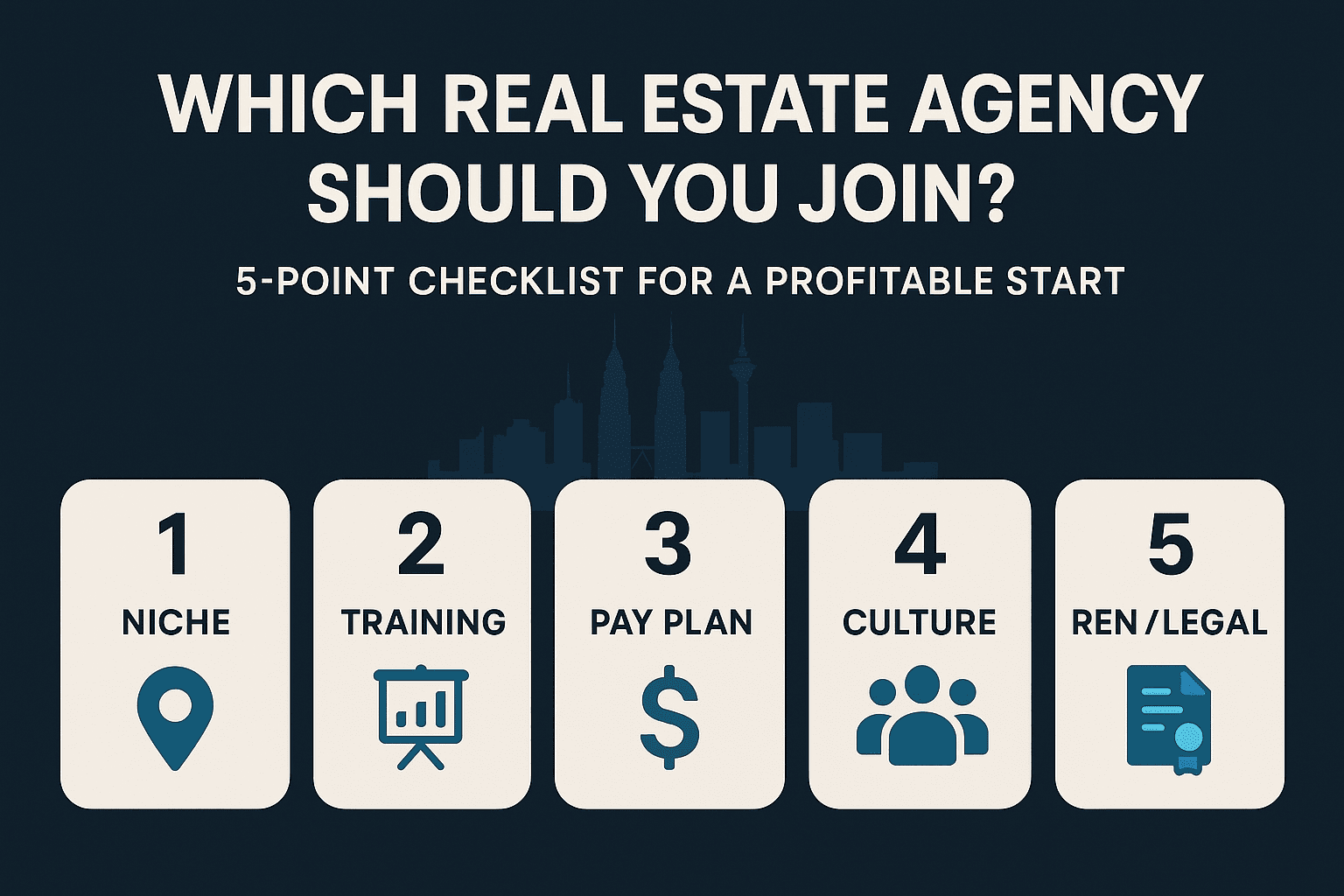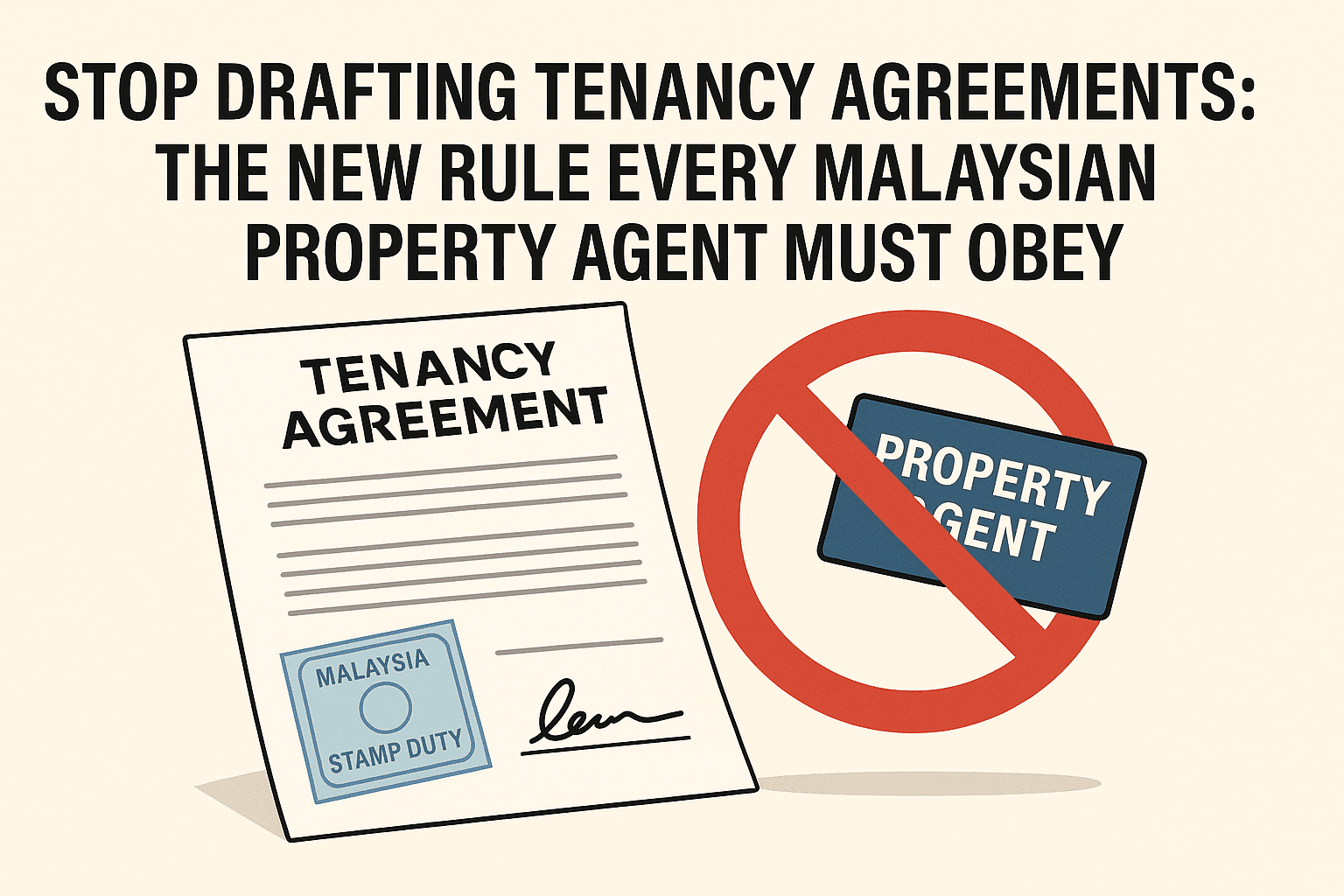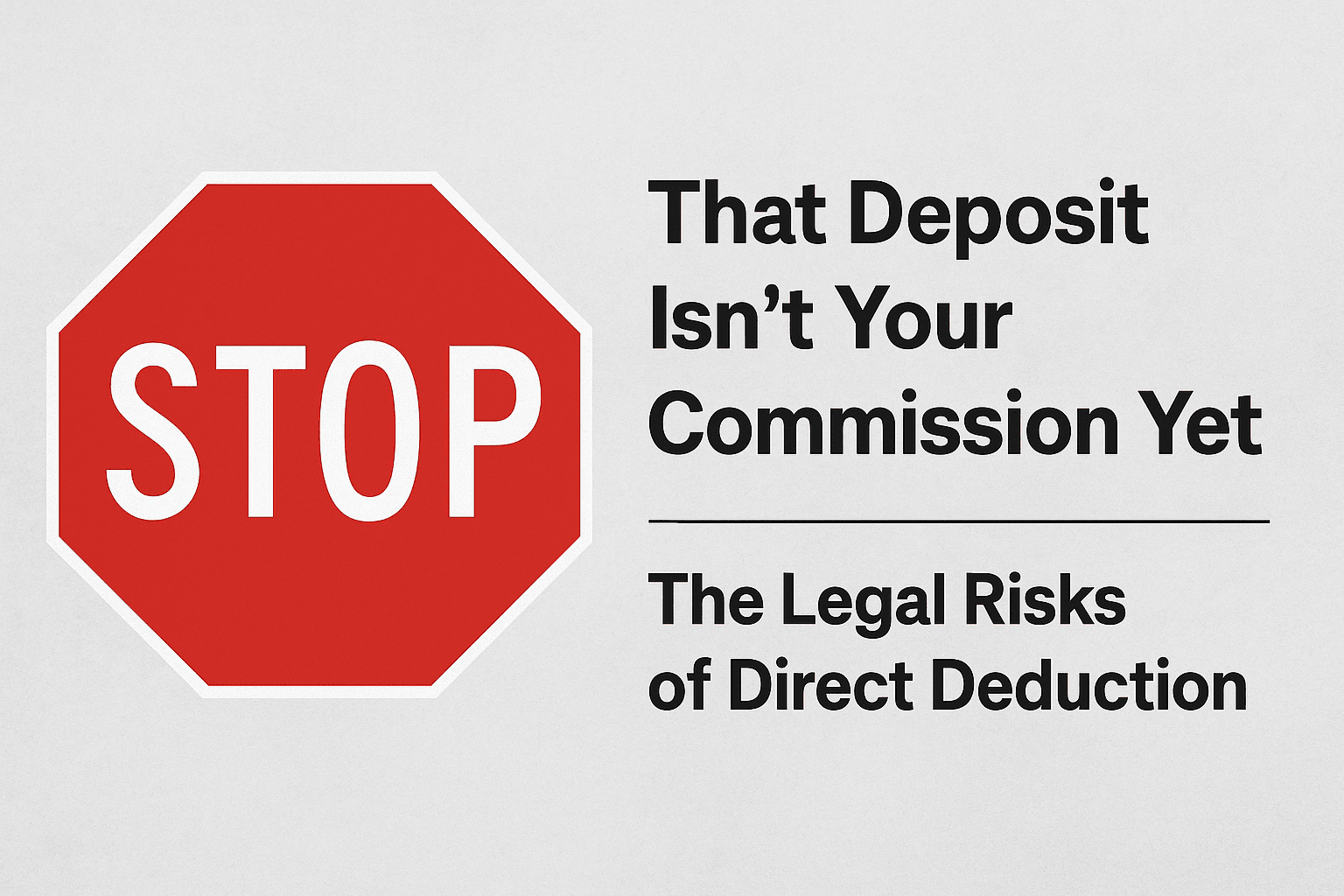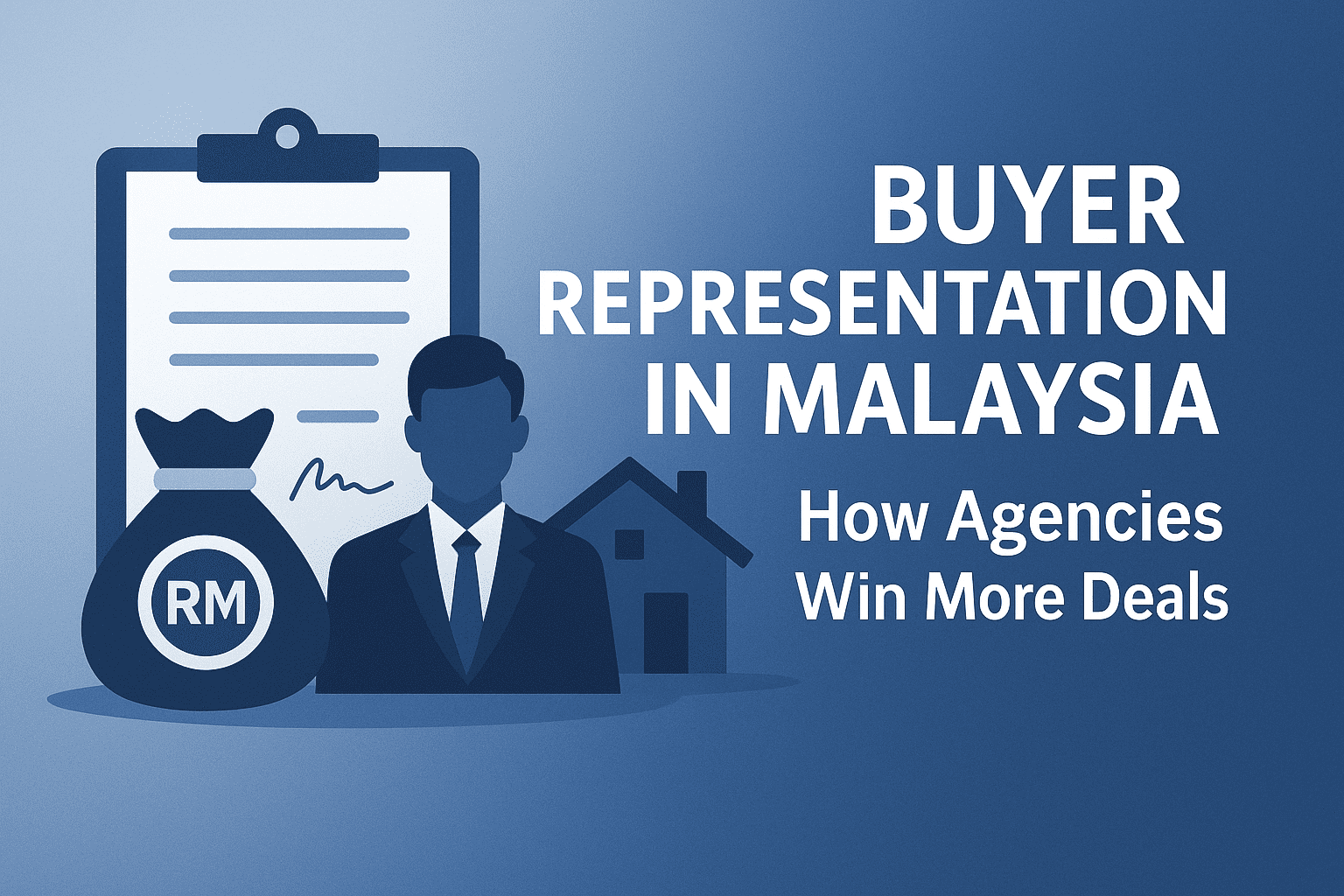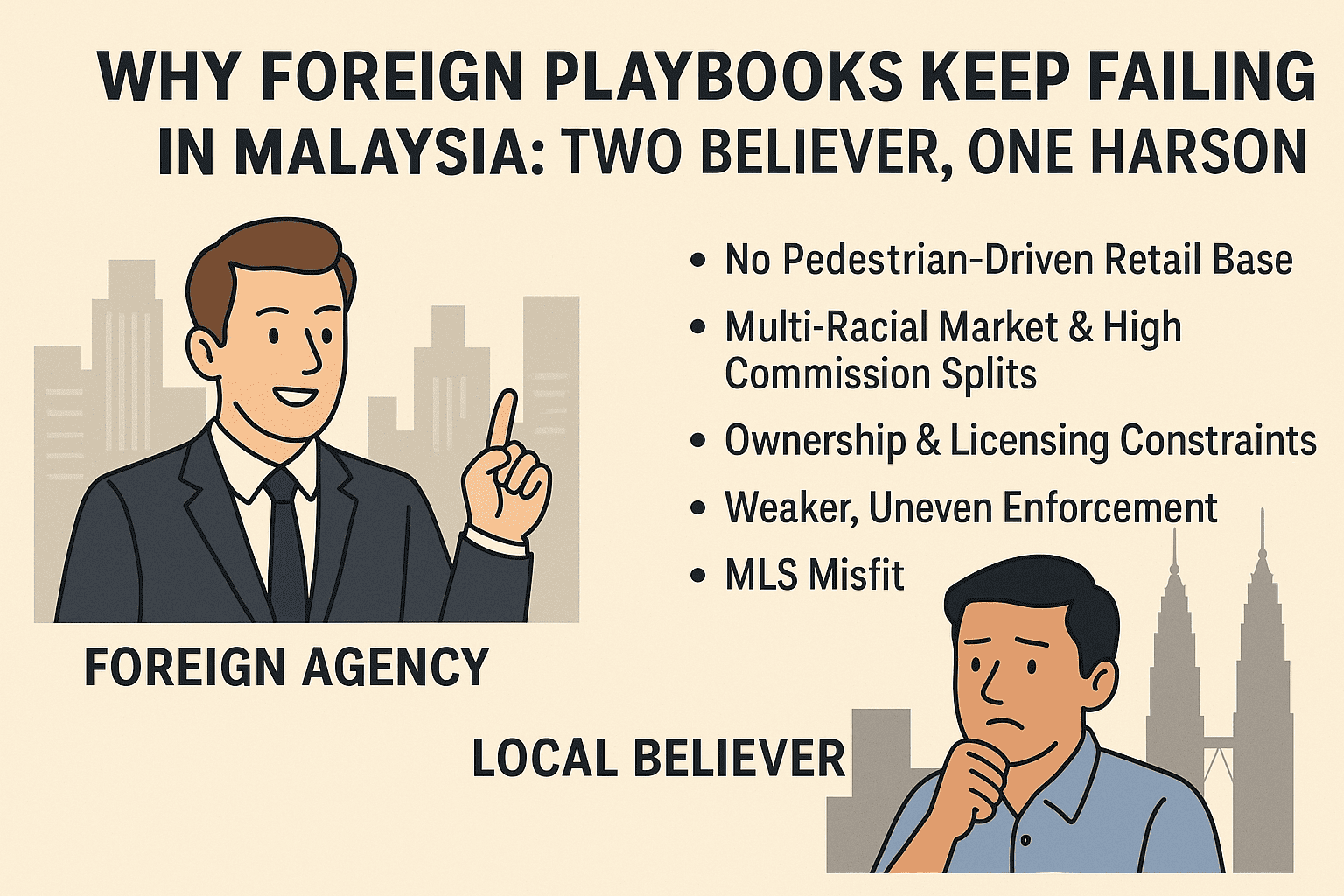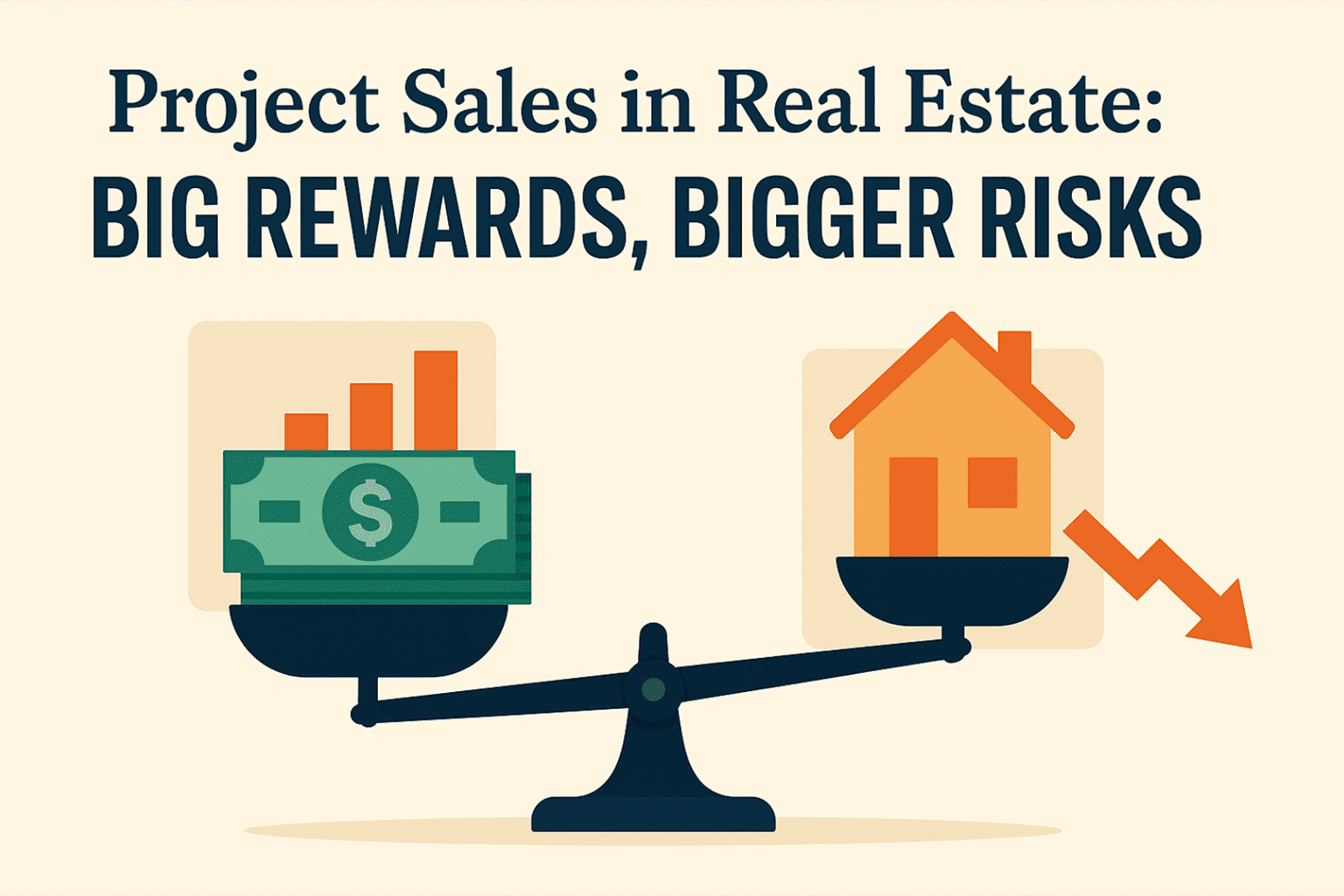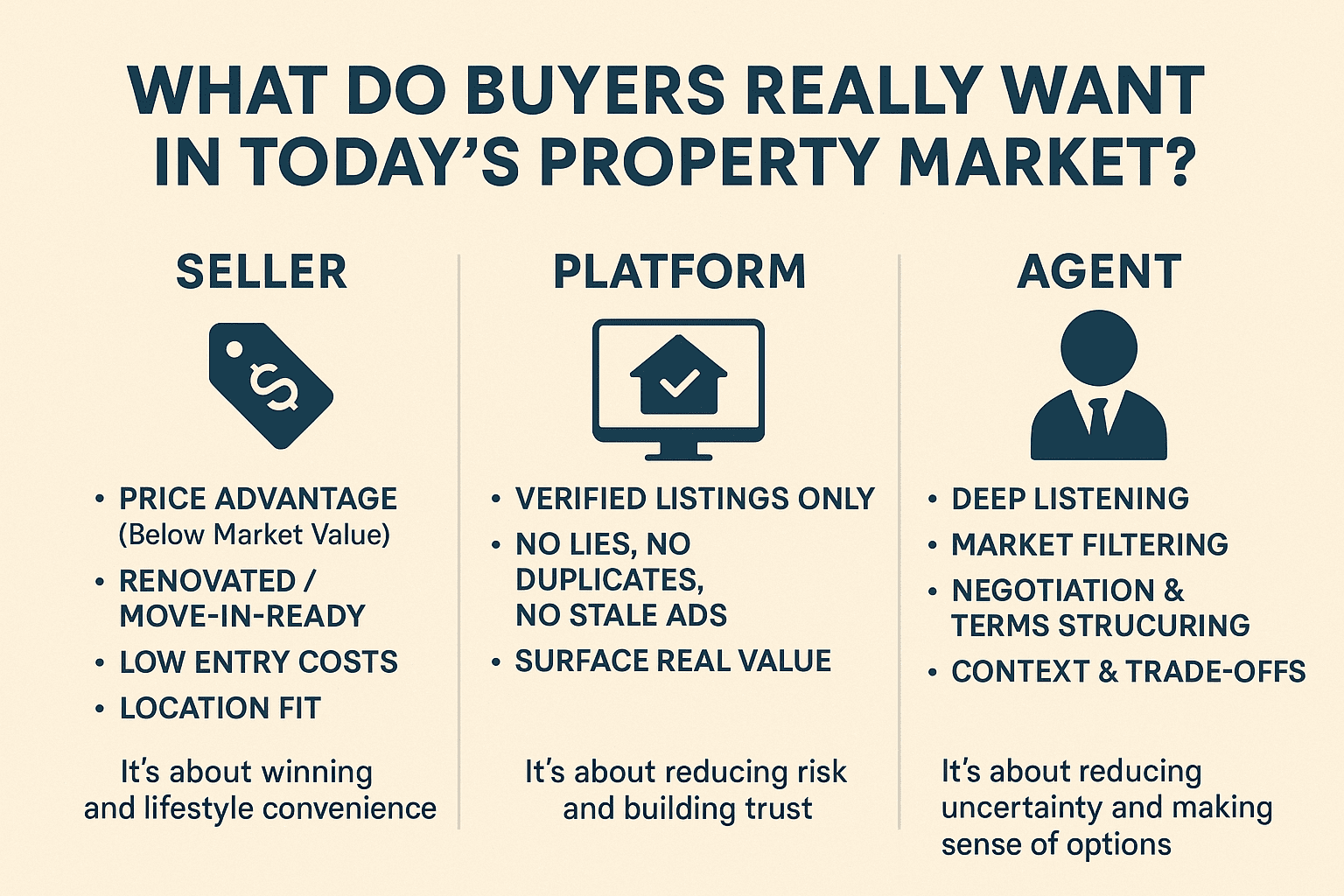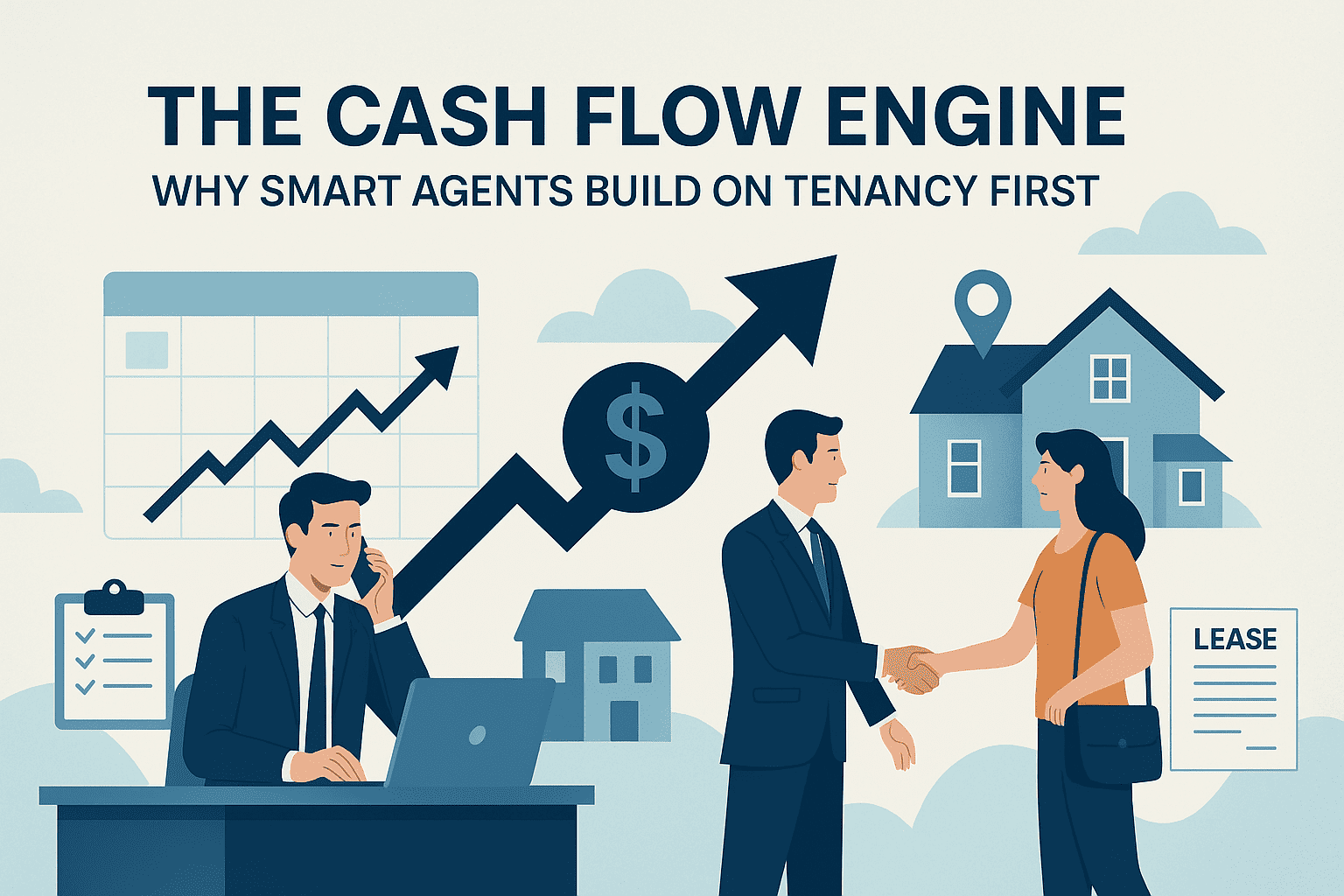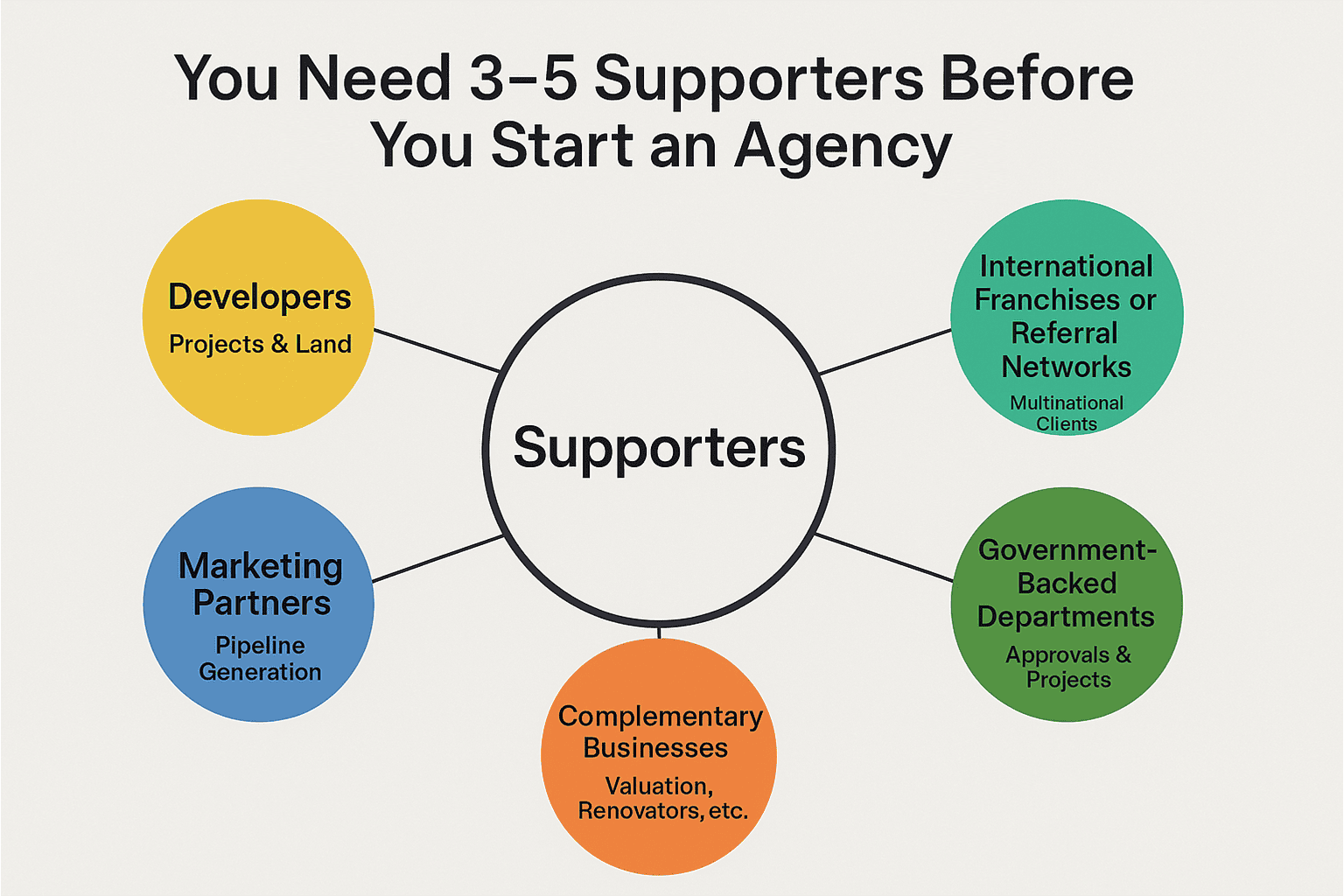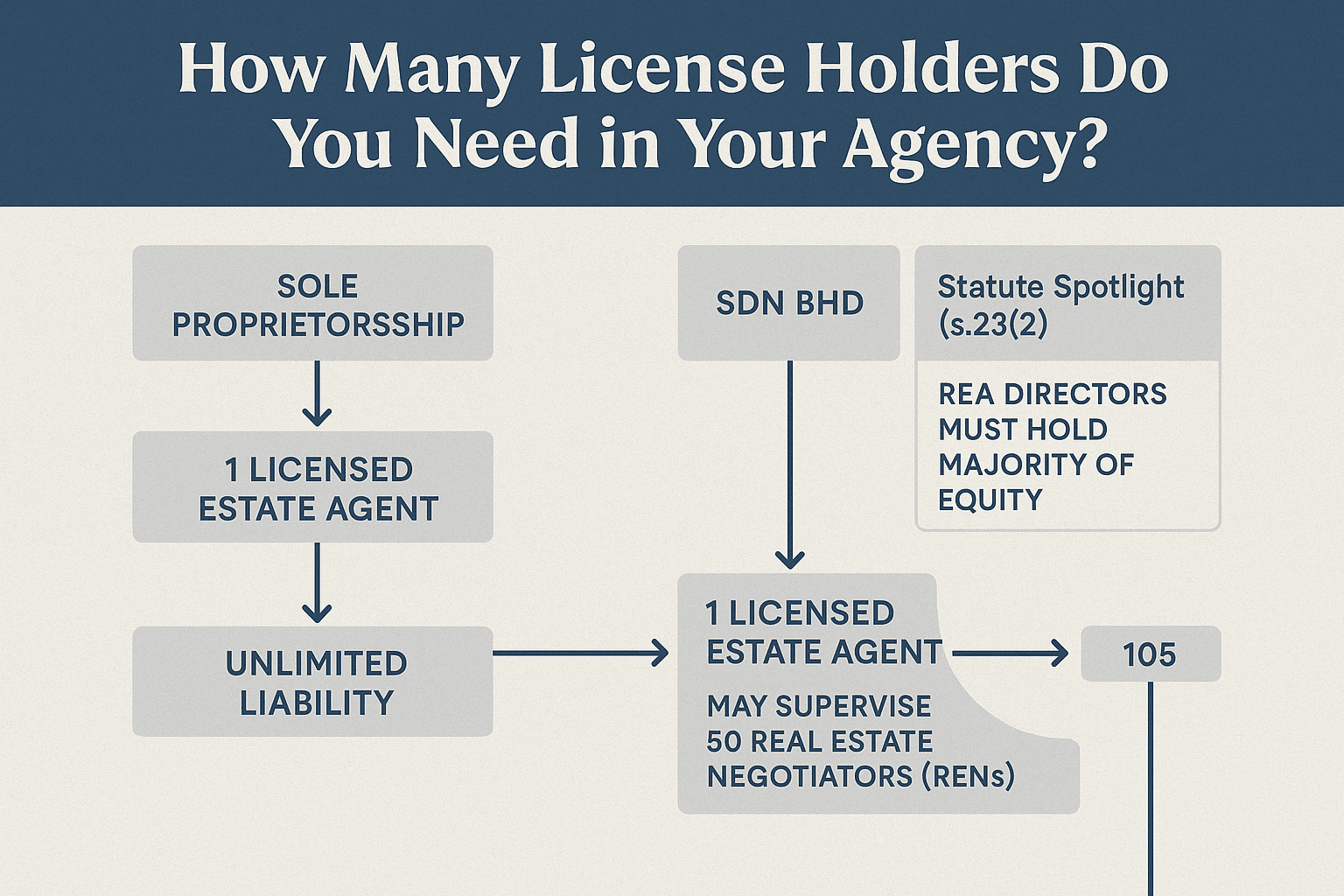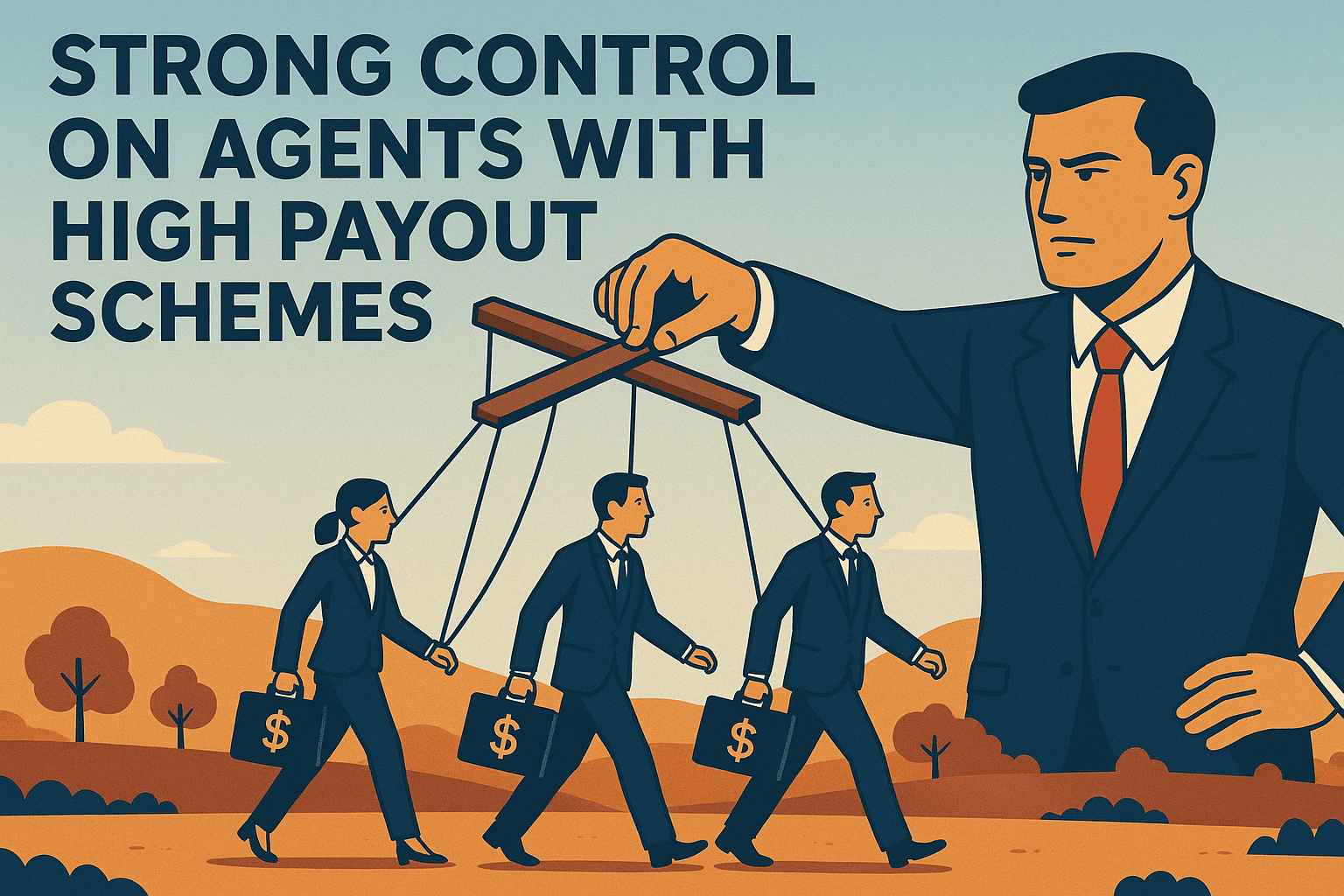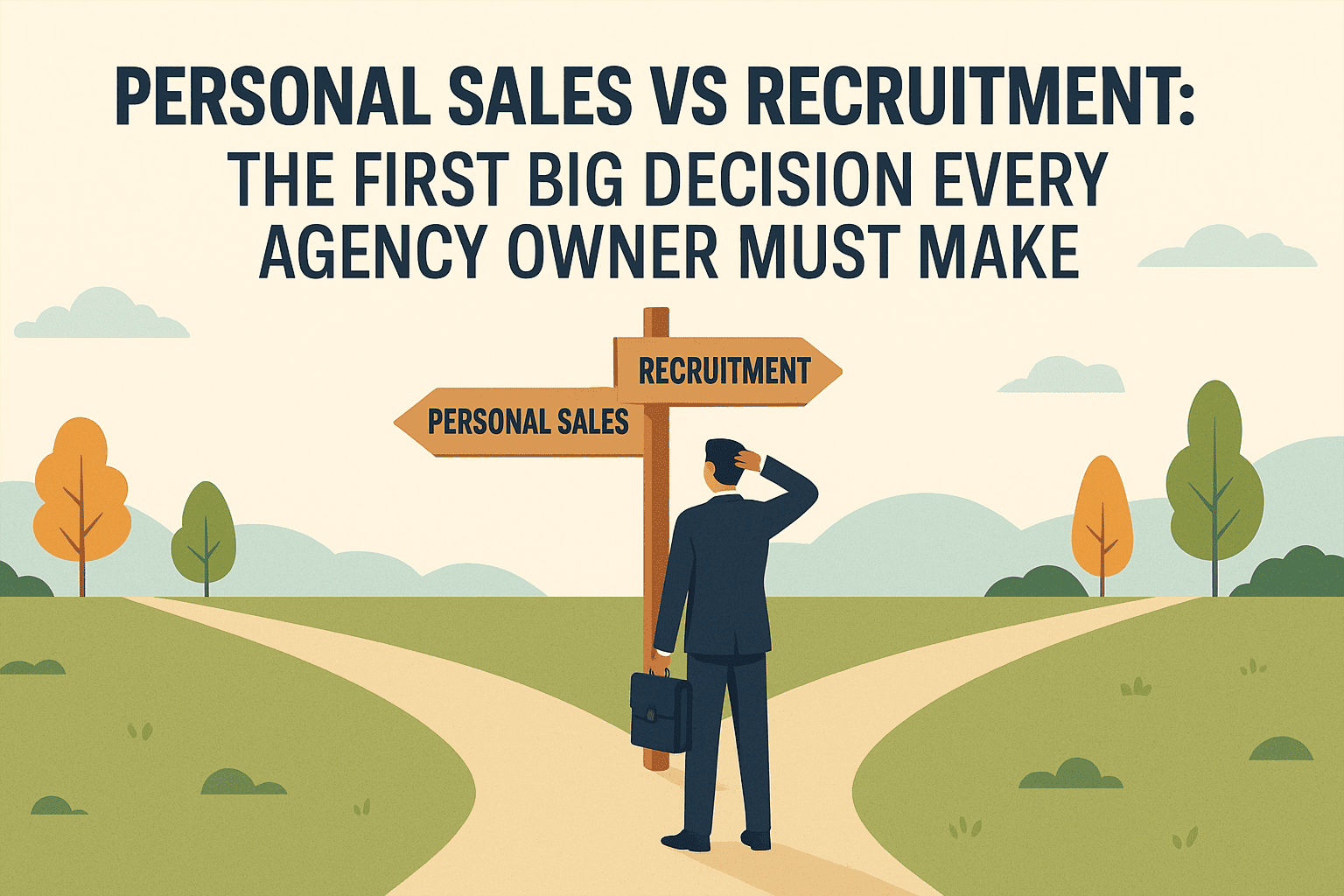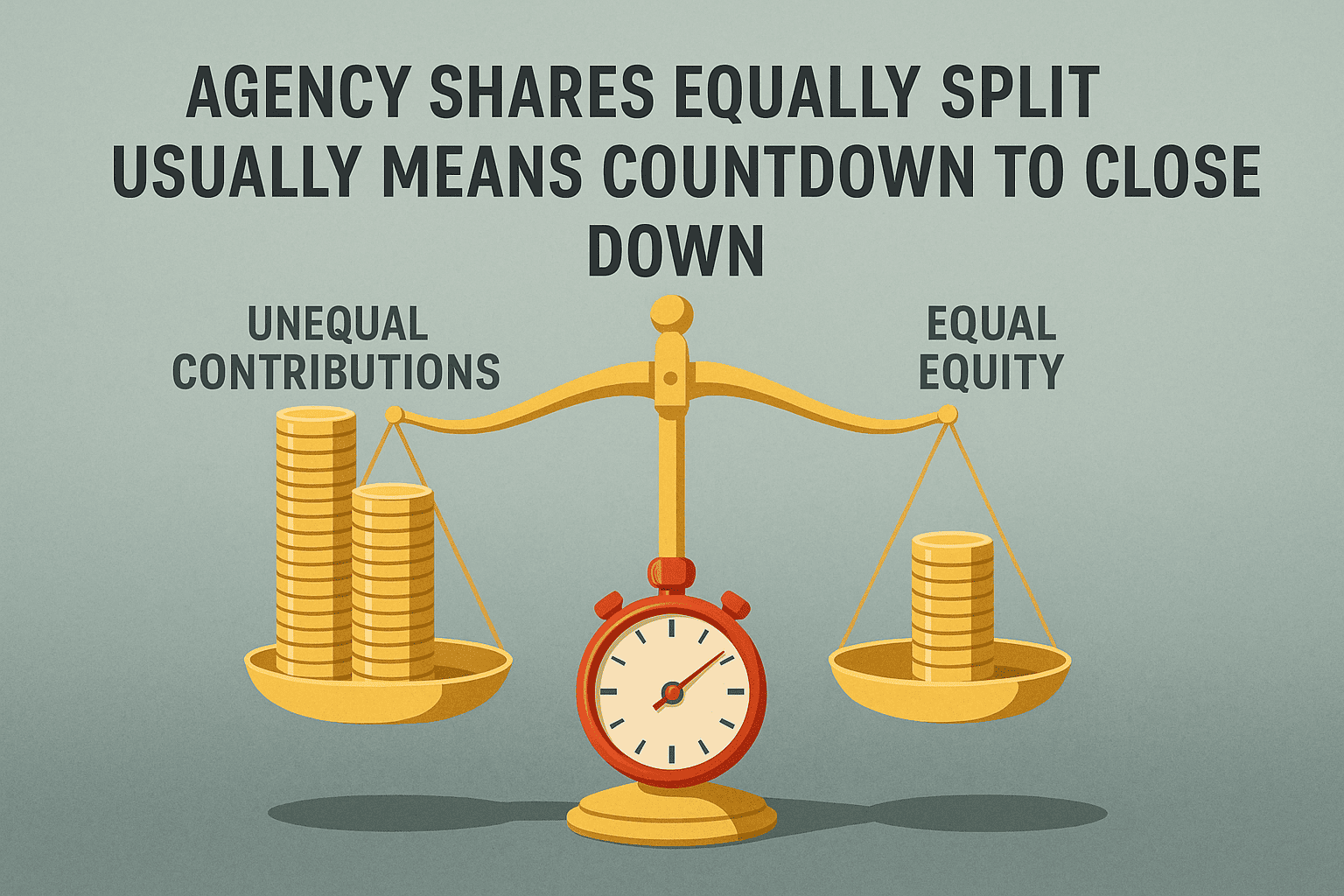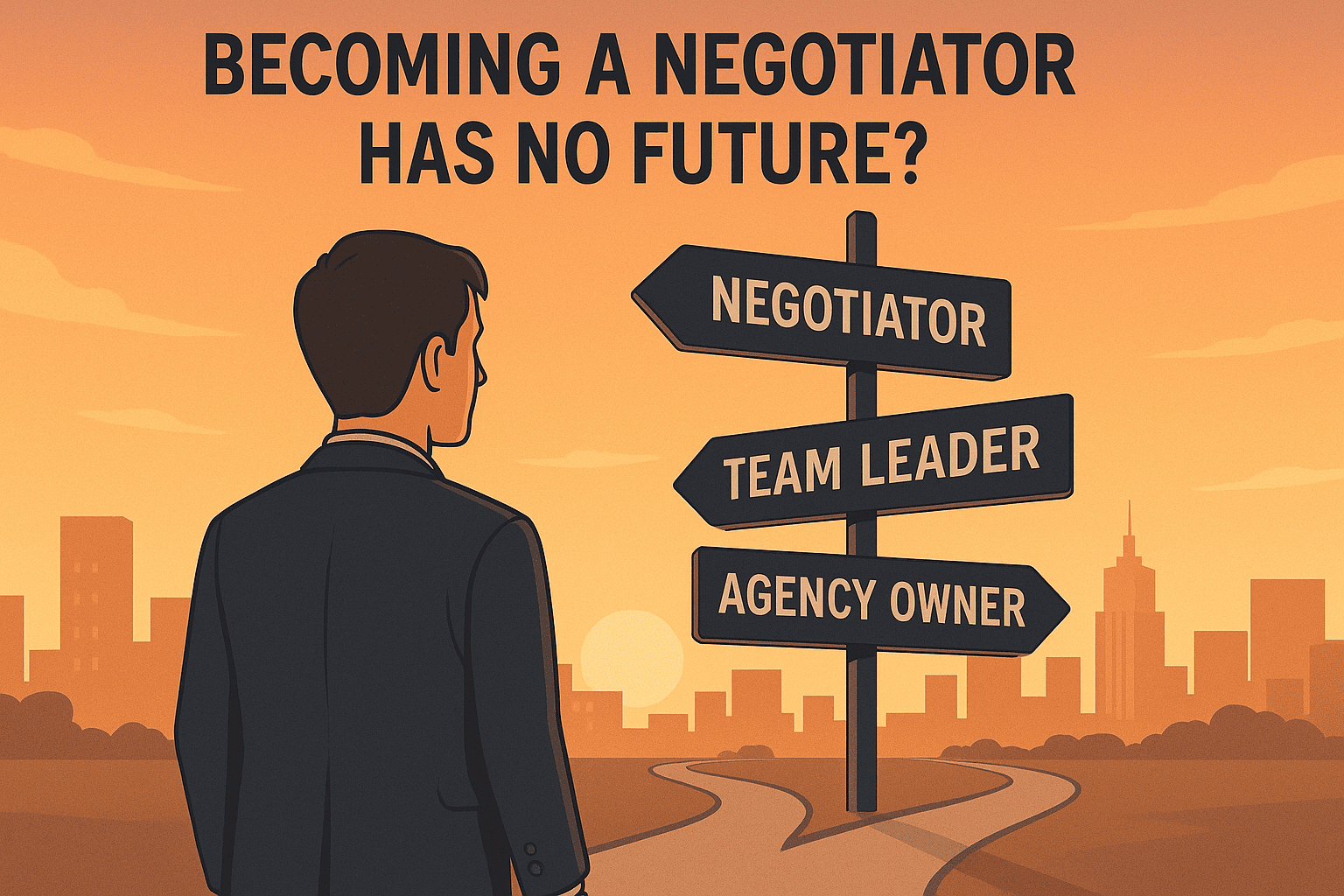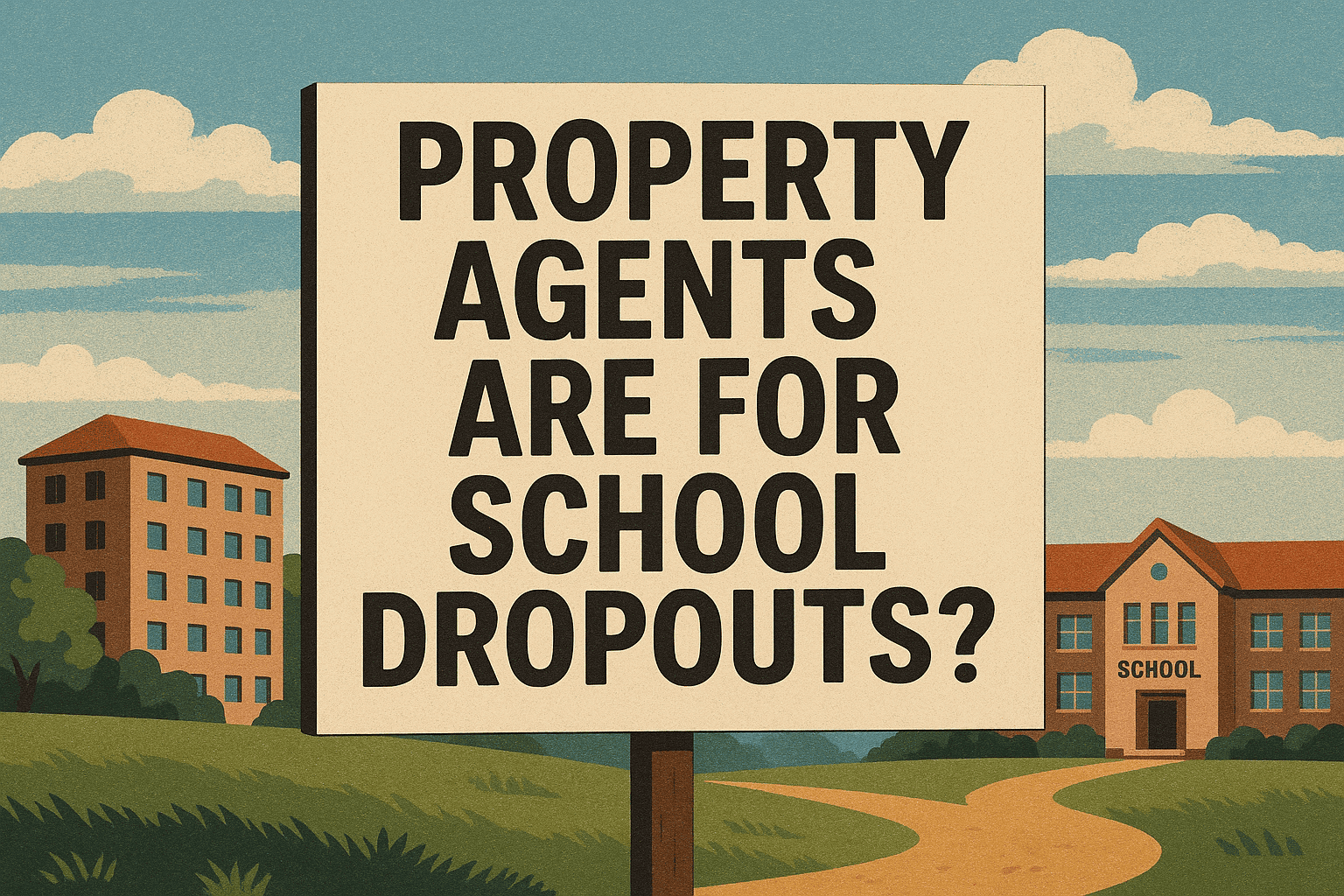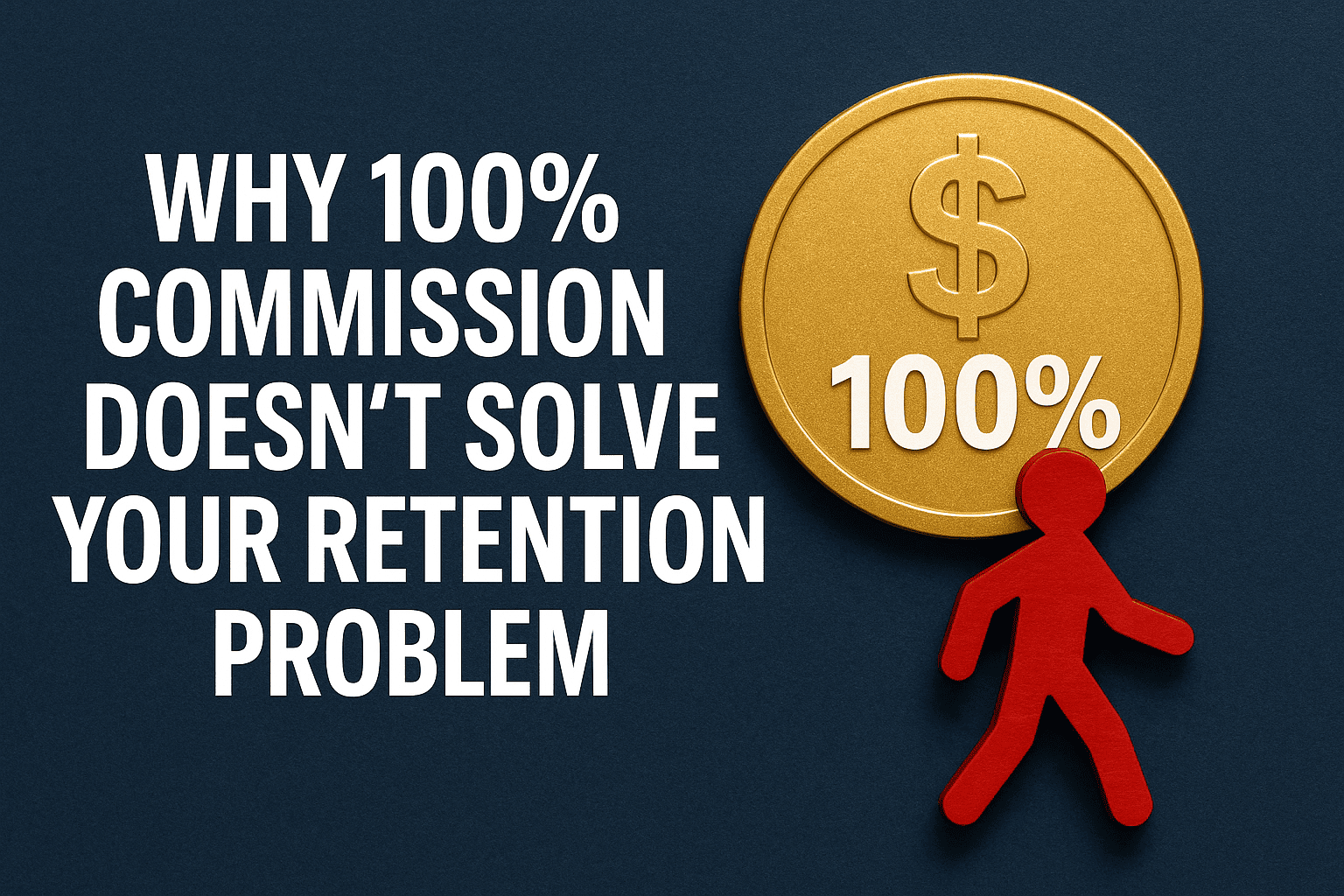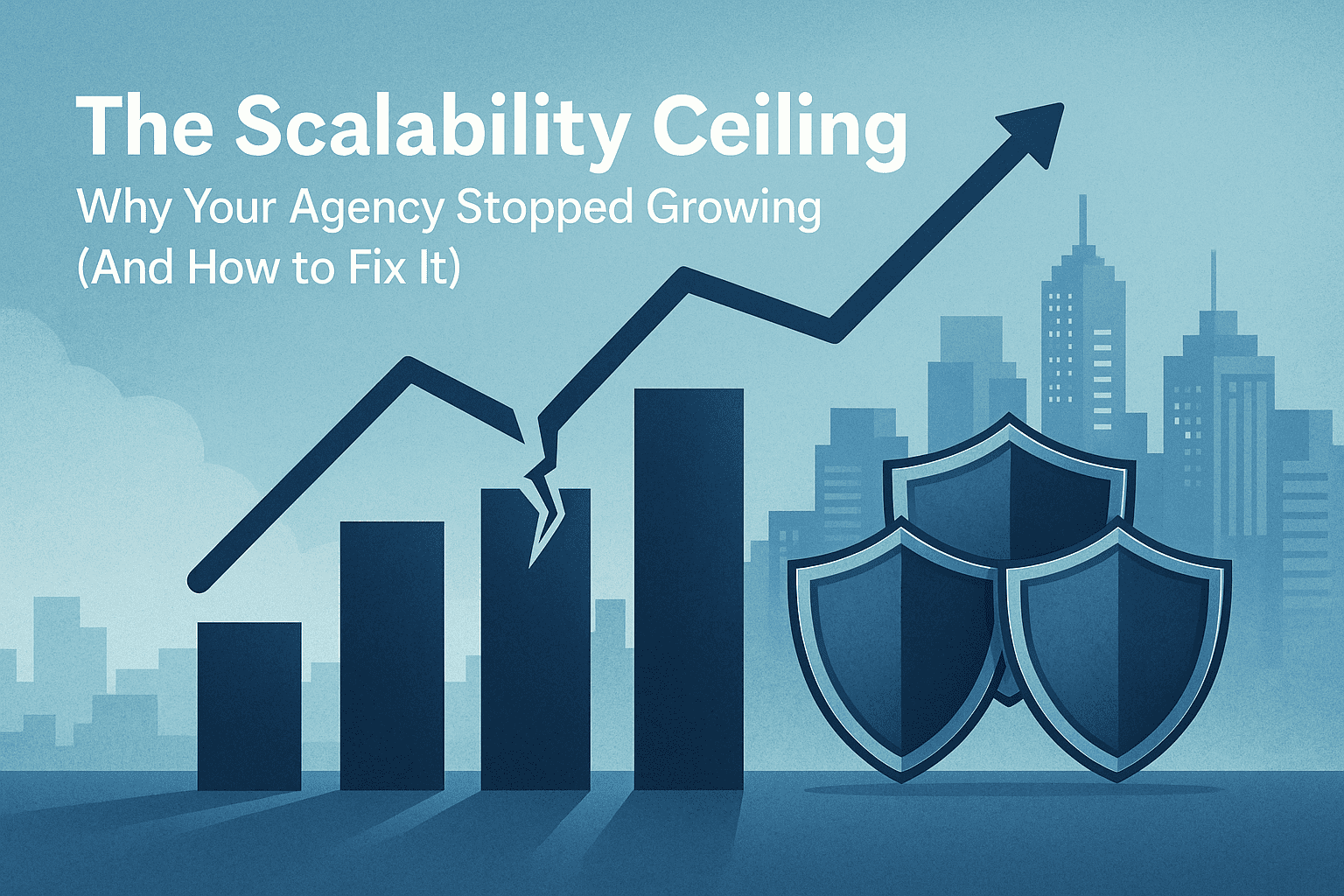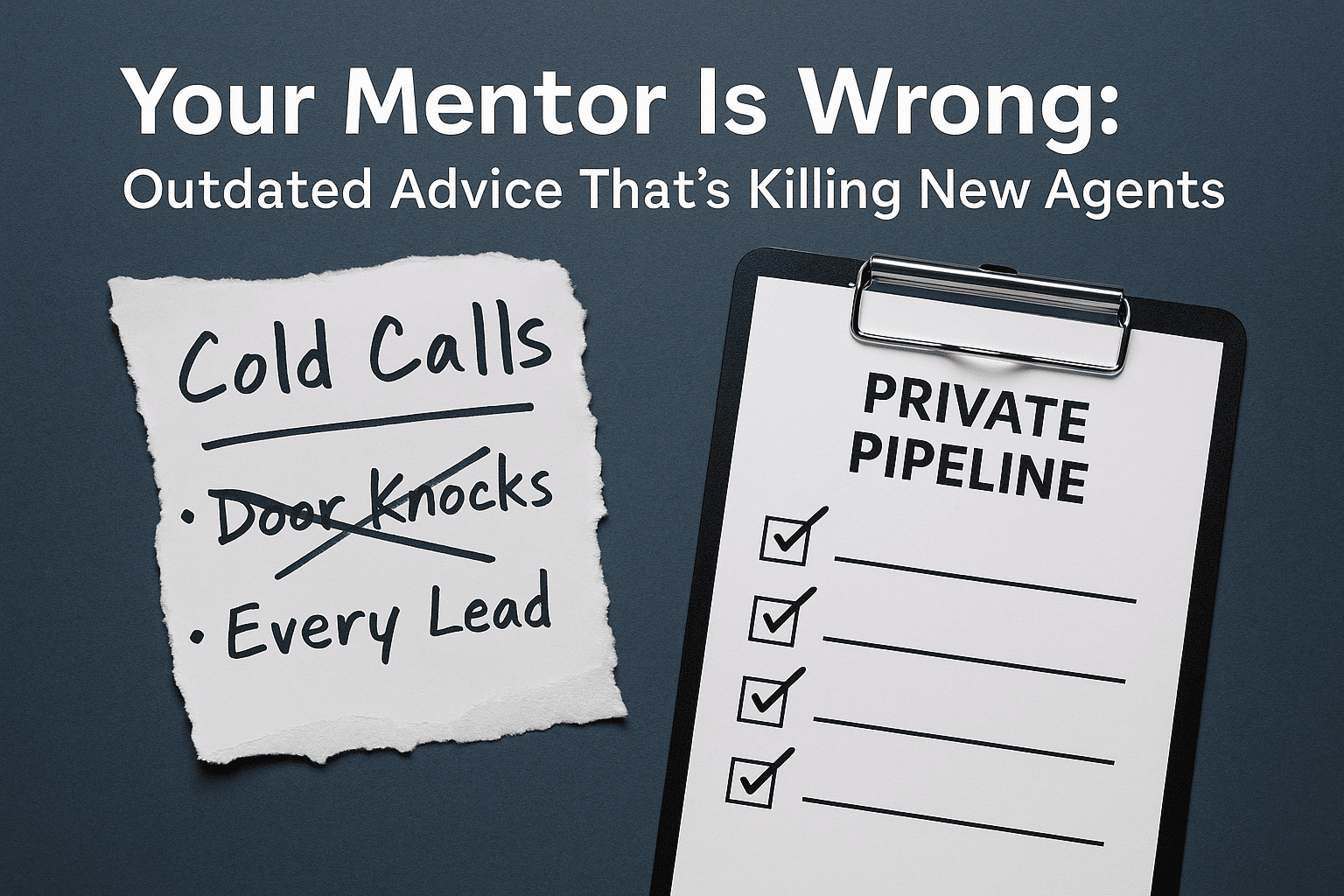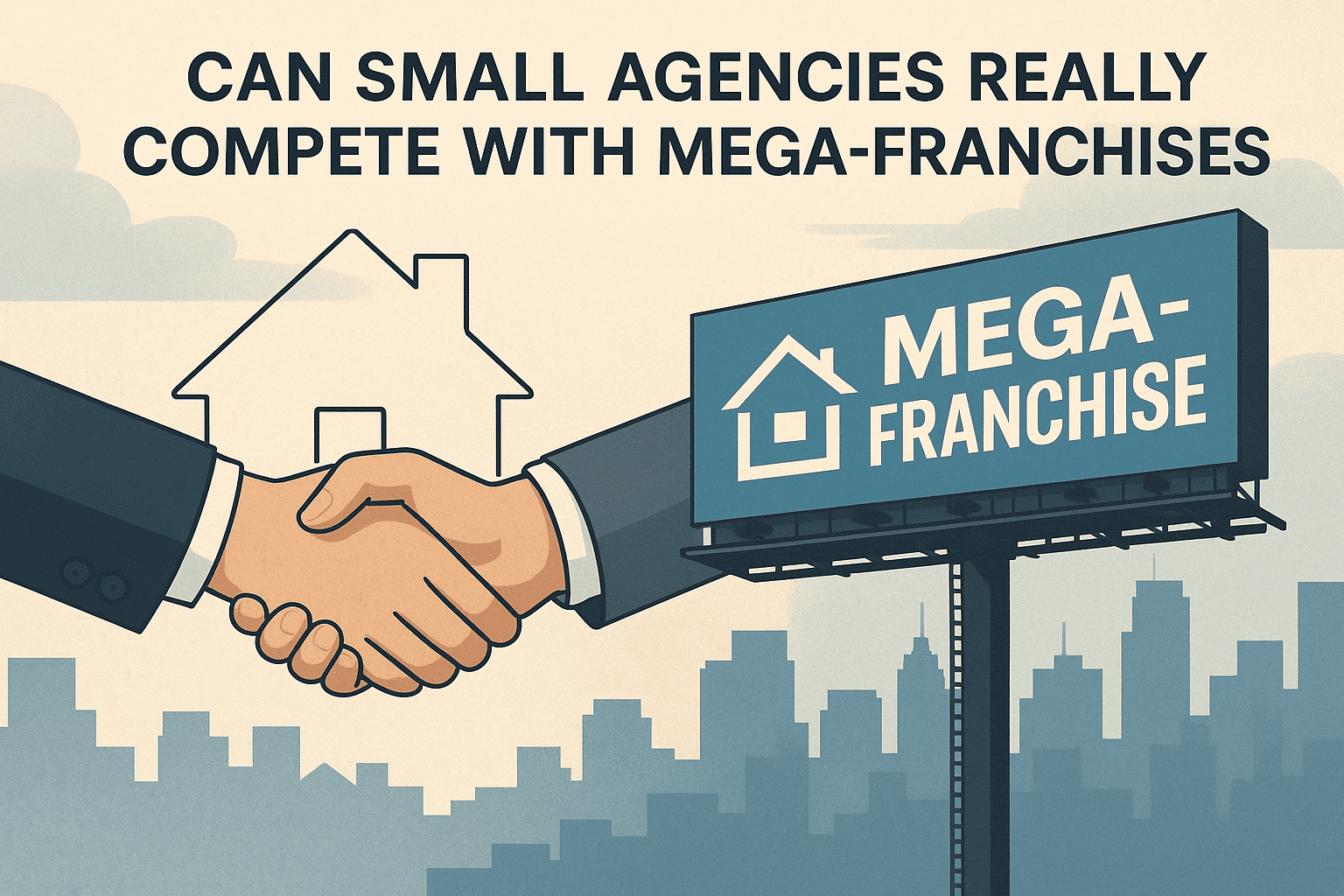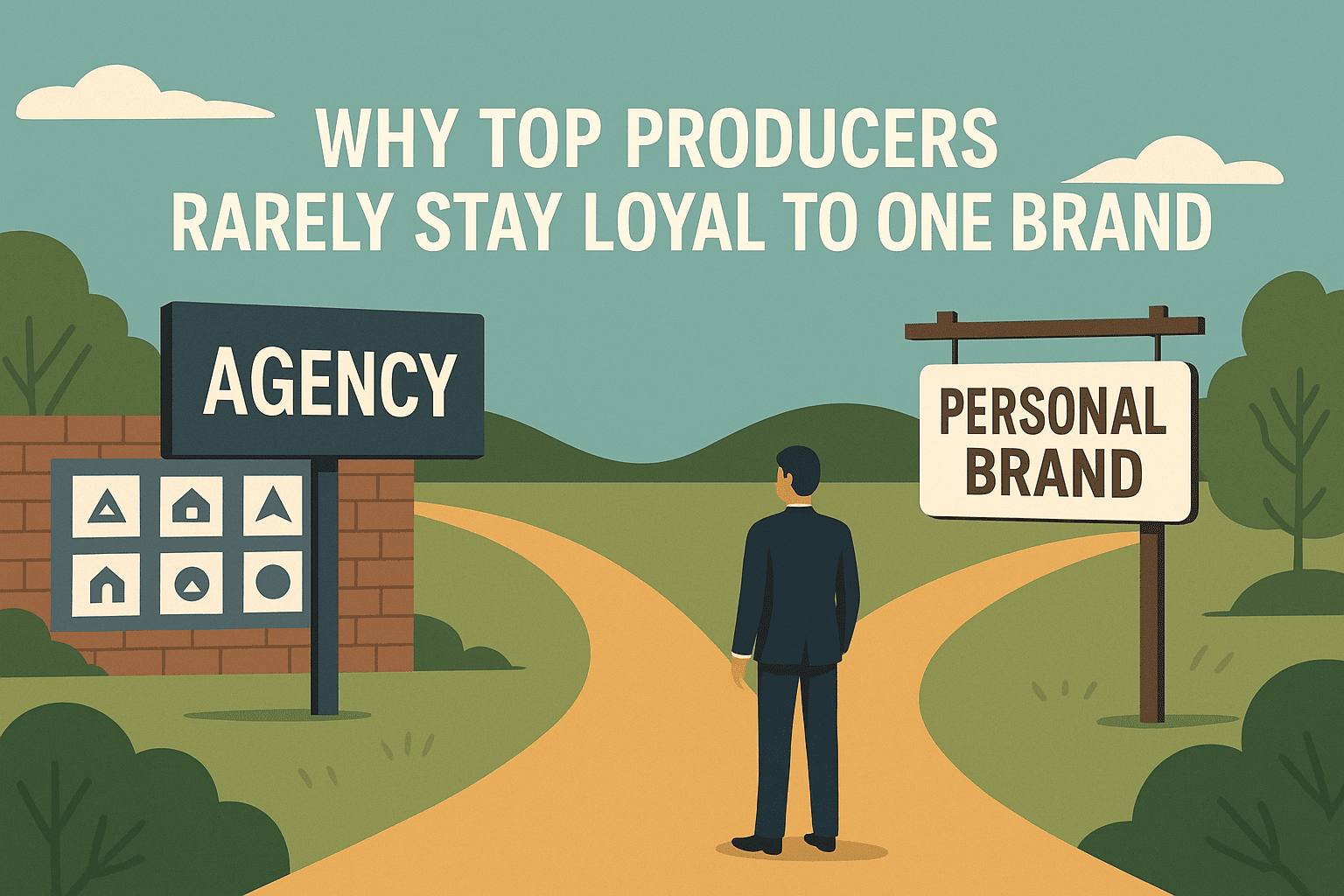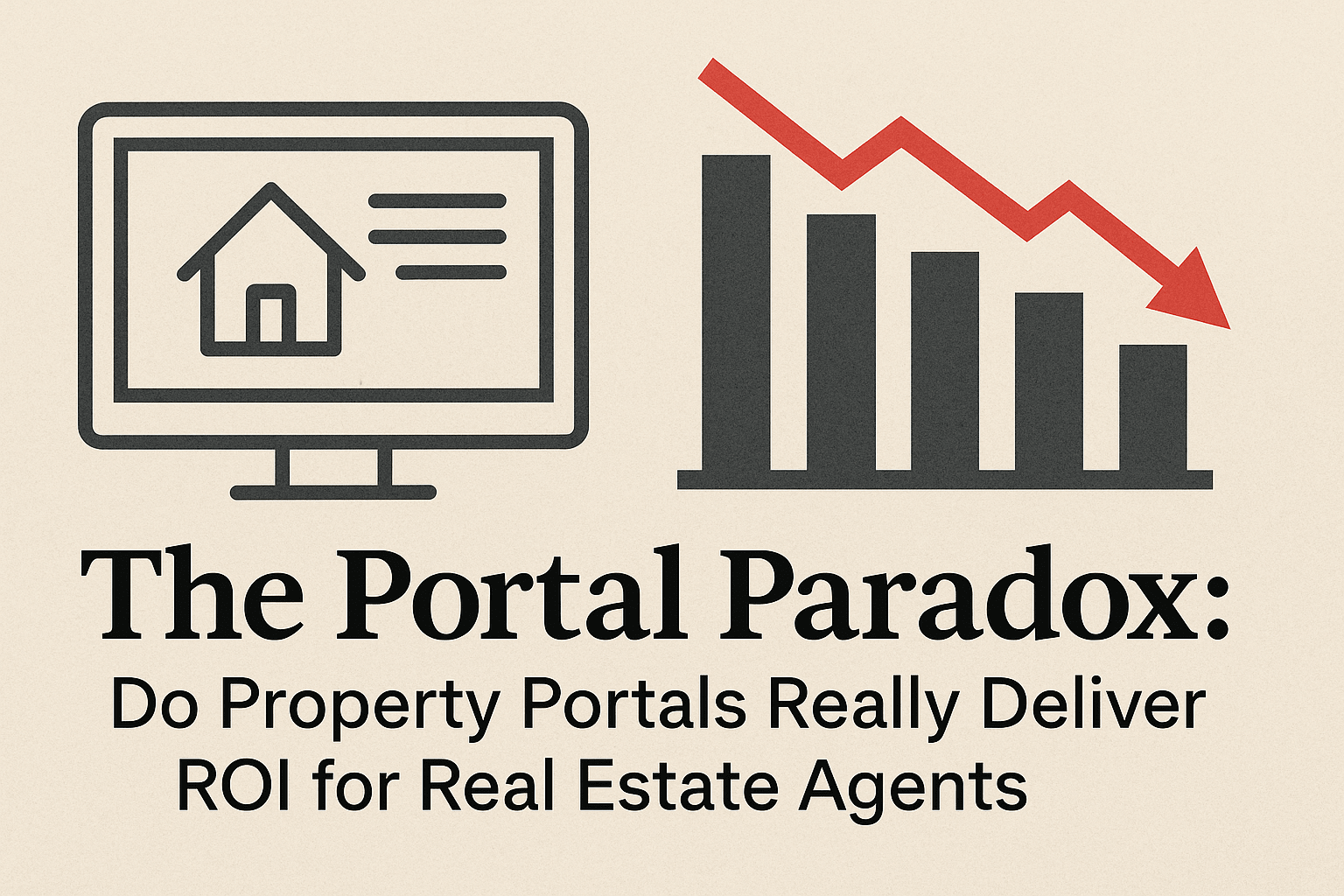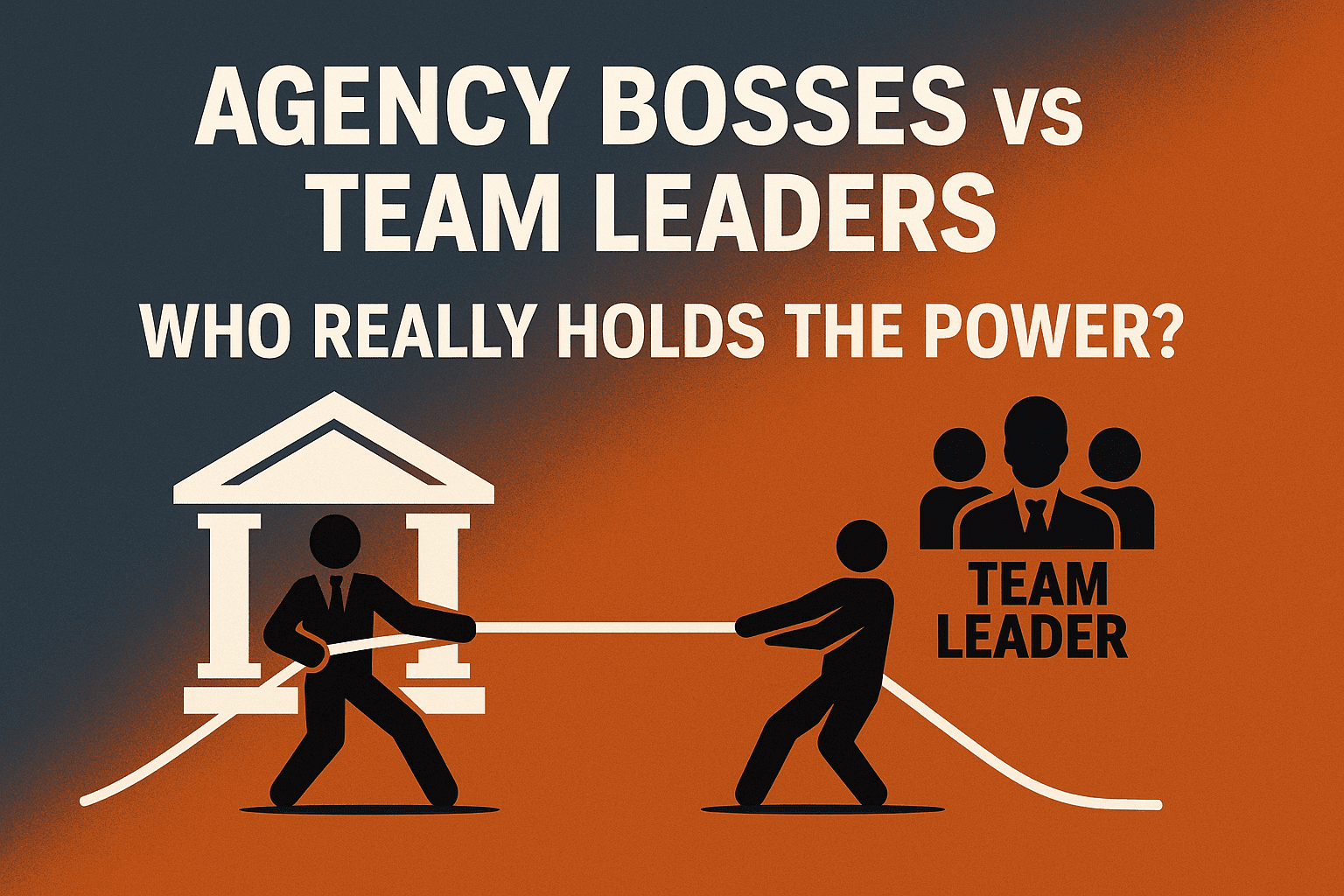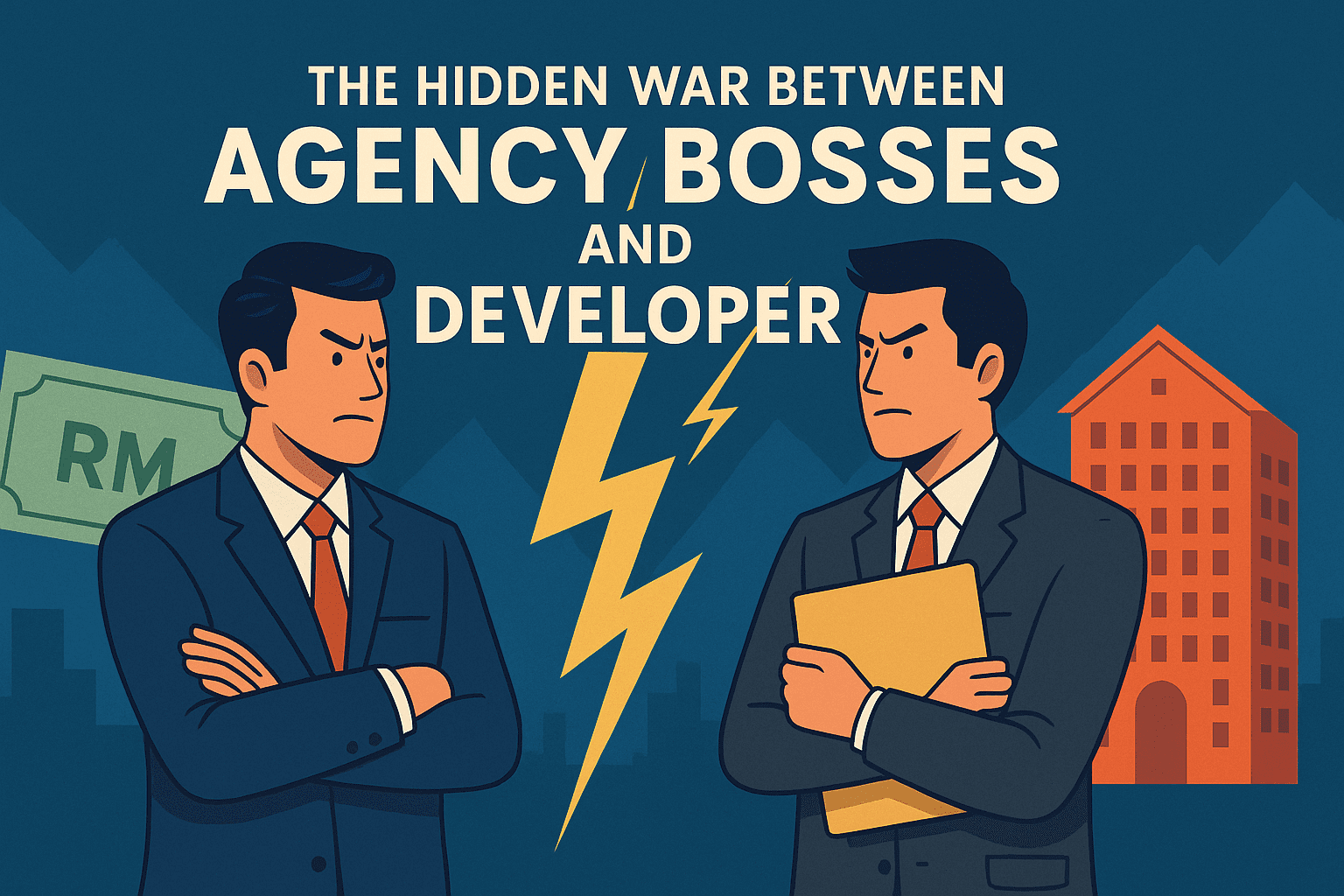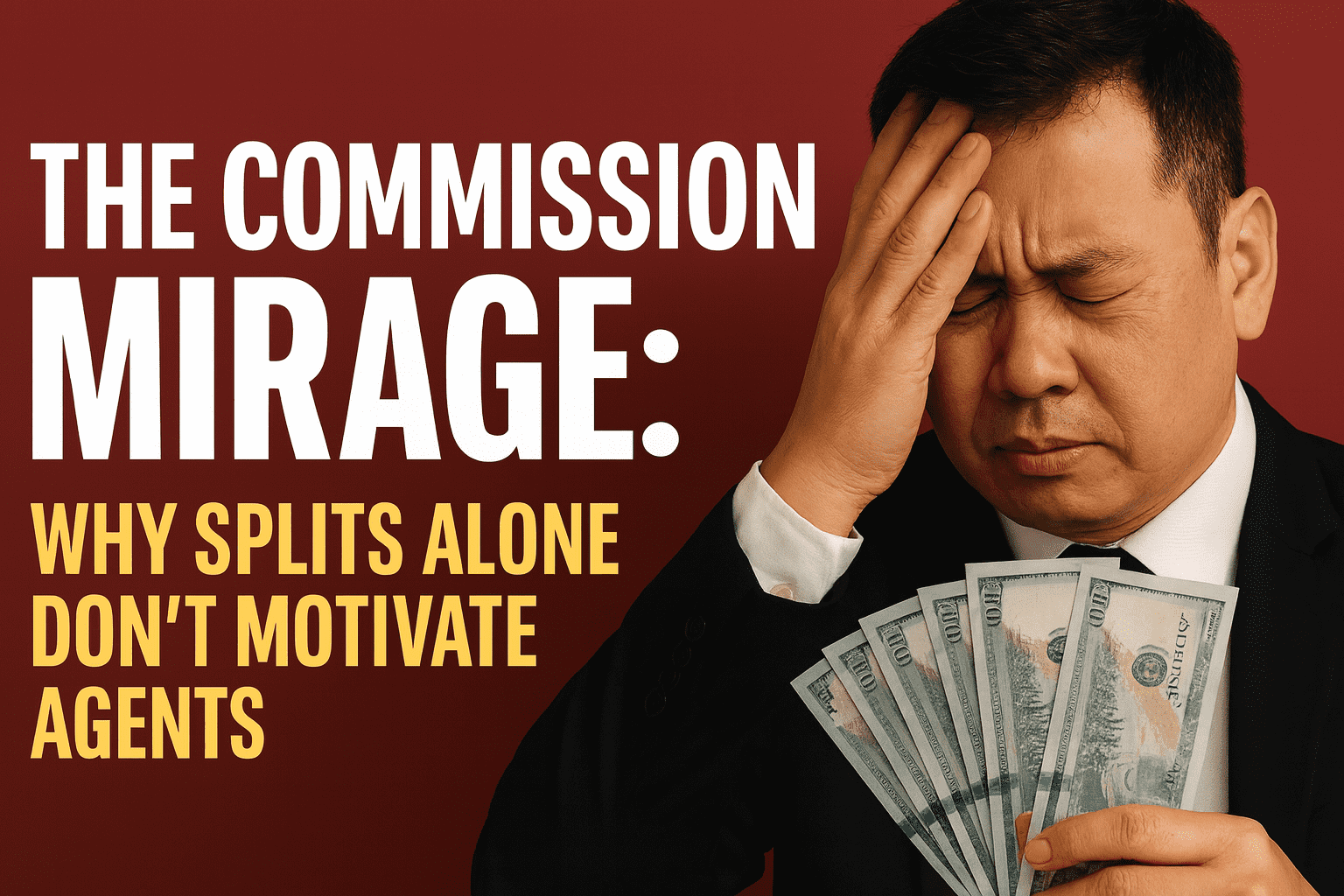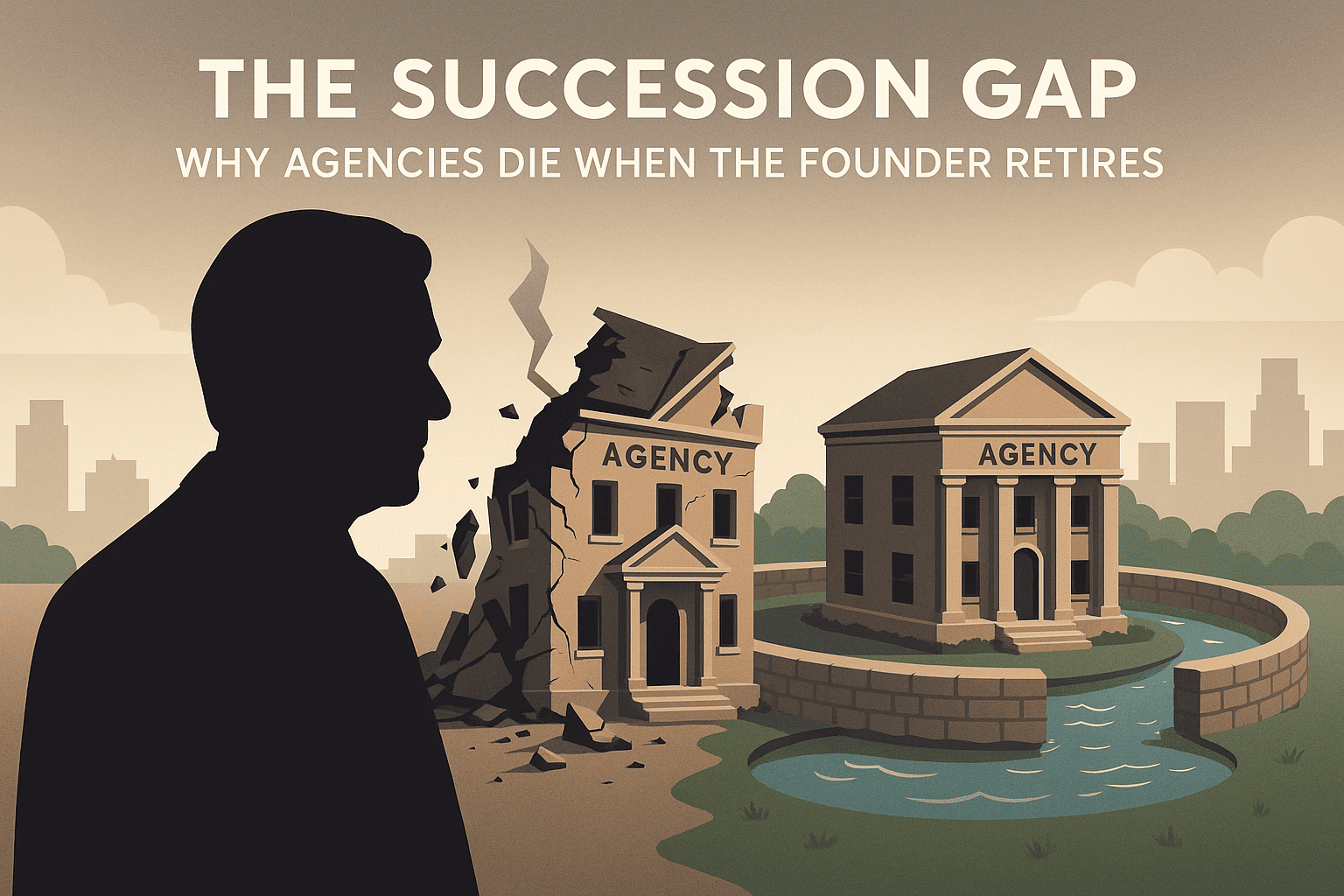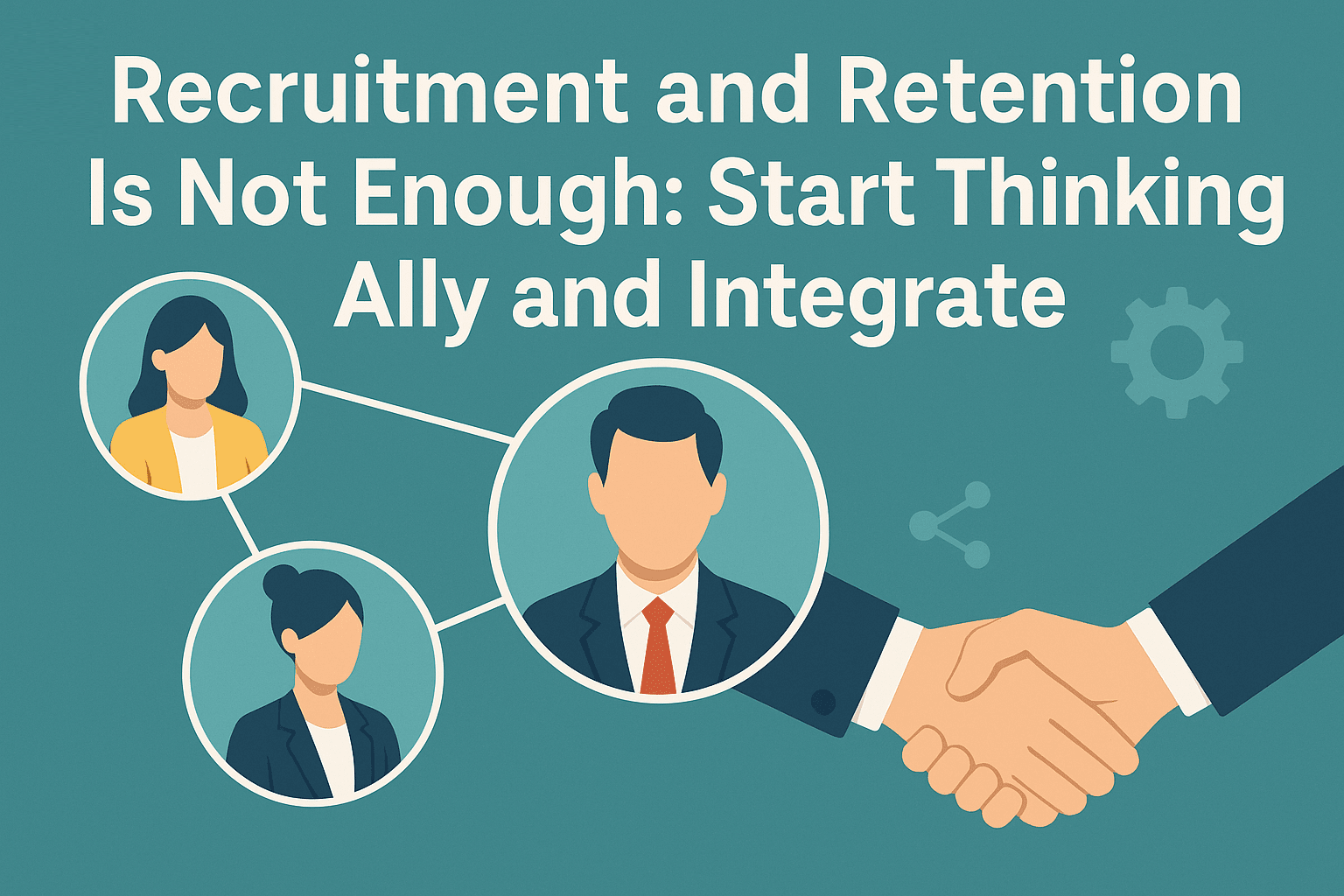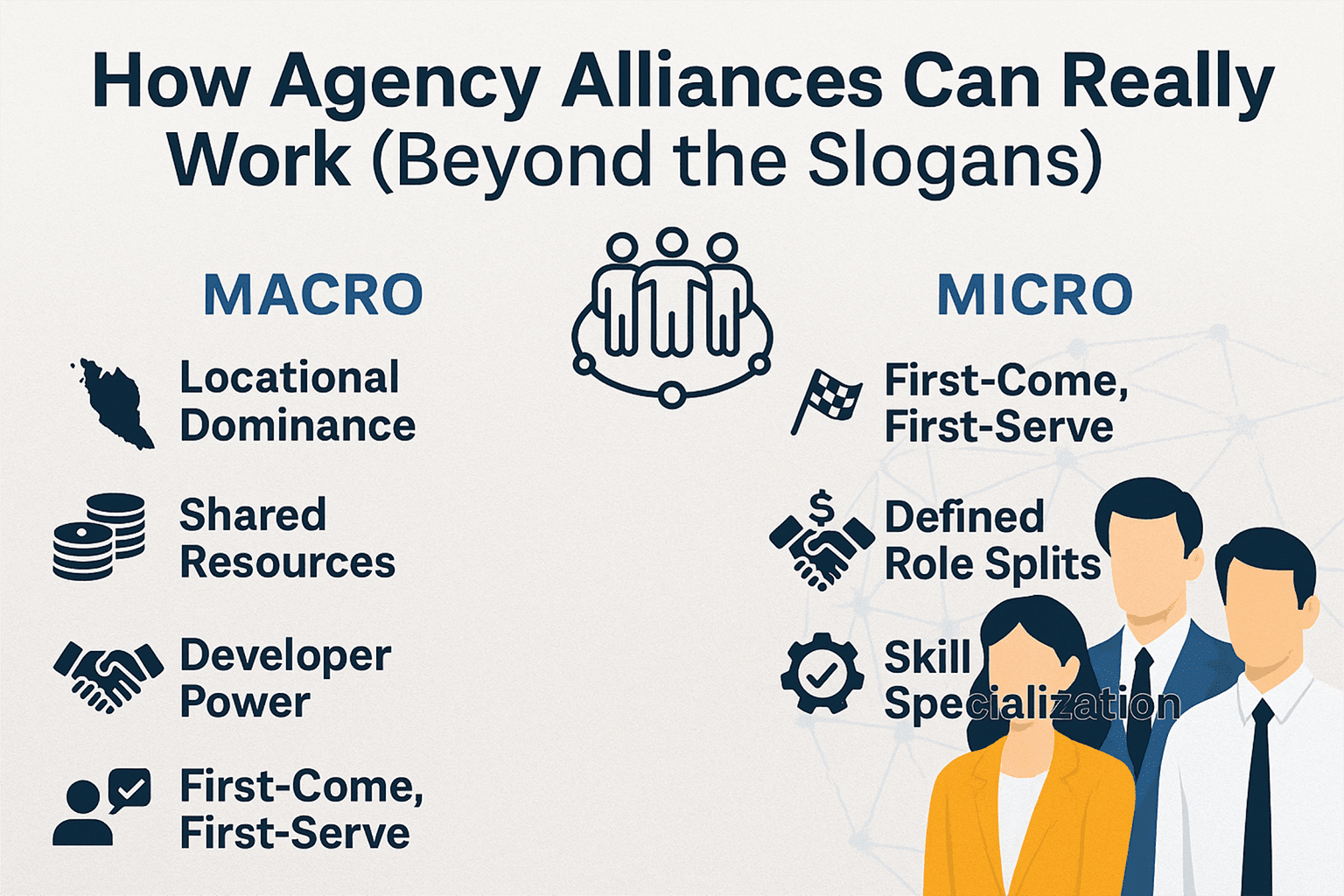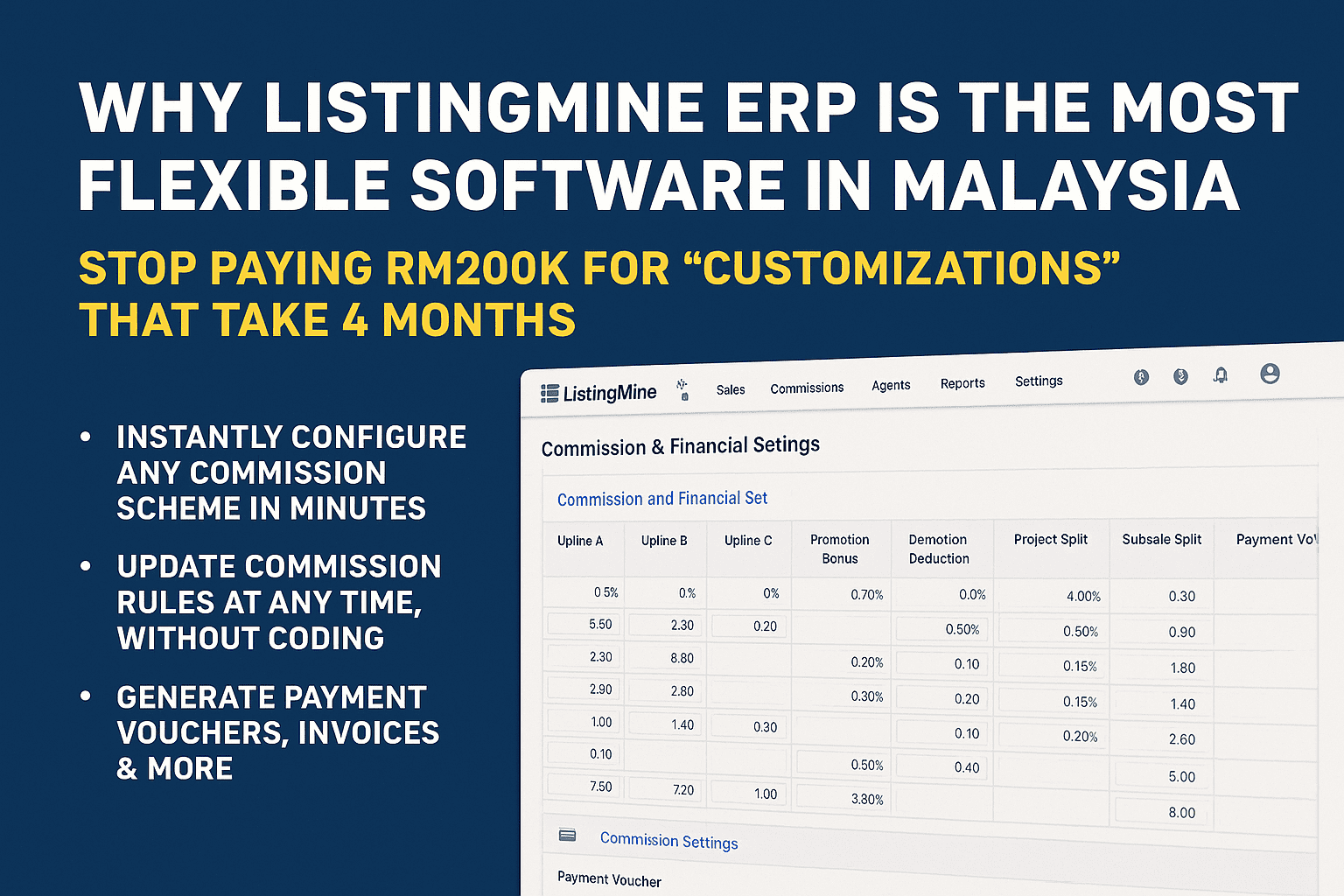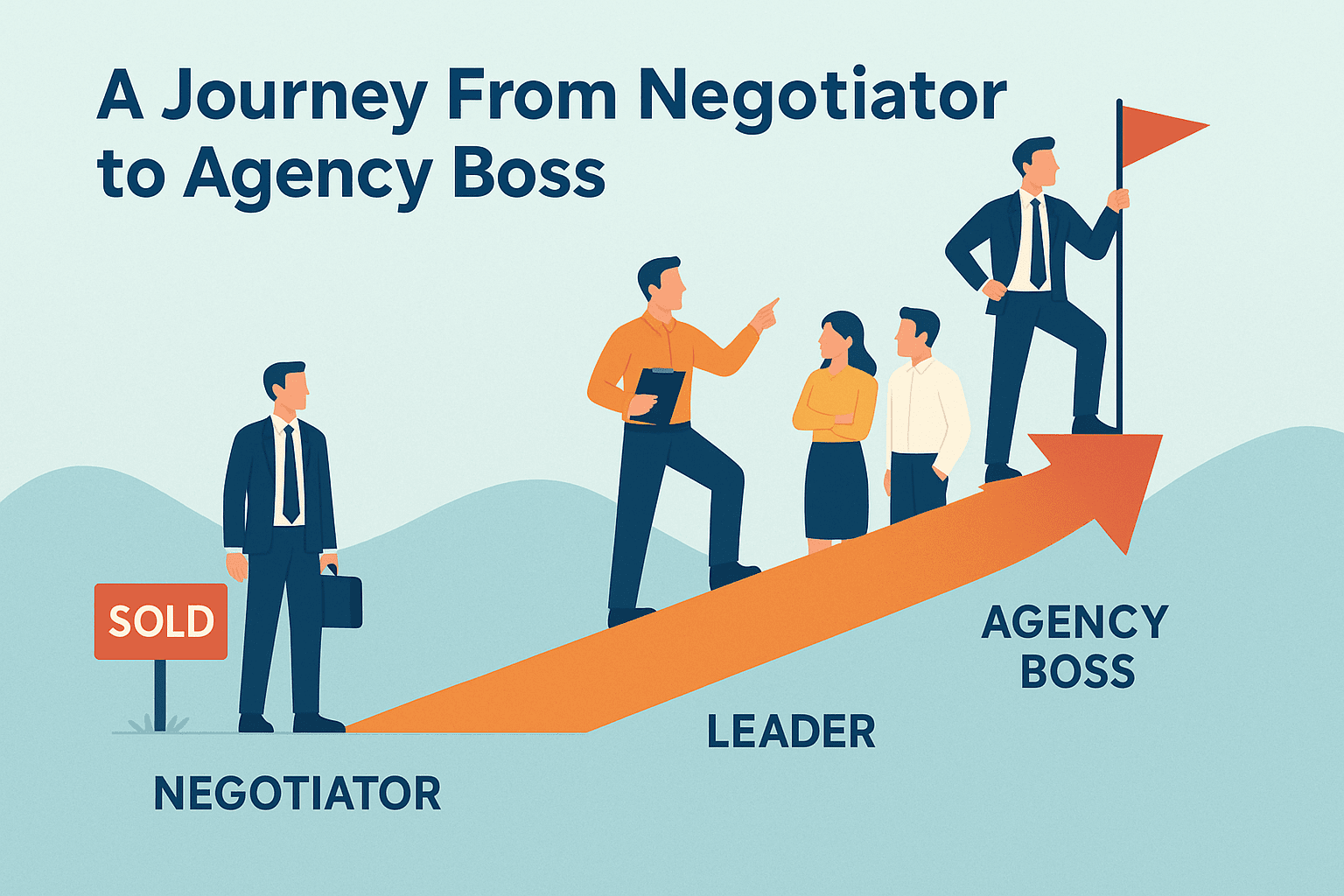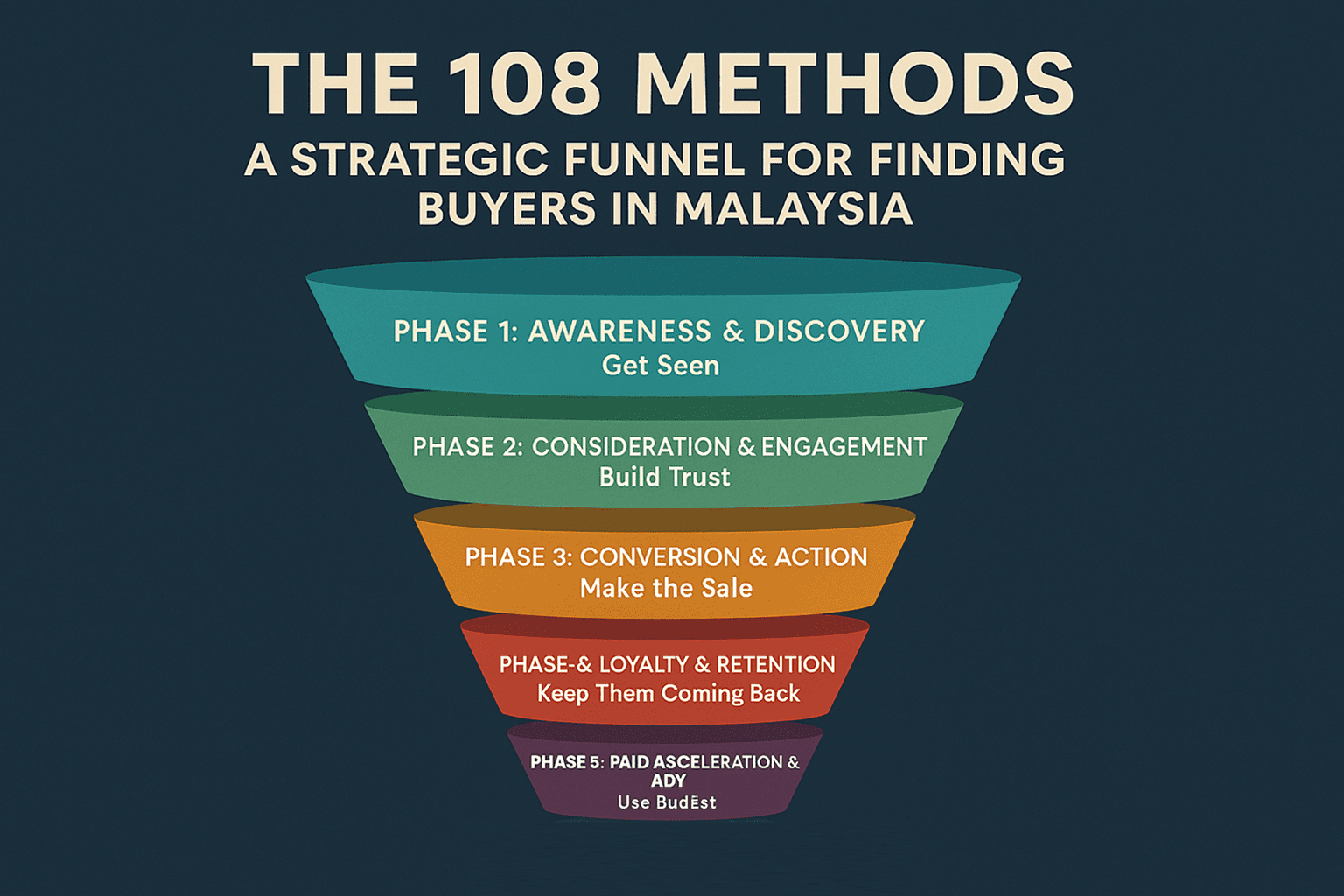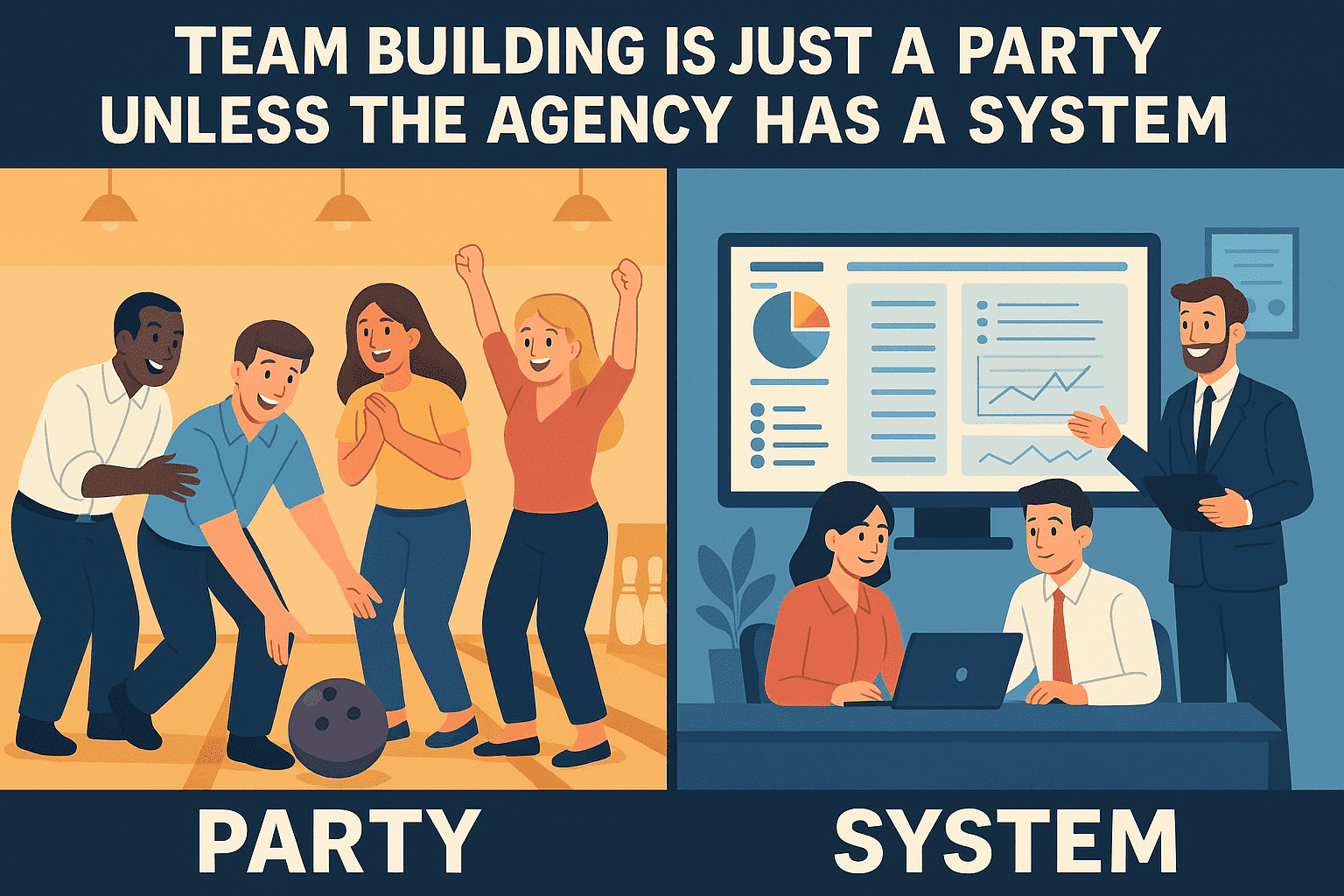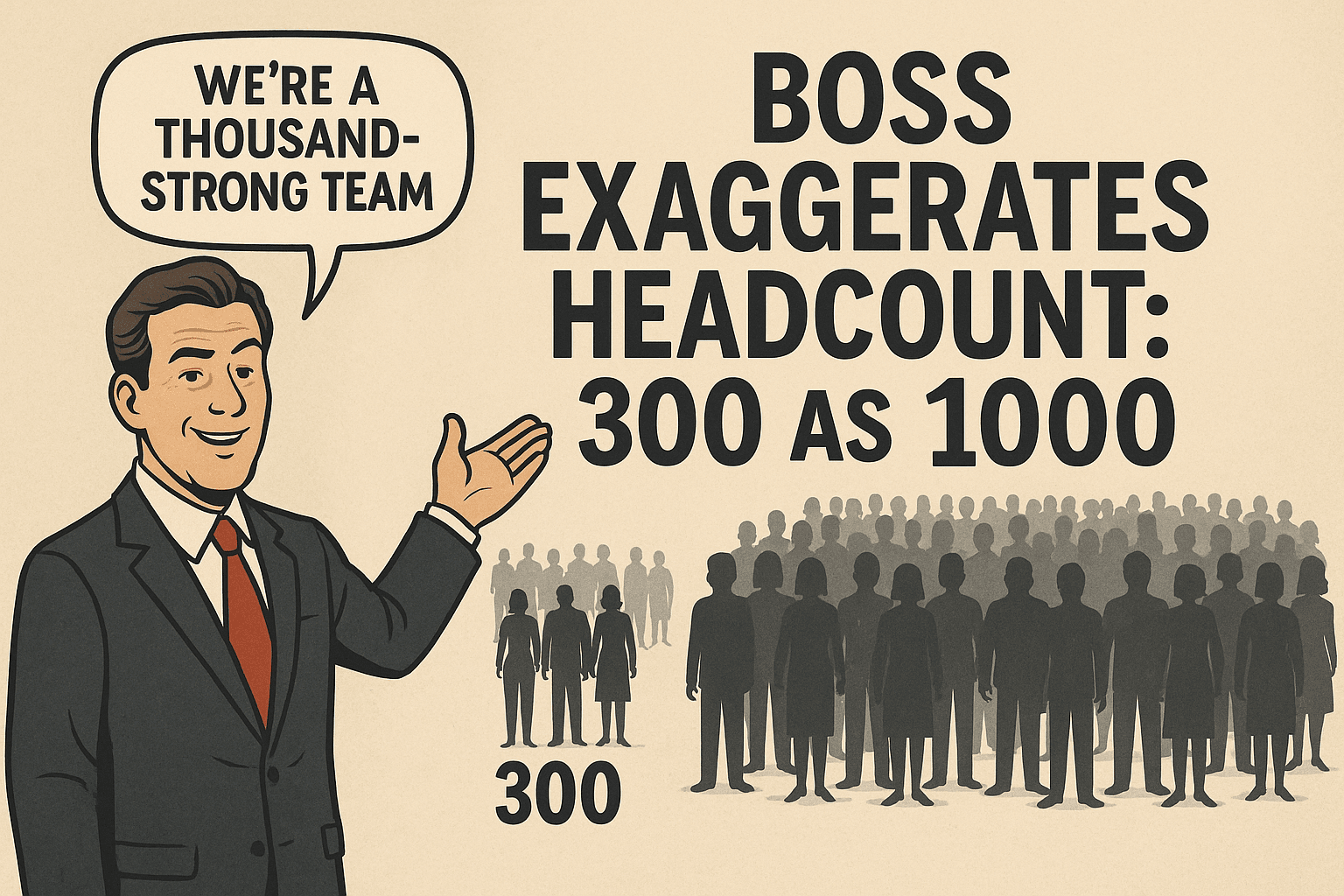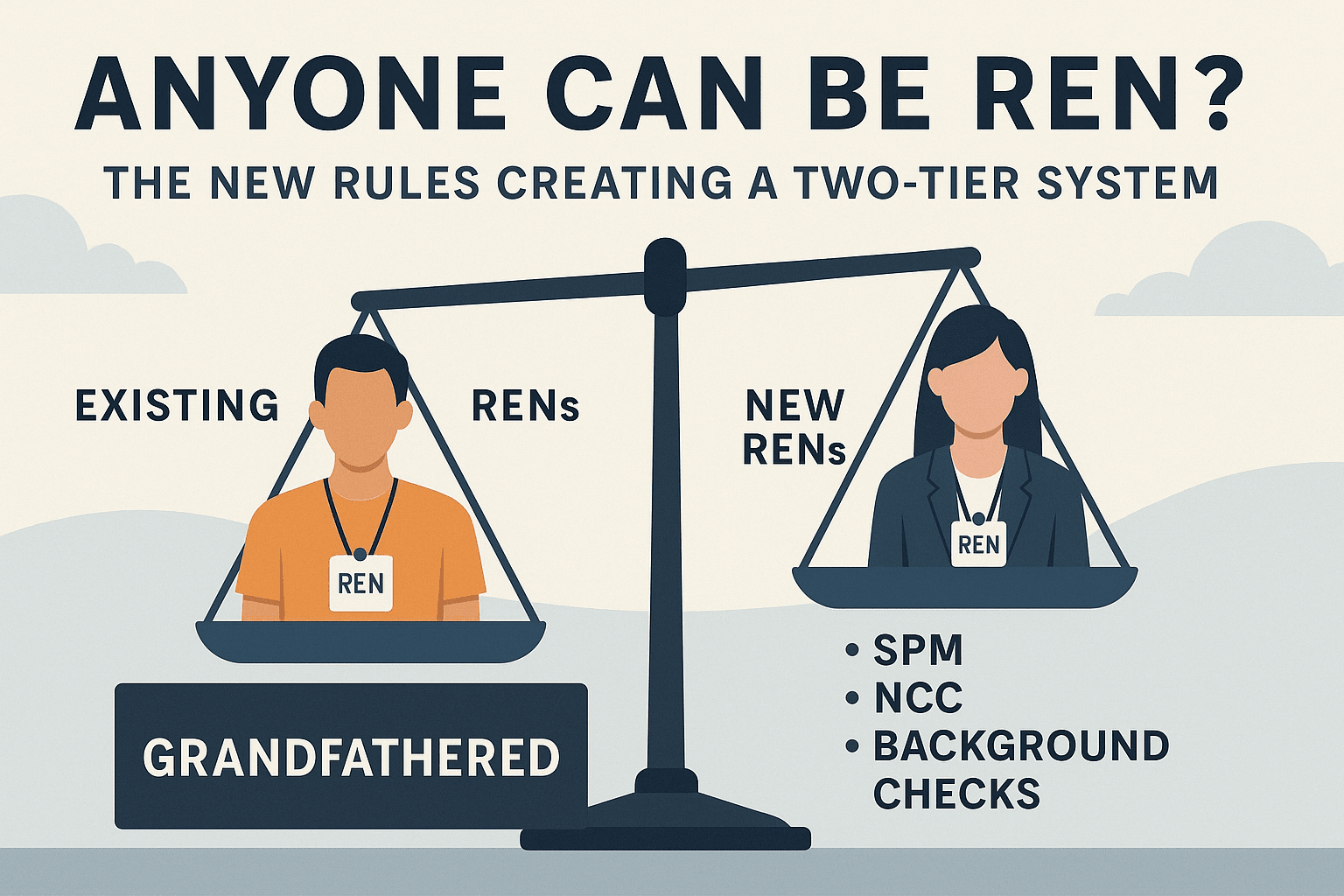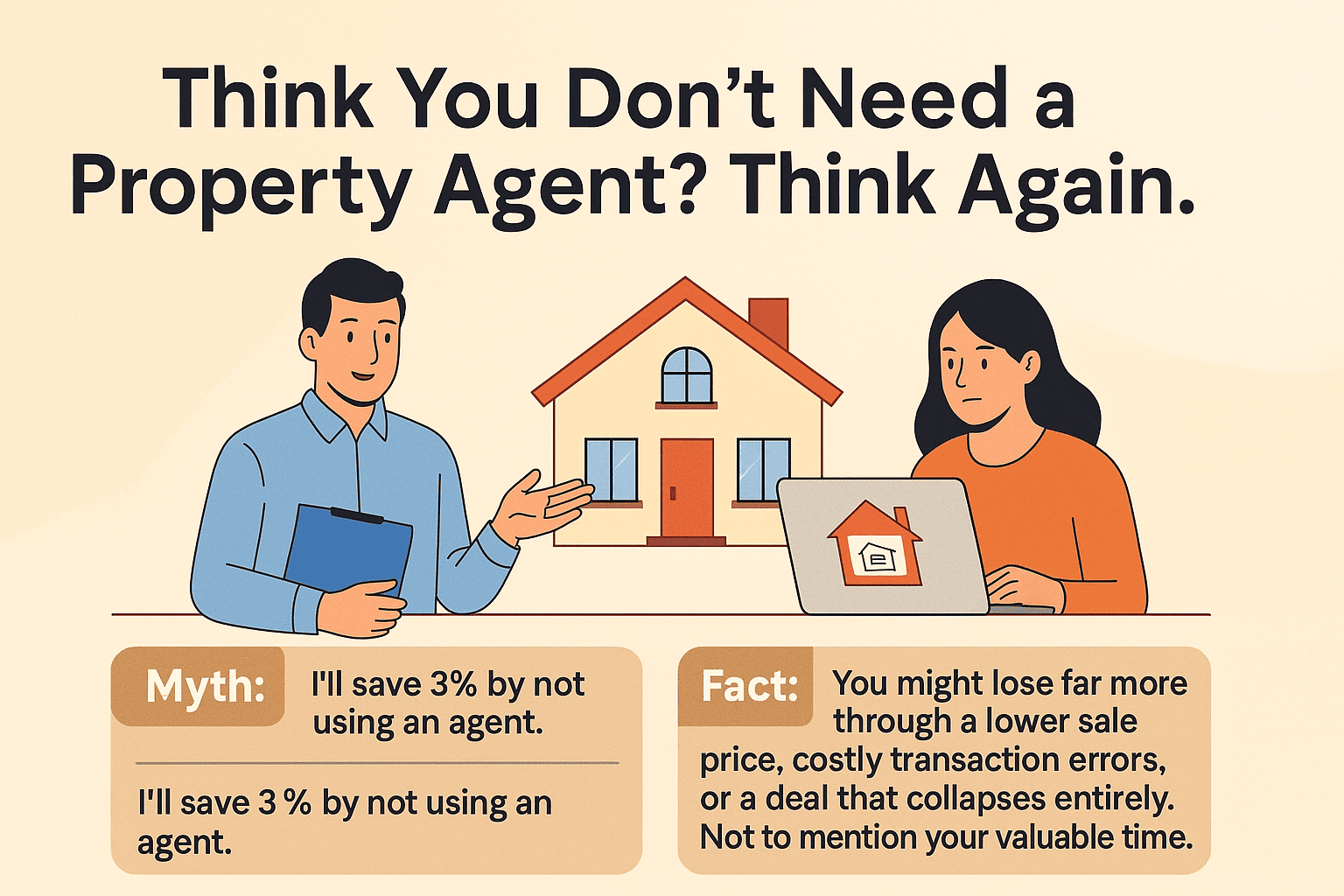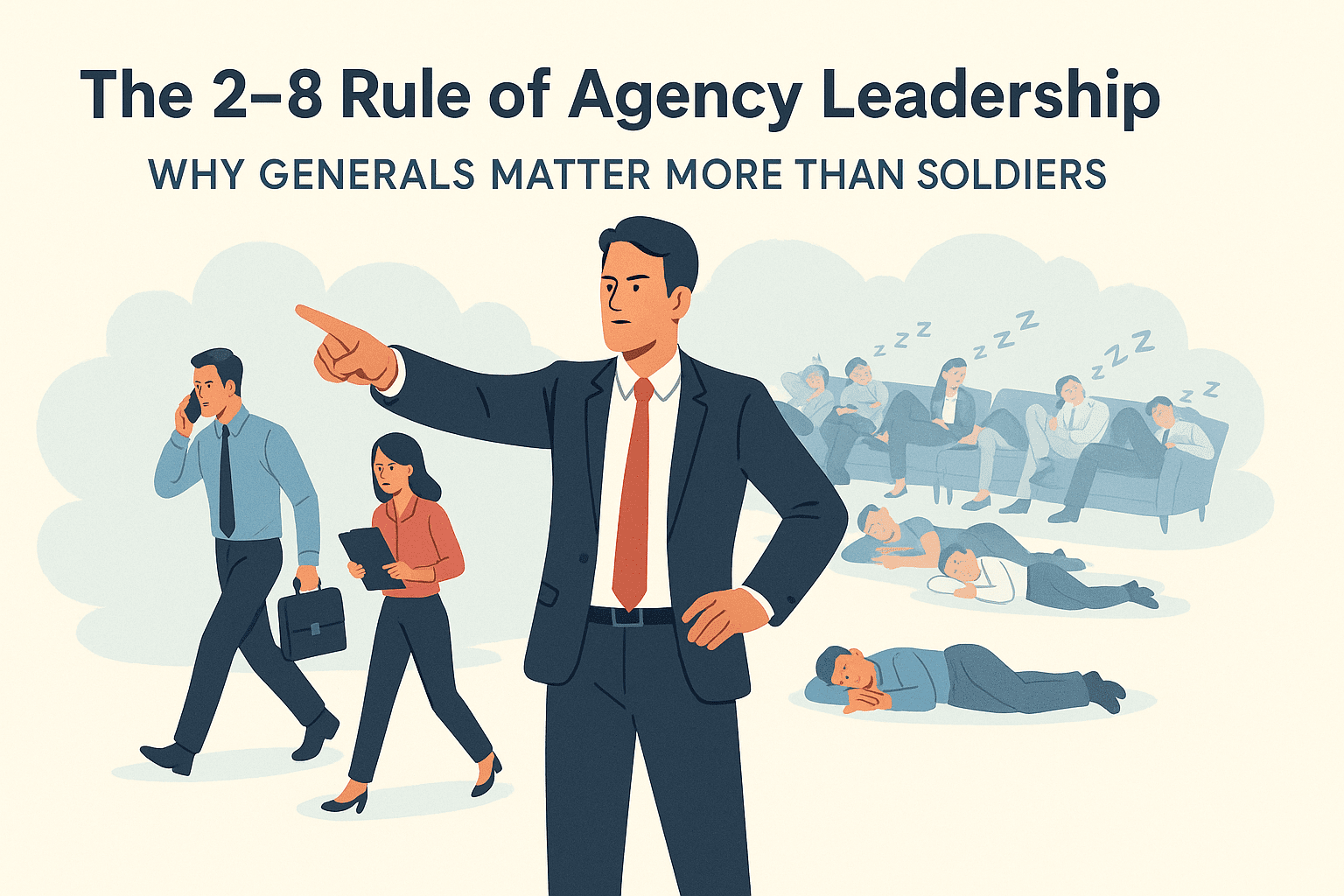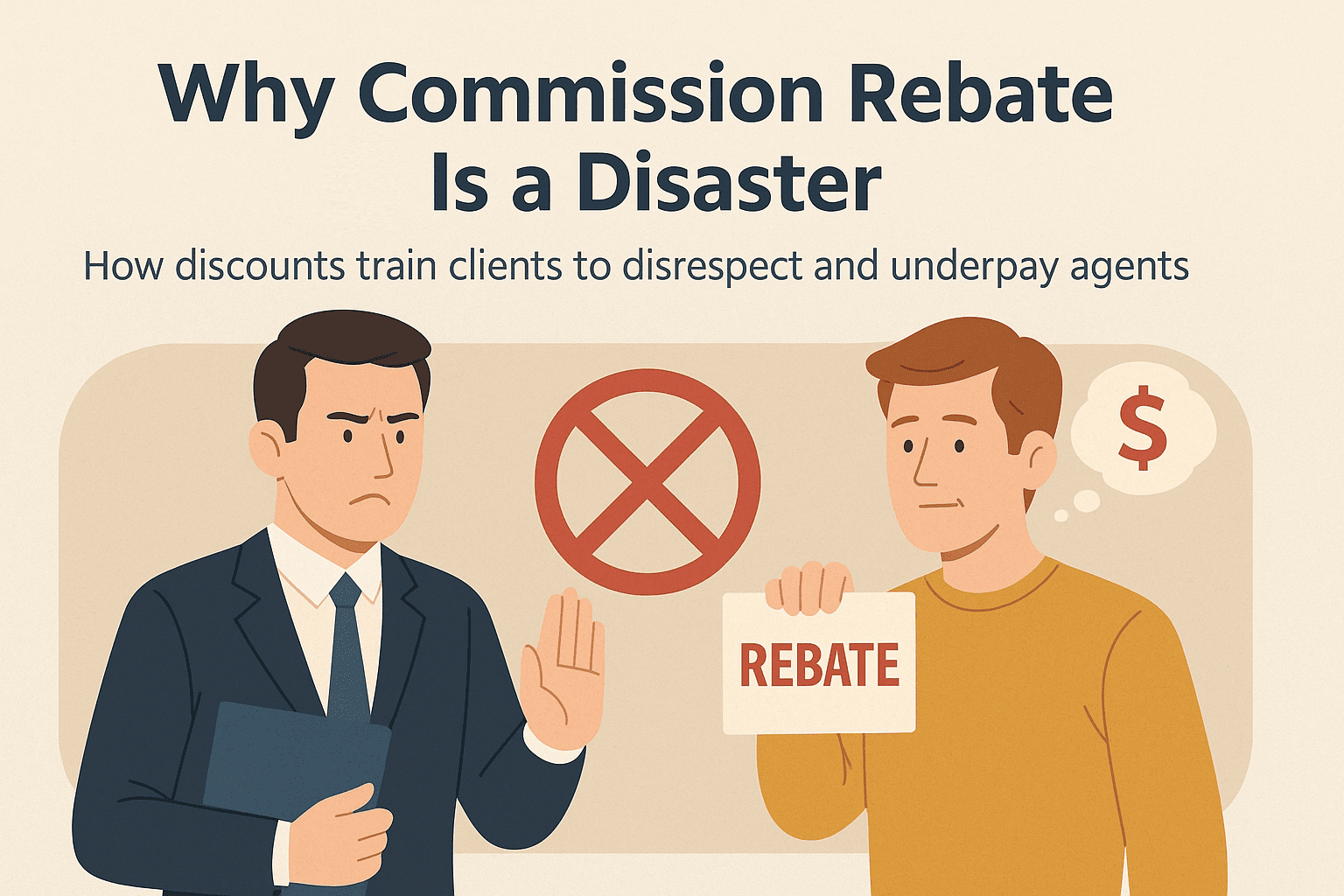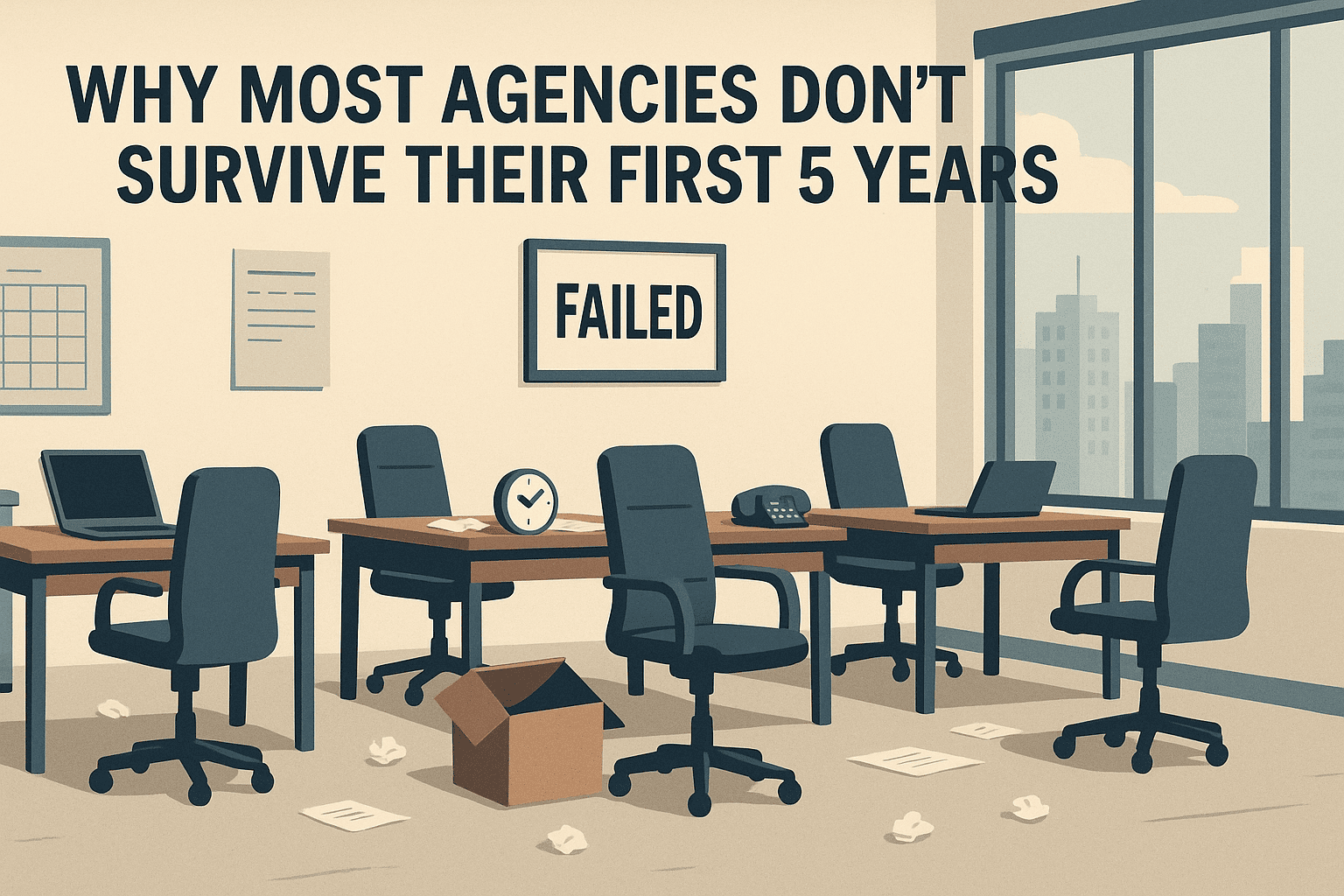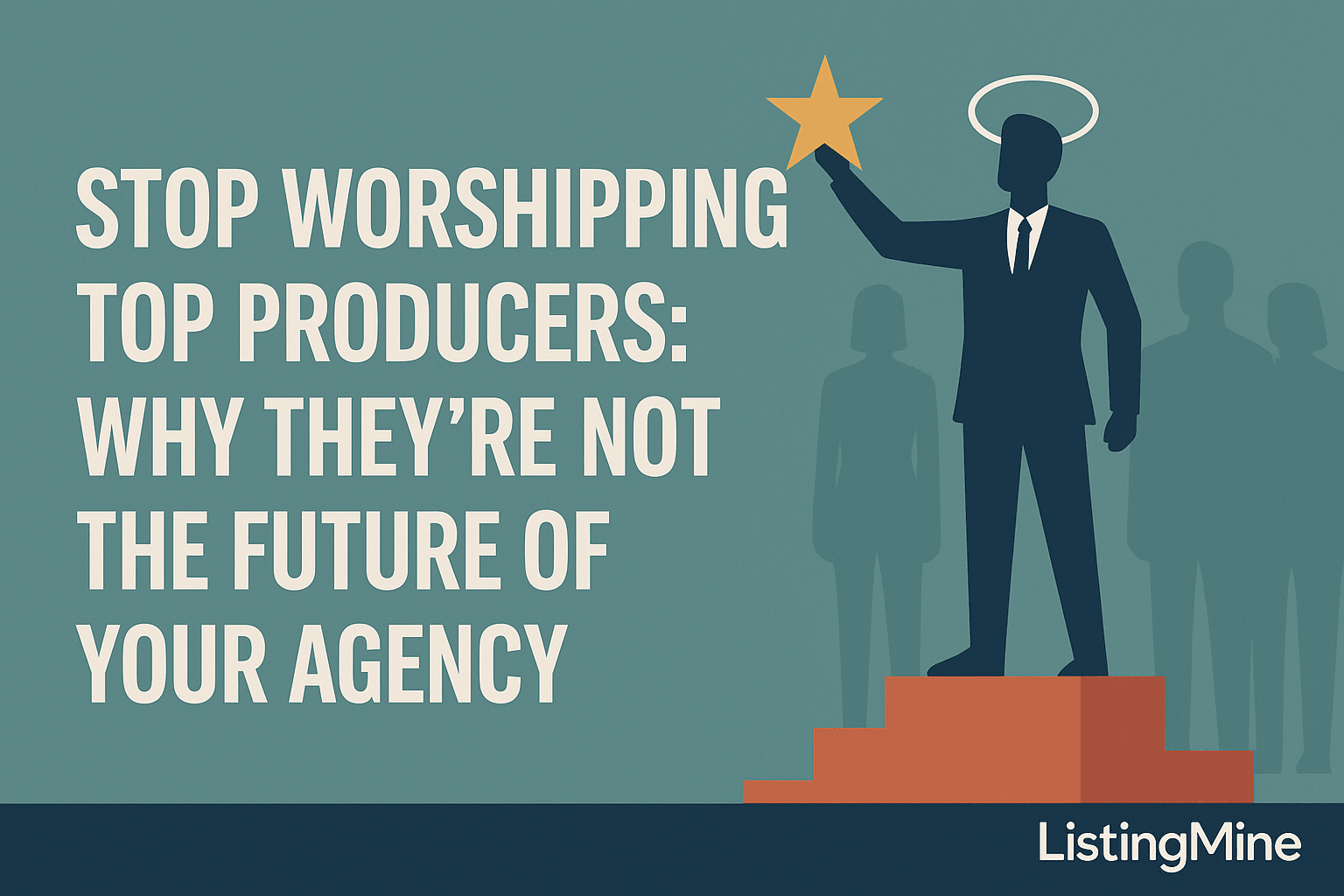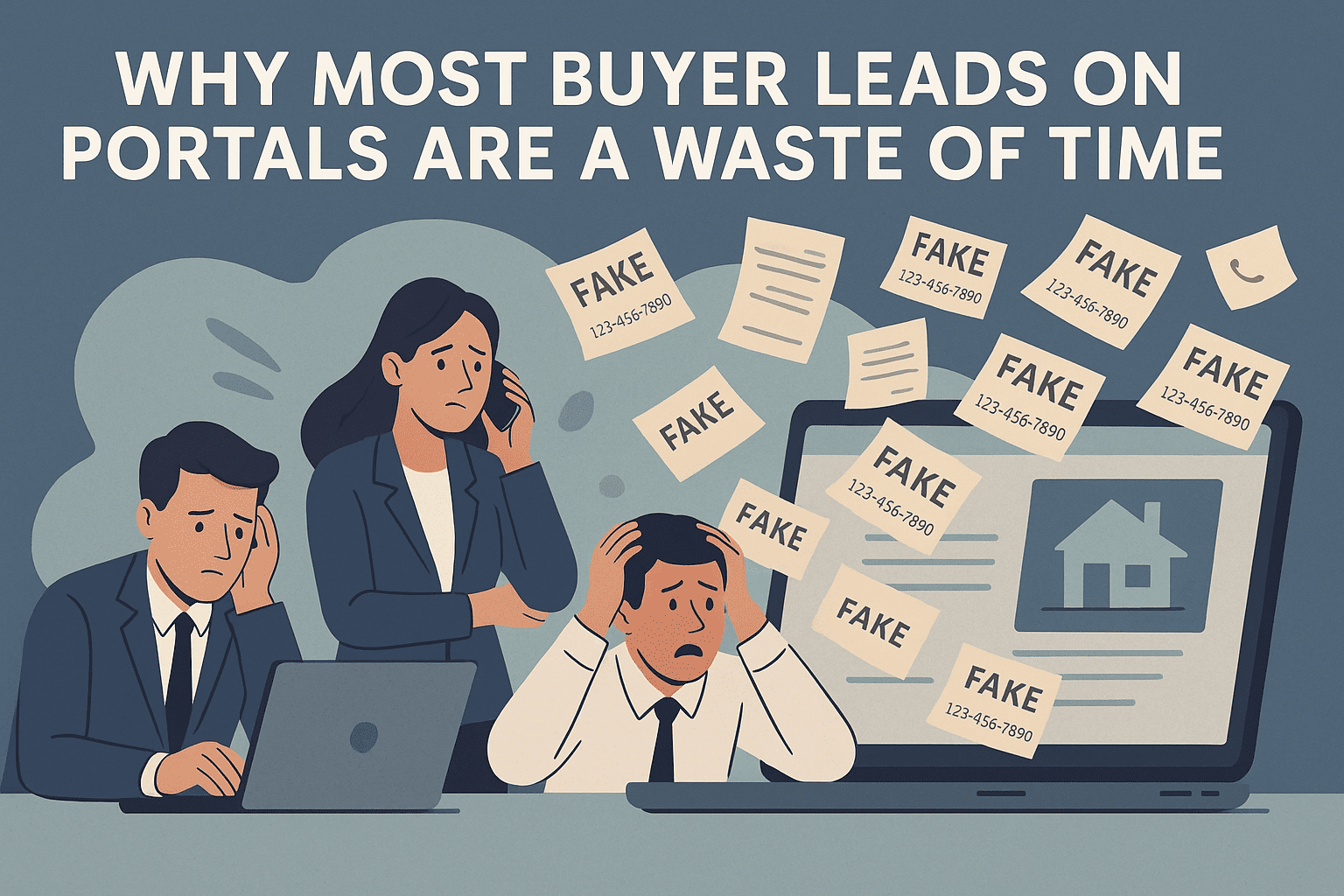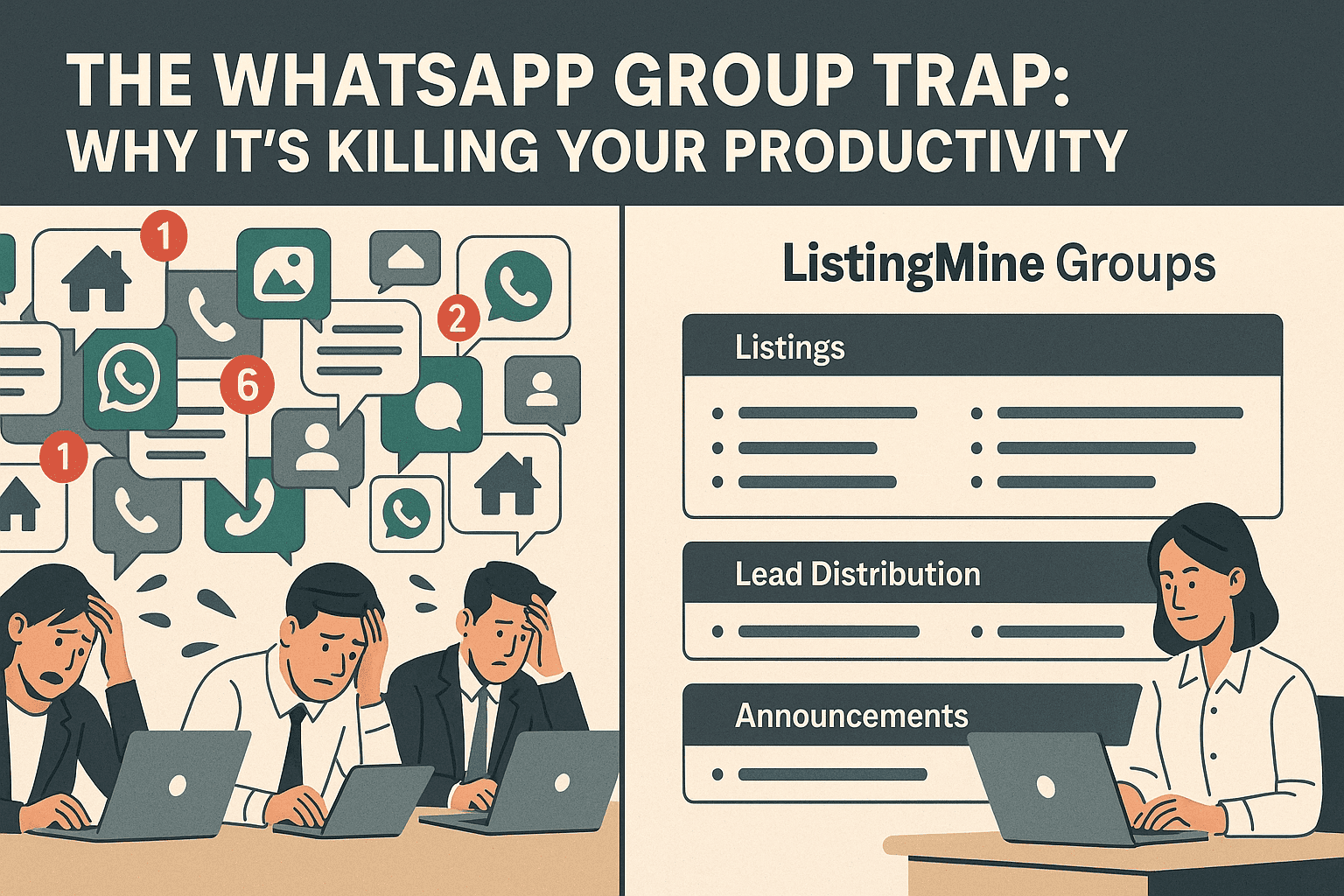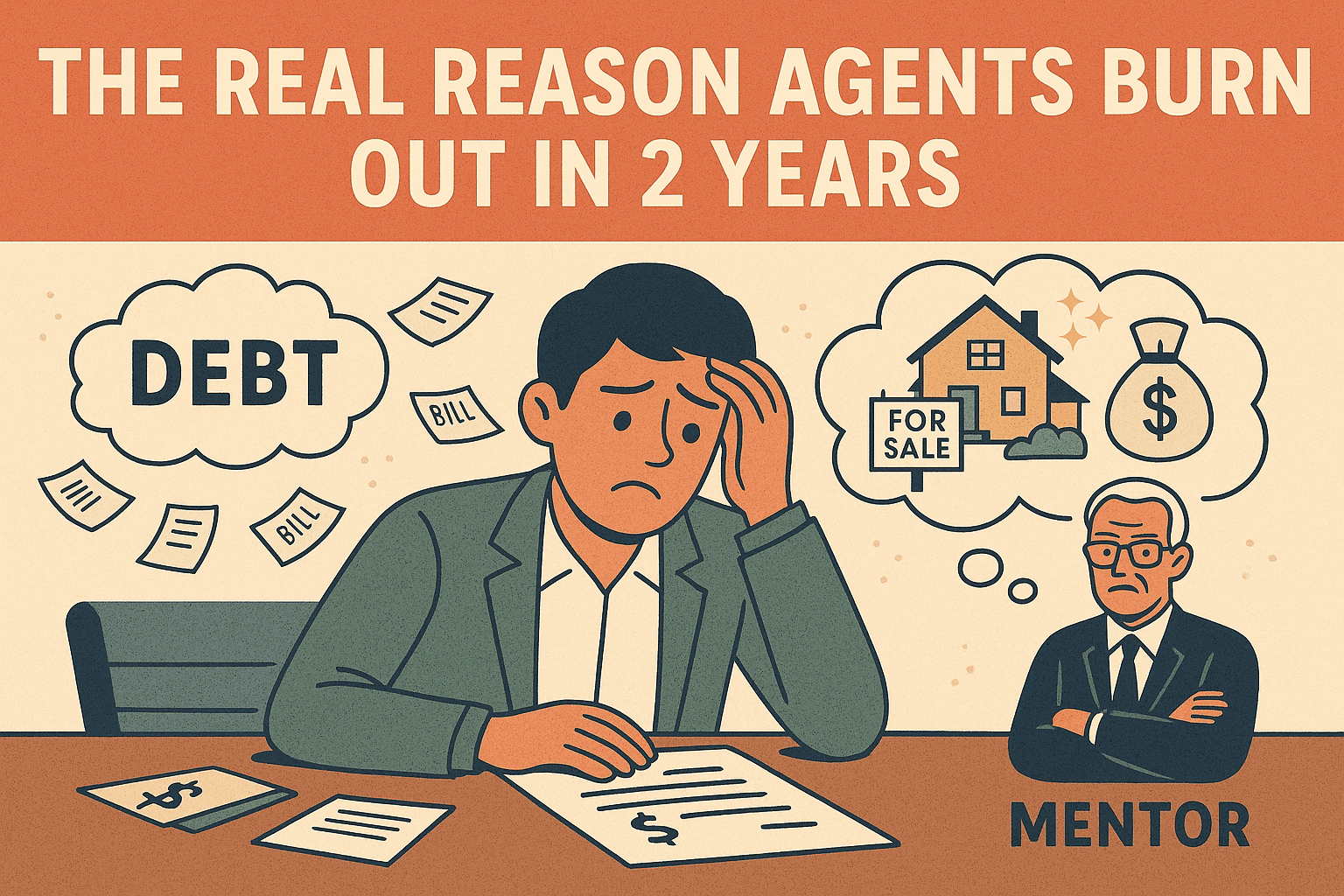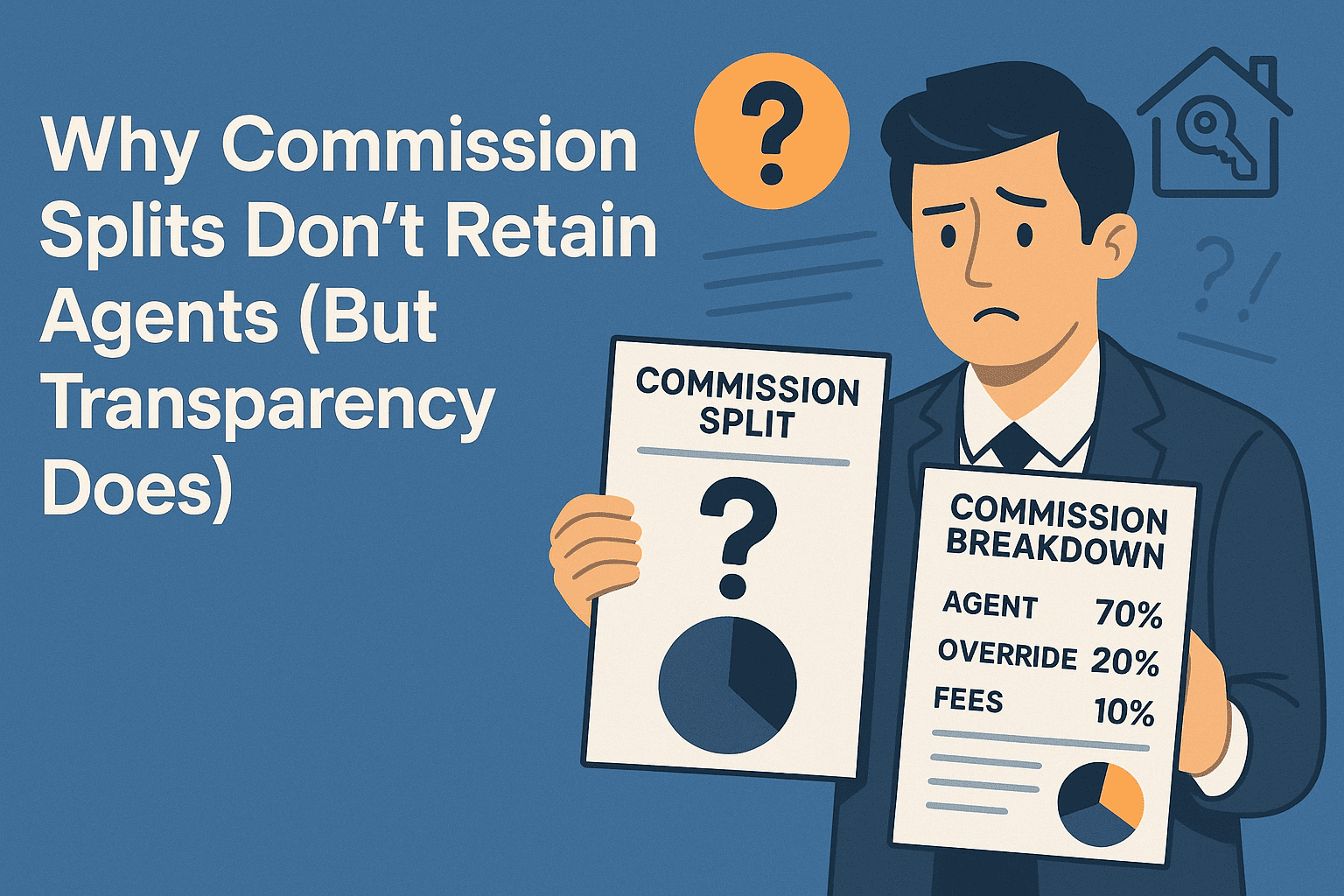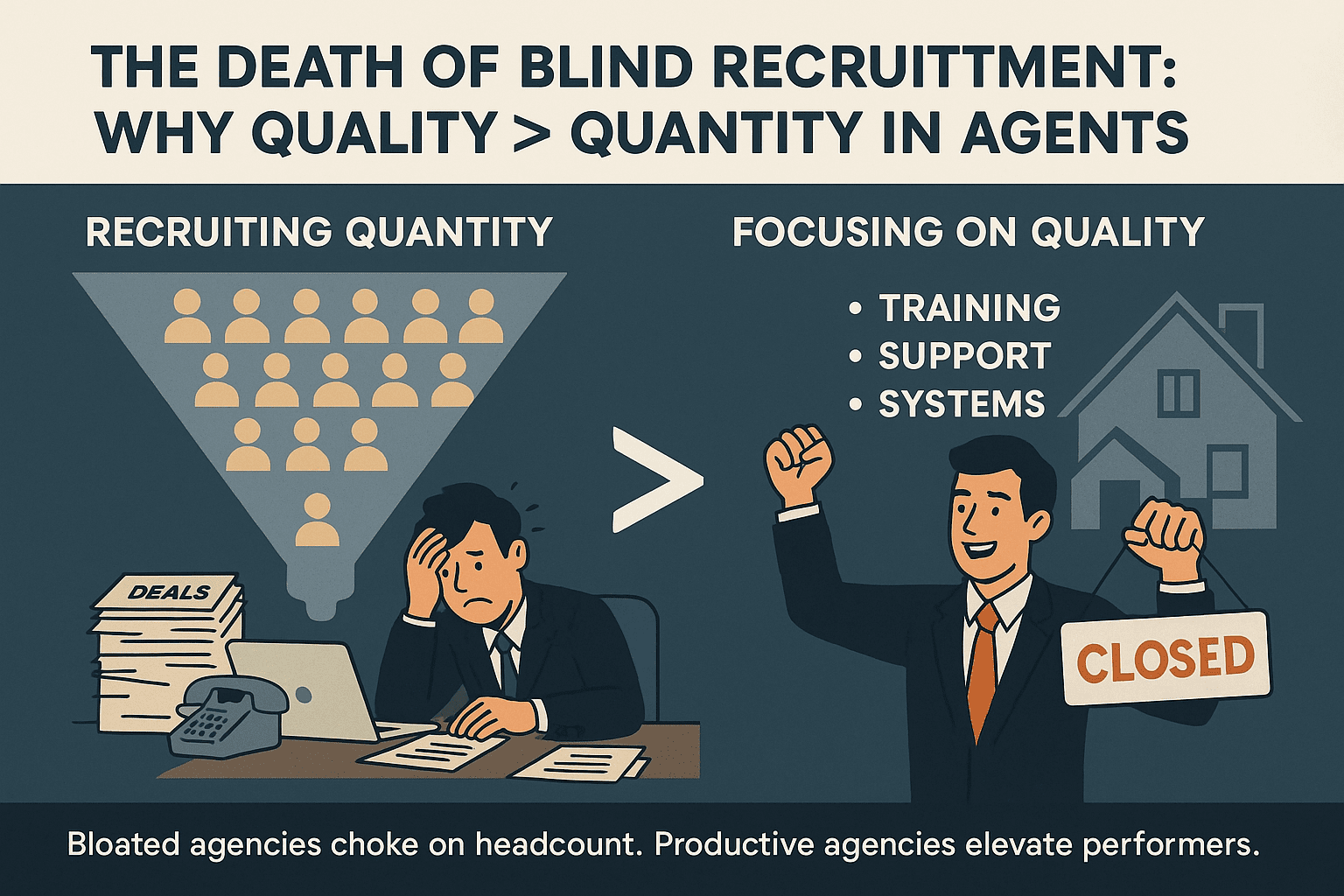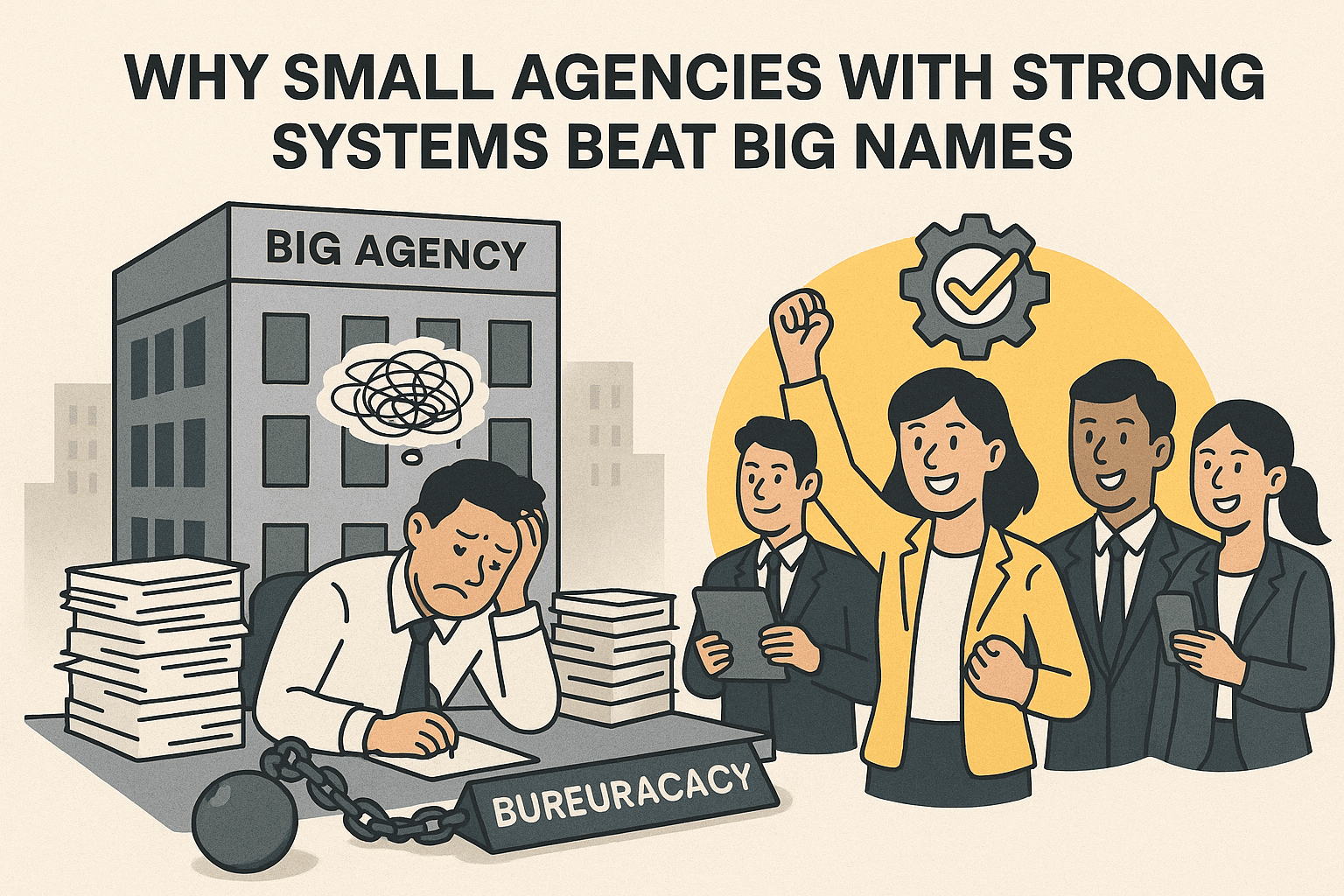Should Malaysian Agencies Go Subscription?
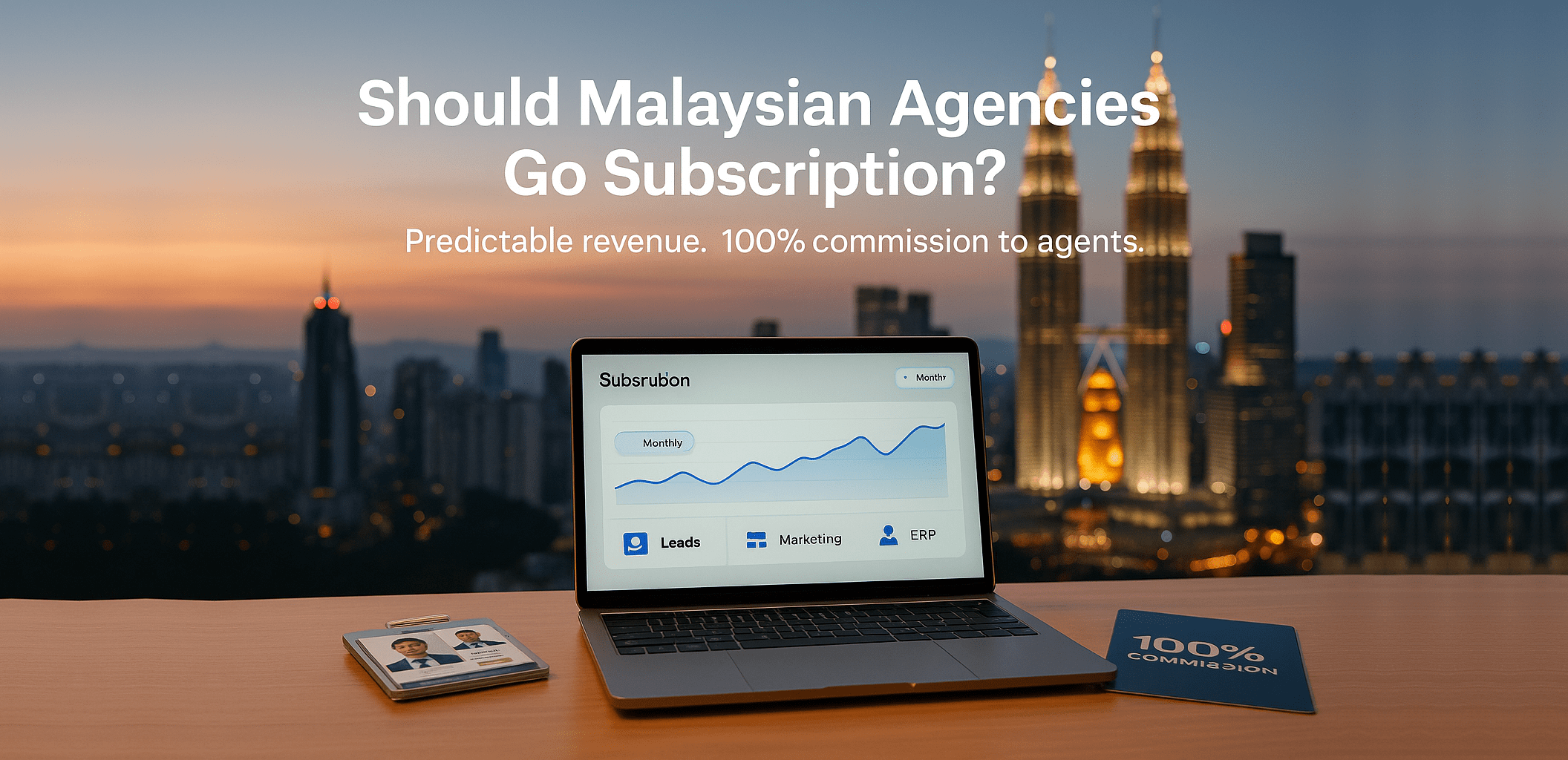
Agency owners are always searching for stability in Malaysia’s rollercoaster real estate market. The traditional commission-split model leaves revenue unpredictable and ties survival to sporadic closings. In response, many forward-thinking agencies have explored a compelling concept: the subscription model.
The idea is powerful. Instead of taking a large cut of an agent’s commission, you charge a monthly fee for premium technology, marketing firepower, and qualified leads. This creates predictable revenue for the agency and lets agents keep 100% of their commission. It promises to attract serious, business-minded agents and build a more stable foundation.
The Alluring Theory vs. the Malaysian Reality
In theory, it’s a win-win. In practice, Malaysia reveals a major hurdle: agent psychology and market familiarity.
Many agencies—especially those offering high commission payouts (90–100%)—have tried to implement subscriptions. The common feedback is stark: a large number of agents resist a monthly financial commitment. They prefer a traditional agency with a higher split but no upfront cost, which feels safer in a low-volume, high-value transaction industry.
To counter this, agencies introduced reimbursement schemes—deducting the monthly fee from an agent’s commission once a deal closes. Uptake improves slightly because it removes the immediate cash outflow. But the core challenge remains: real estate is a game of patience. During long dry spells, the accumulating “debt” of monthly fees creates psychological pressure, leading to anxiety and, ultimately, attrition. Agents don’t leave because the model is bad; they leave because the weight of the commitment feels too heavy in a low-volume game.
So, Is the Model Workable?
This doesn’t mean the subscription model is unworkable. It means success is context-dependent
It may find a more natural home in rental portfolios, where transaction volume is higher and more consistent. The regular flow of smaller commissions makes a monthly fee feel like a justifiable operating cost for steady leads and admin support—rather than a gamble on a single, infrequent sale.
For sales-focused agencies, the model remains bold and high-potential, but it’s far from universal. It functions as a filtering mechanism. It may not attract the largest number of agents, but it will attract a specific type: the entrepreneurial, committed professional who treats the fee as an investment and values the tools and stability the agency provides.
The Bottom Line
The subscription model isn’t a cure-all. It’s a sophisticated strategy that offers stability and alignment of goals. But its implementation in Malaysia clashes with a commission-centric mindset and the inherent uncertainty of property sales.
It demands careful consideration of your target agent profile, value proposition, and the brutal economics of the industry. For the right agency with the right offering, it could be the key to a formidable, future-proof operation. For others, it’s a reminder that innovation must be tempered by on-the-ground reality.
Disclaimer: Any compensation model (splits, subscriptions, fees, overrides) must comply with the Board of Valuers, Appraisers, Estate Agents & Property Managers (BOVAEP) rules under Act 242. This is general information, not legal advice.
